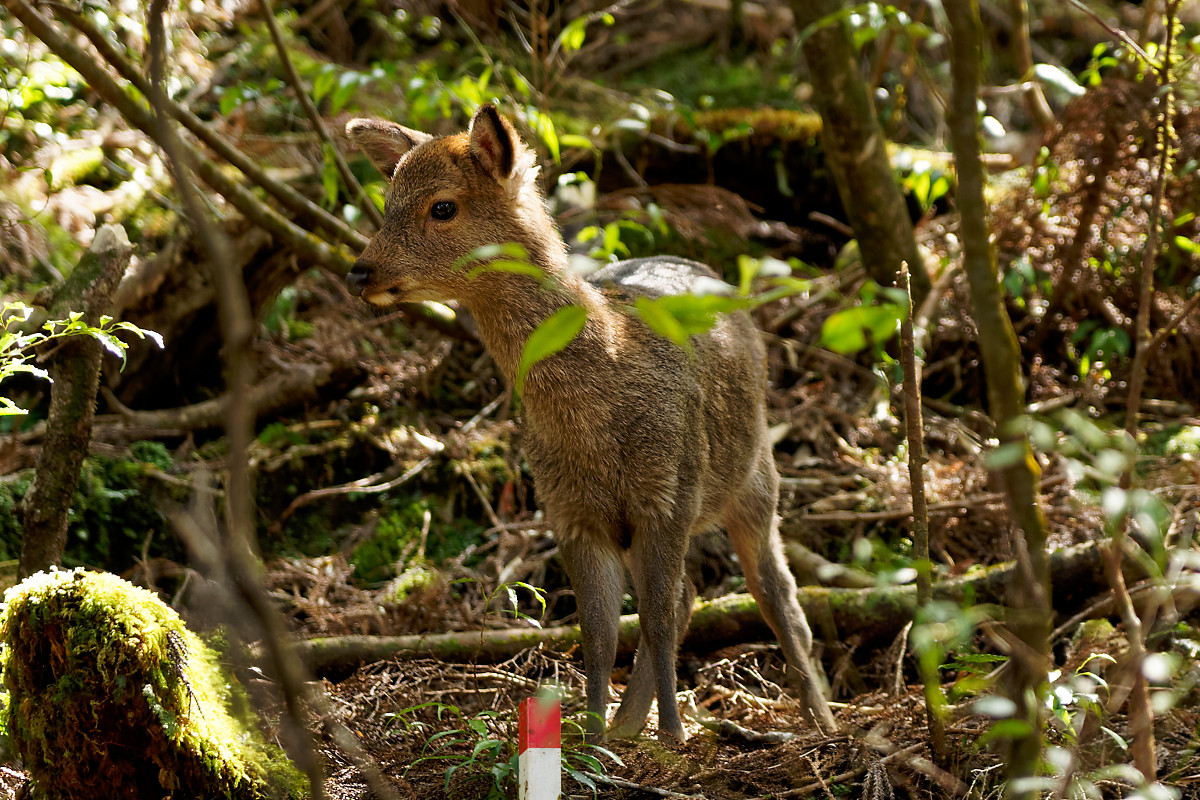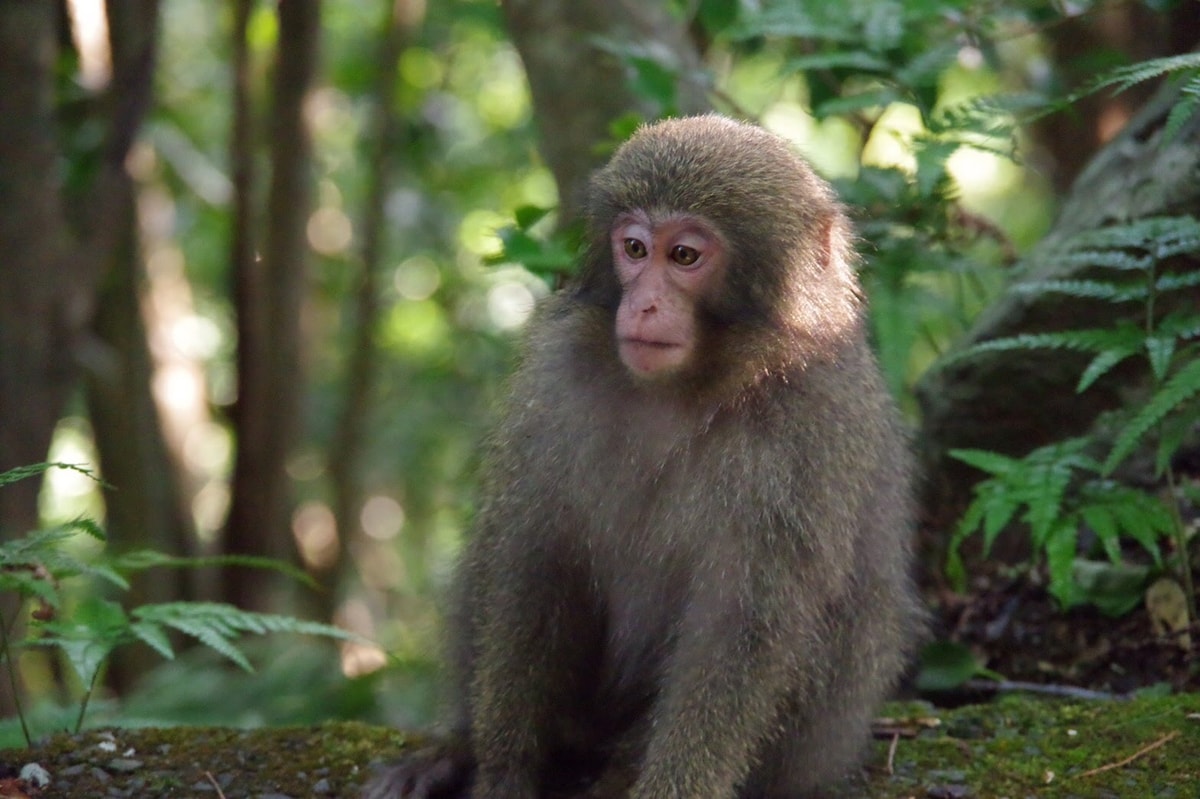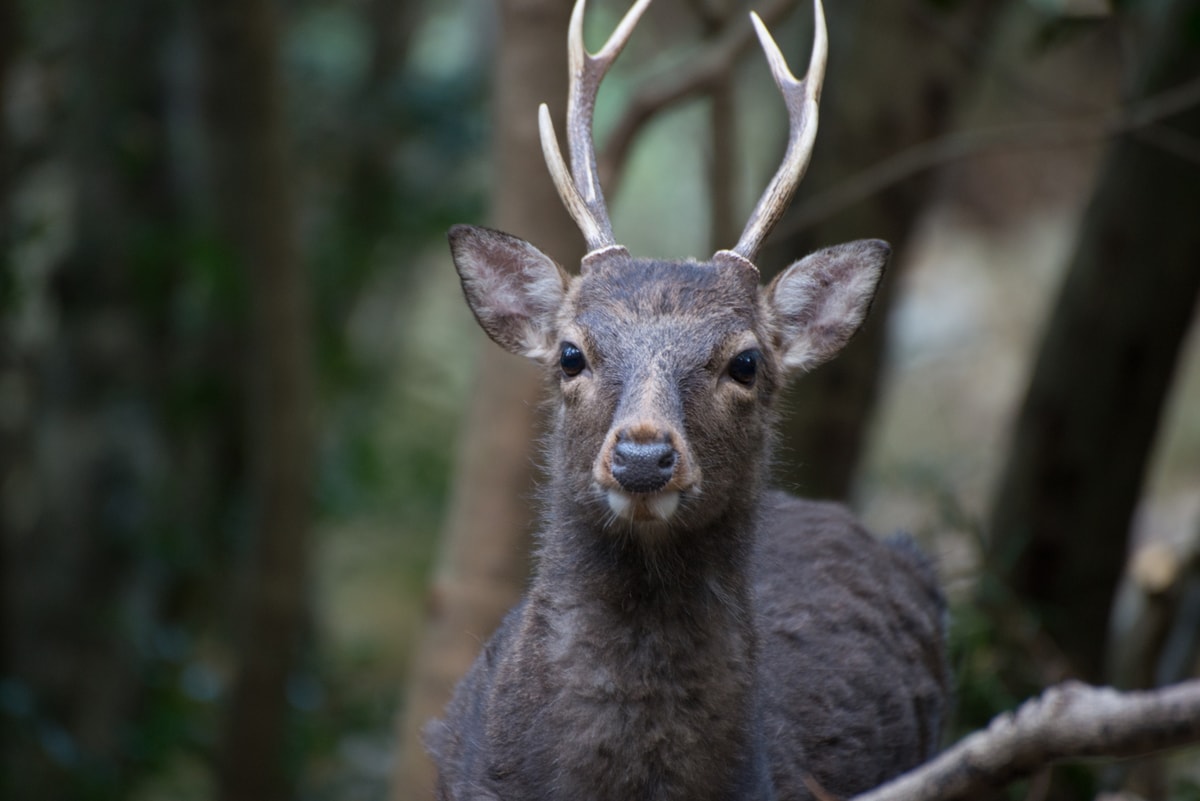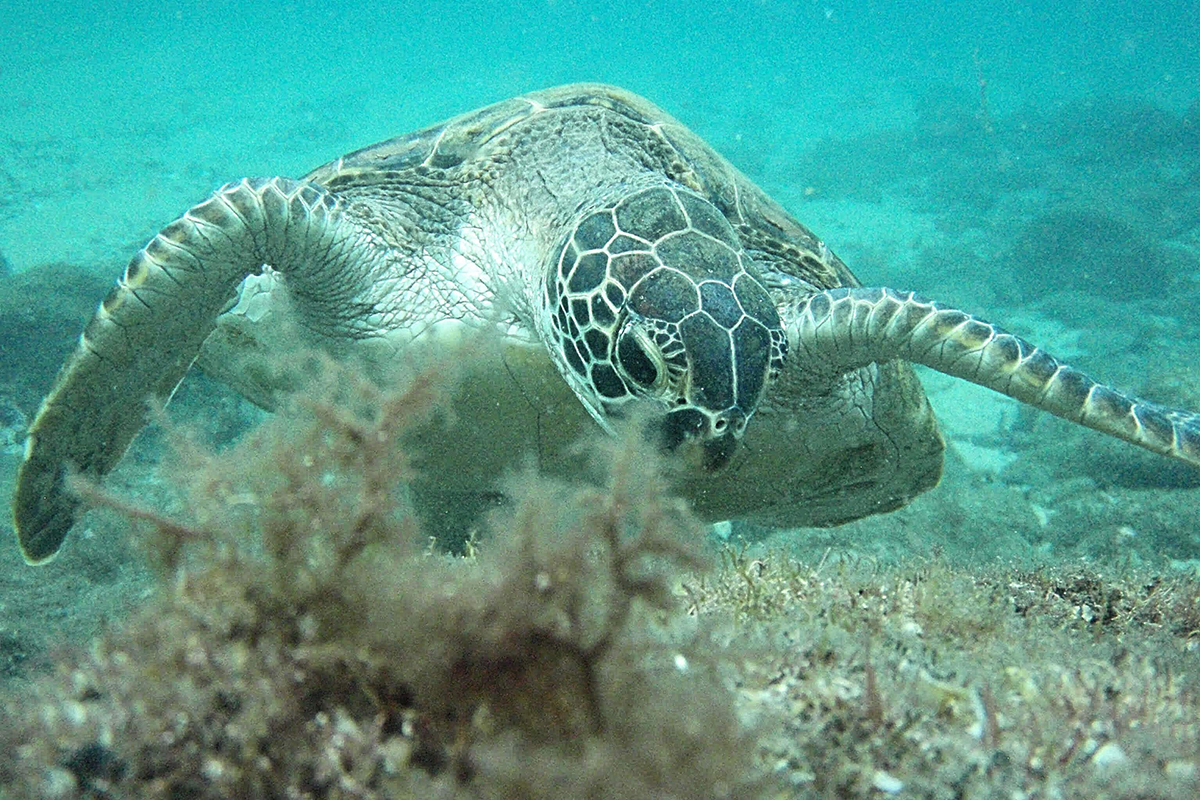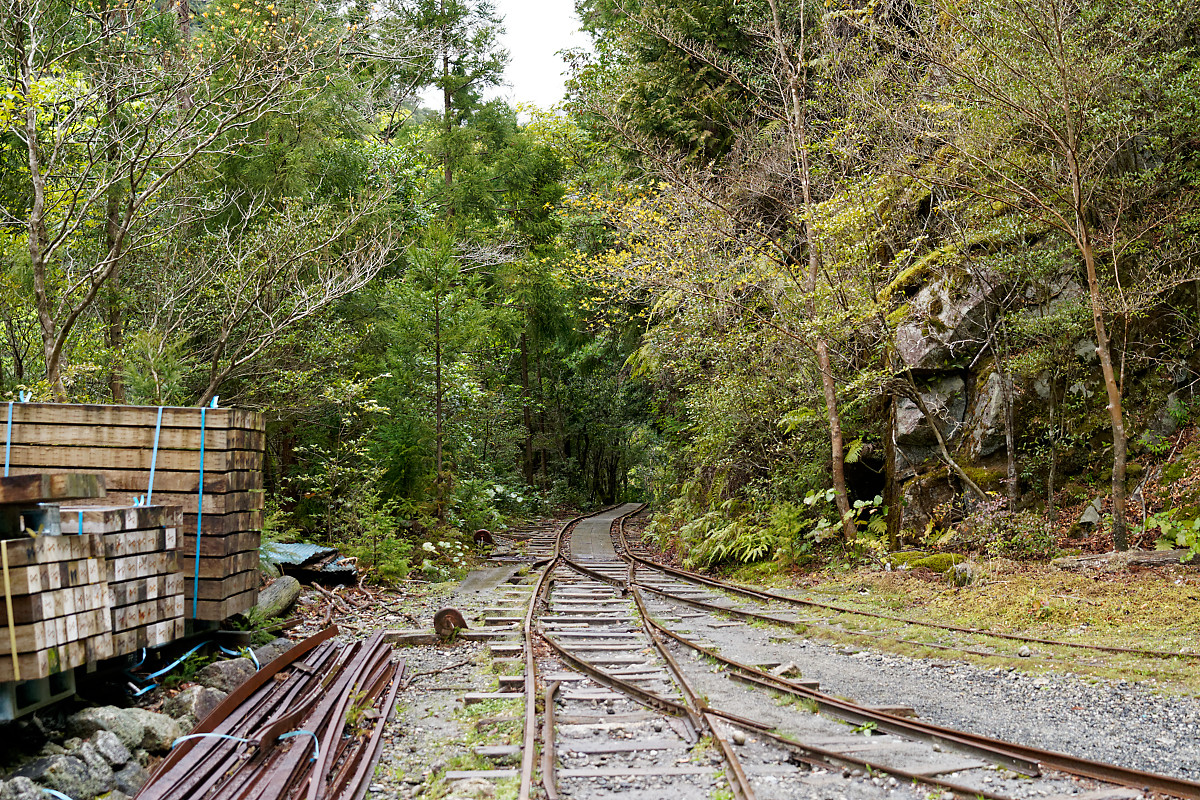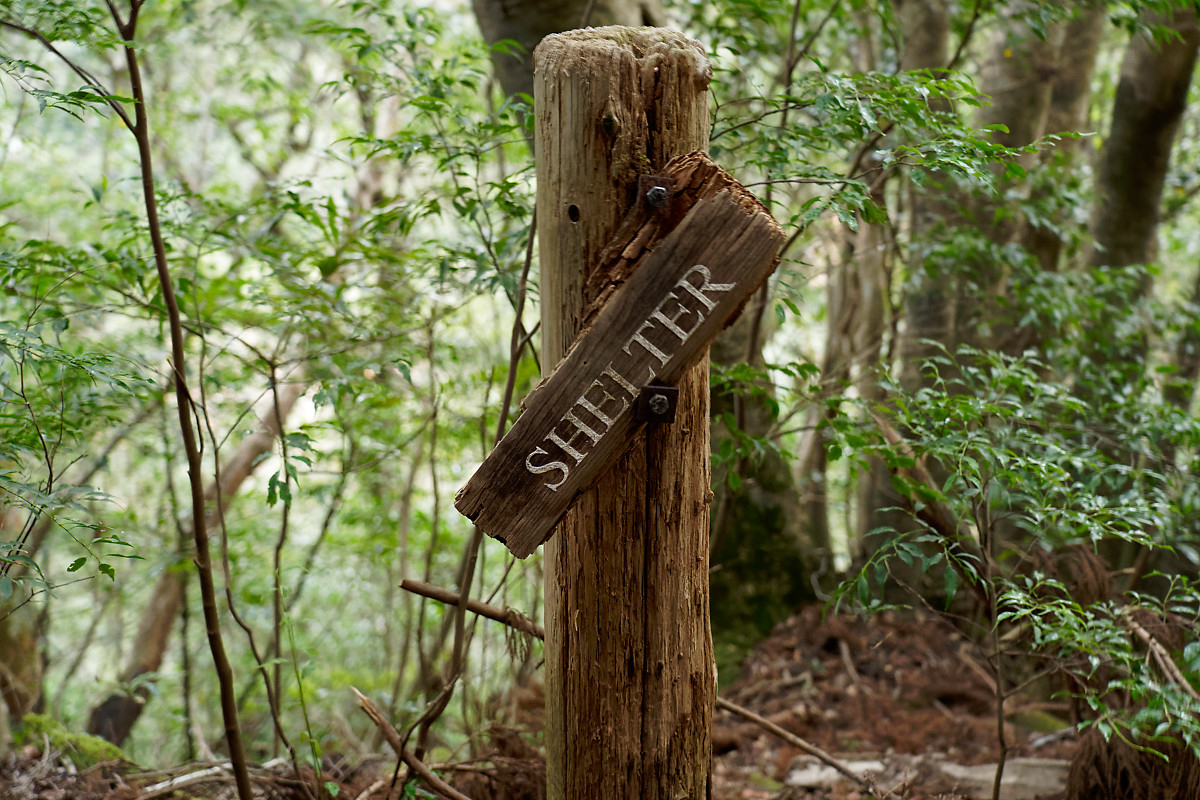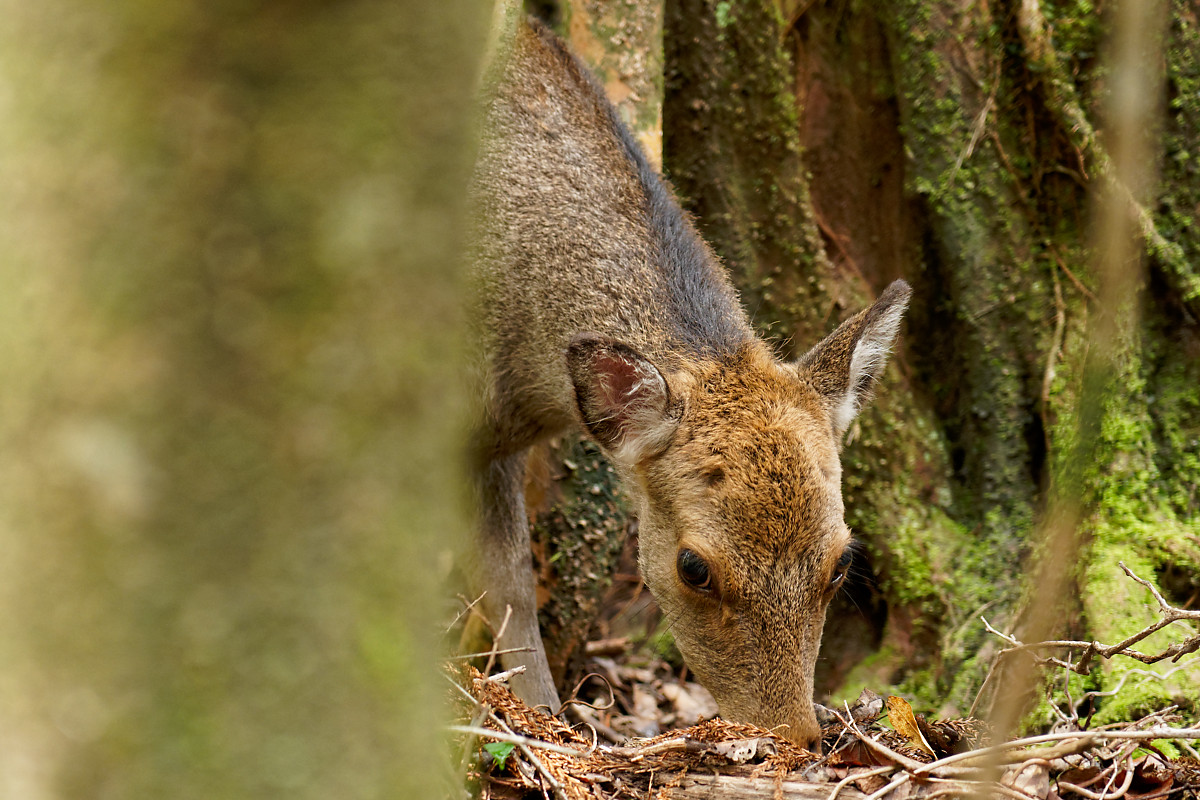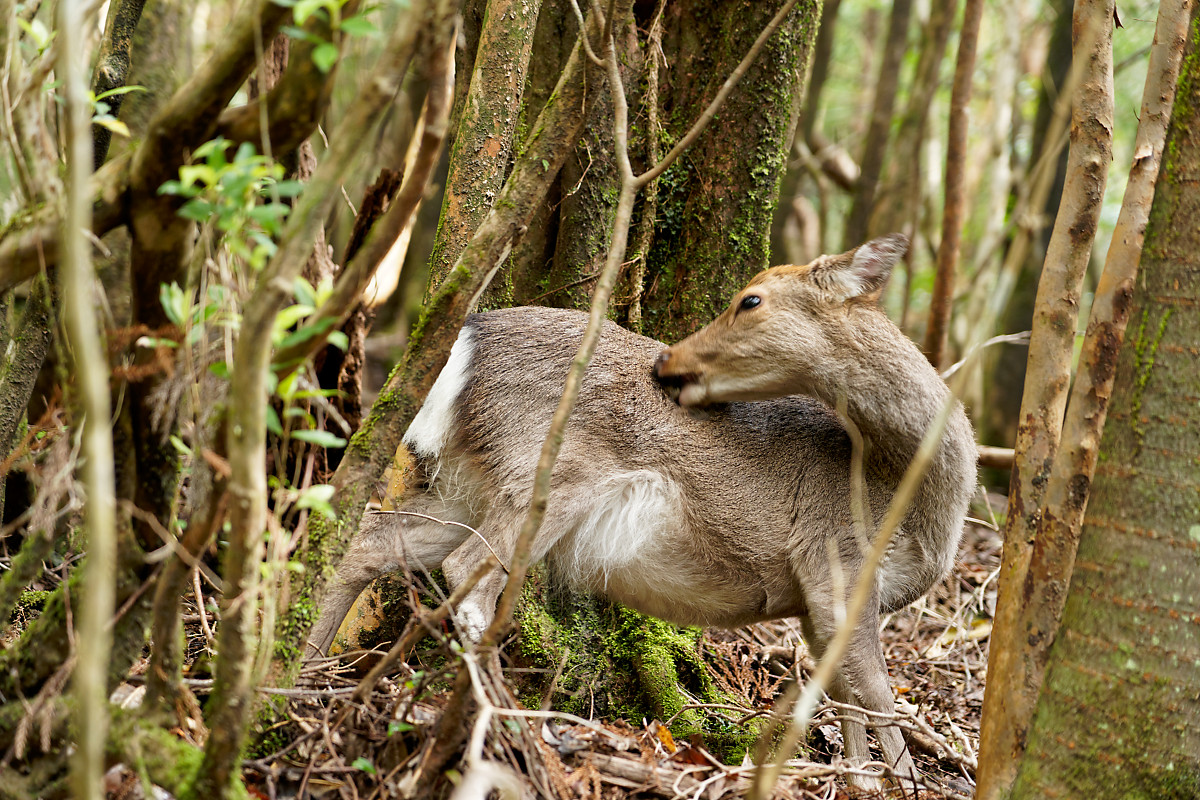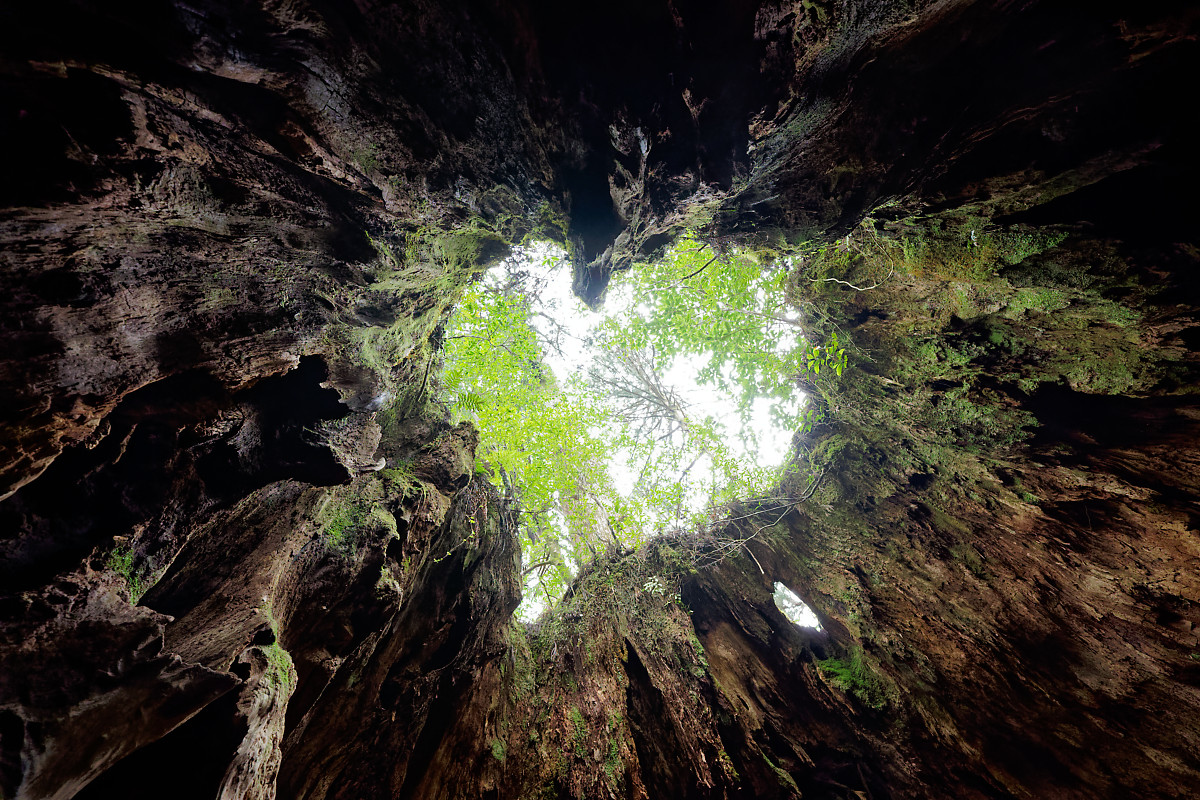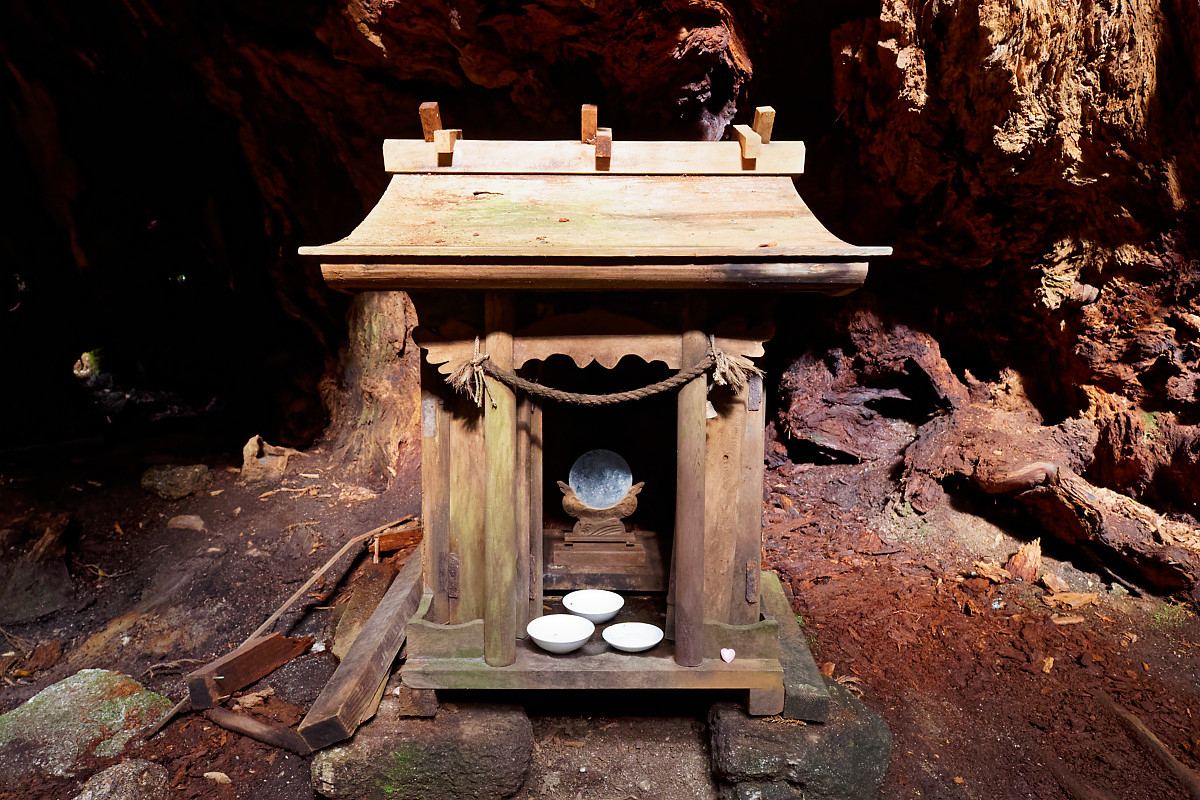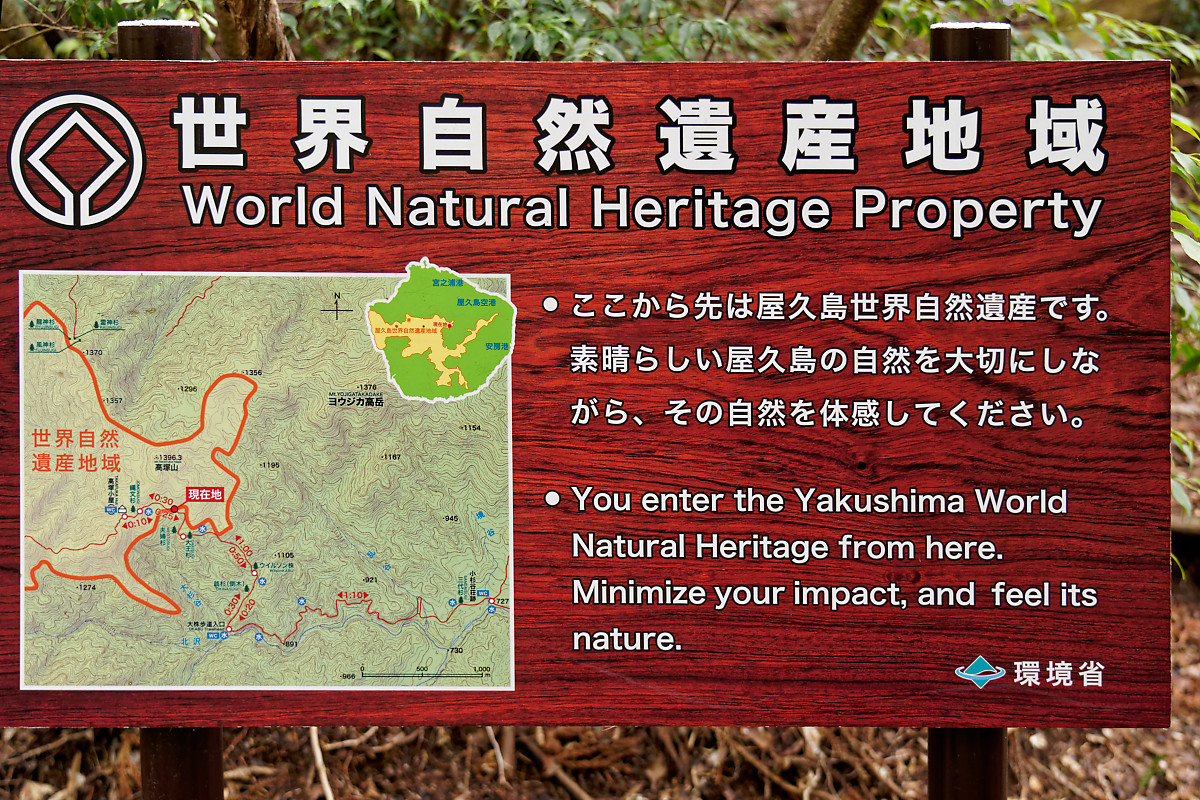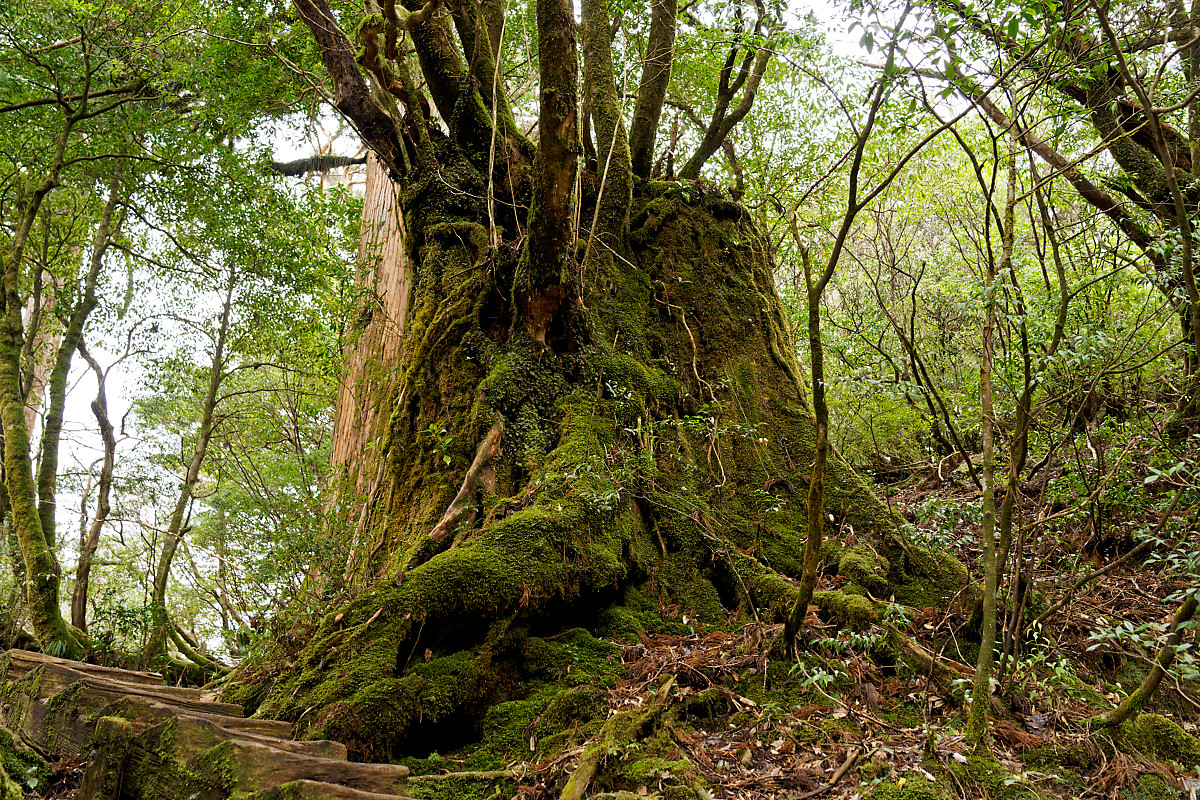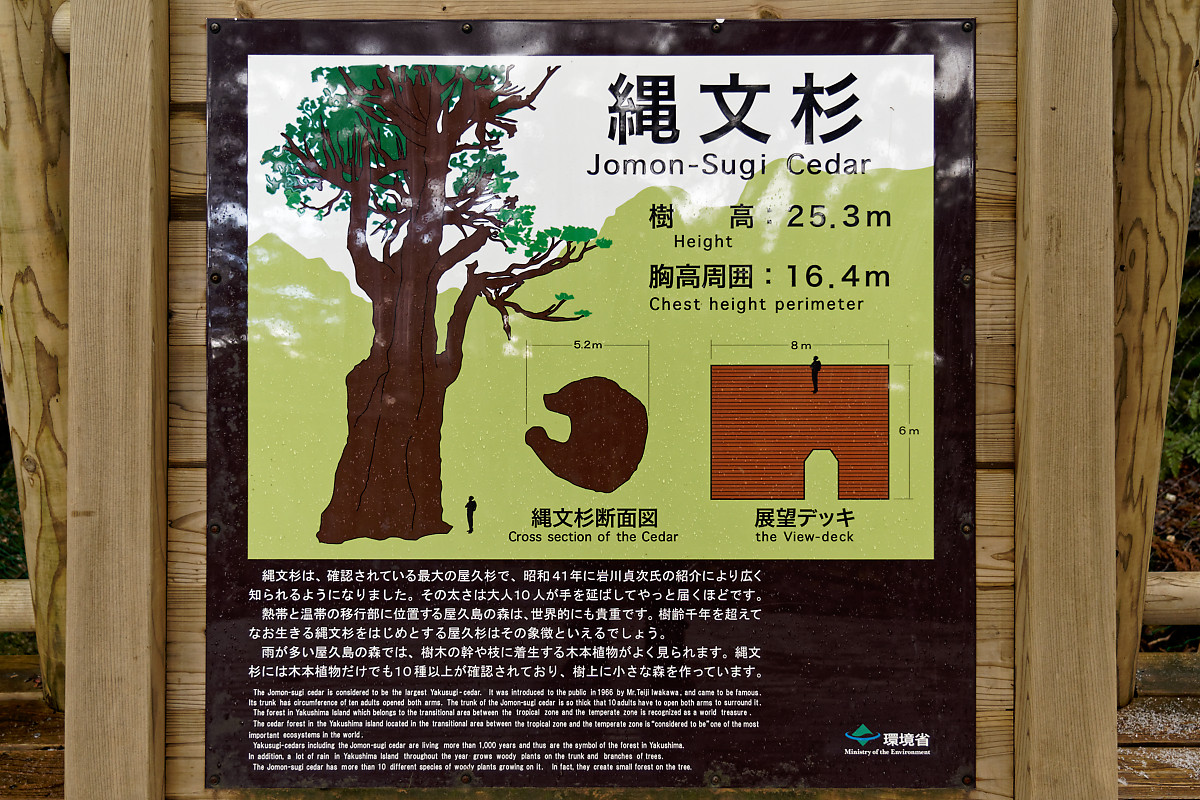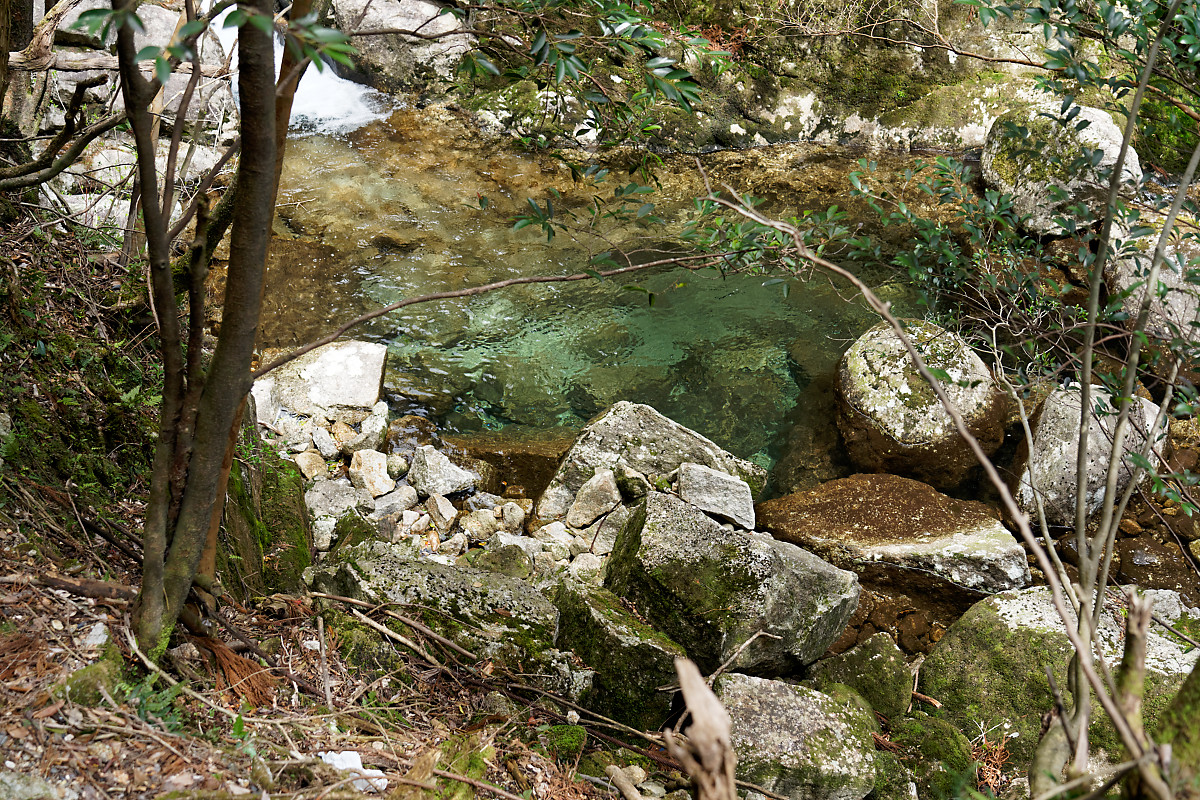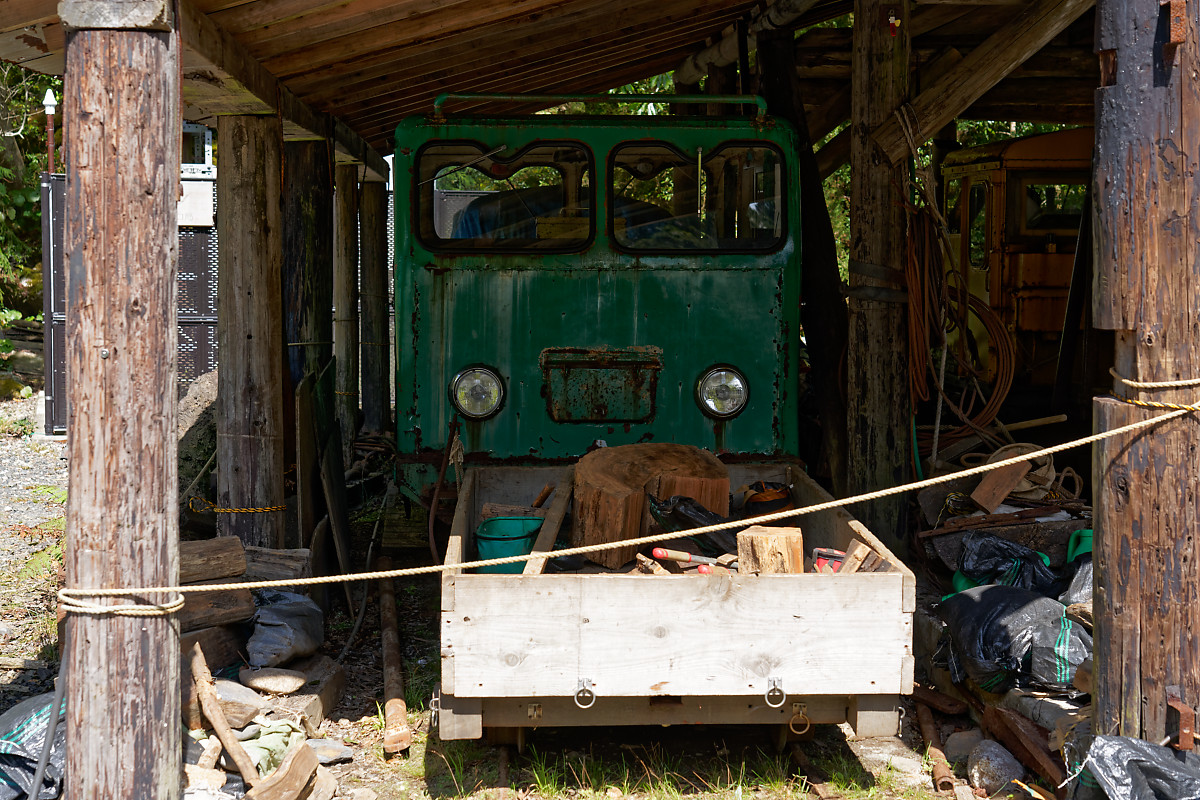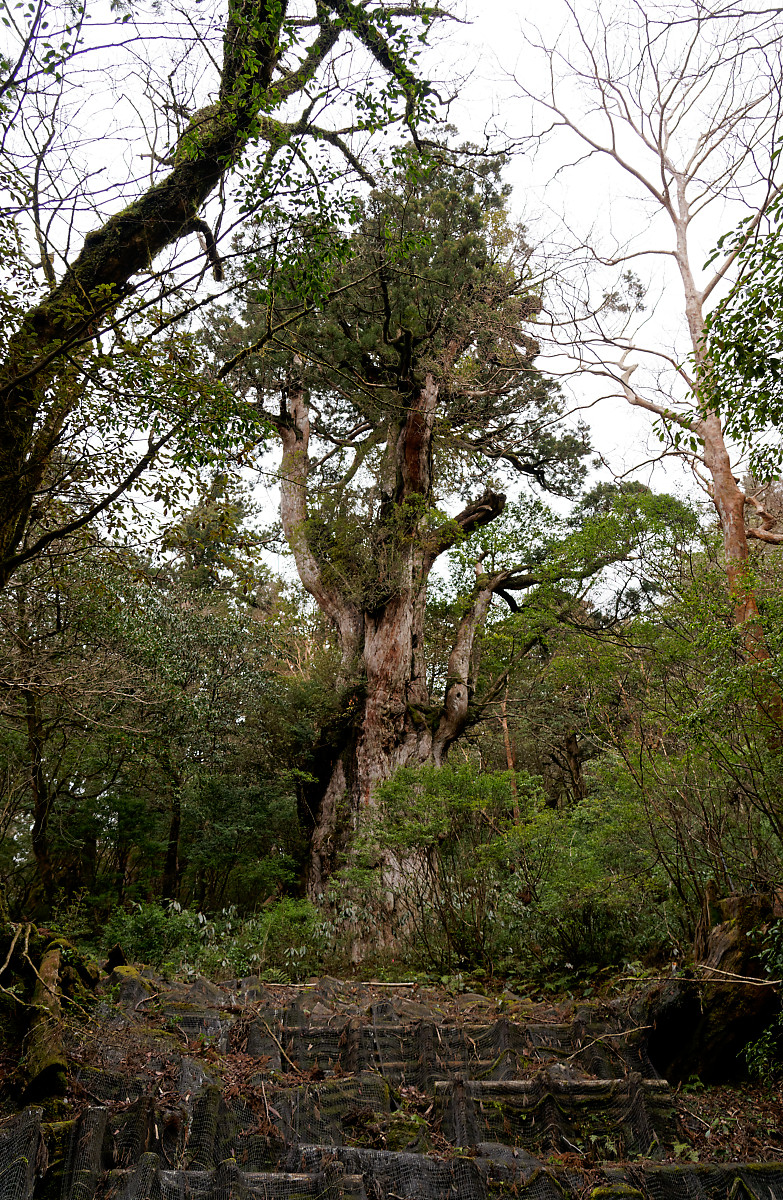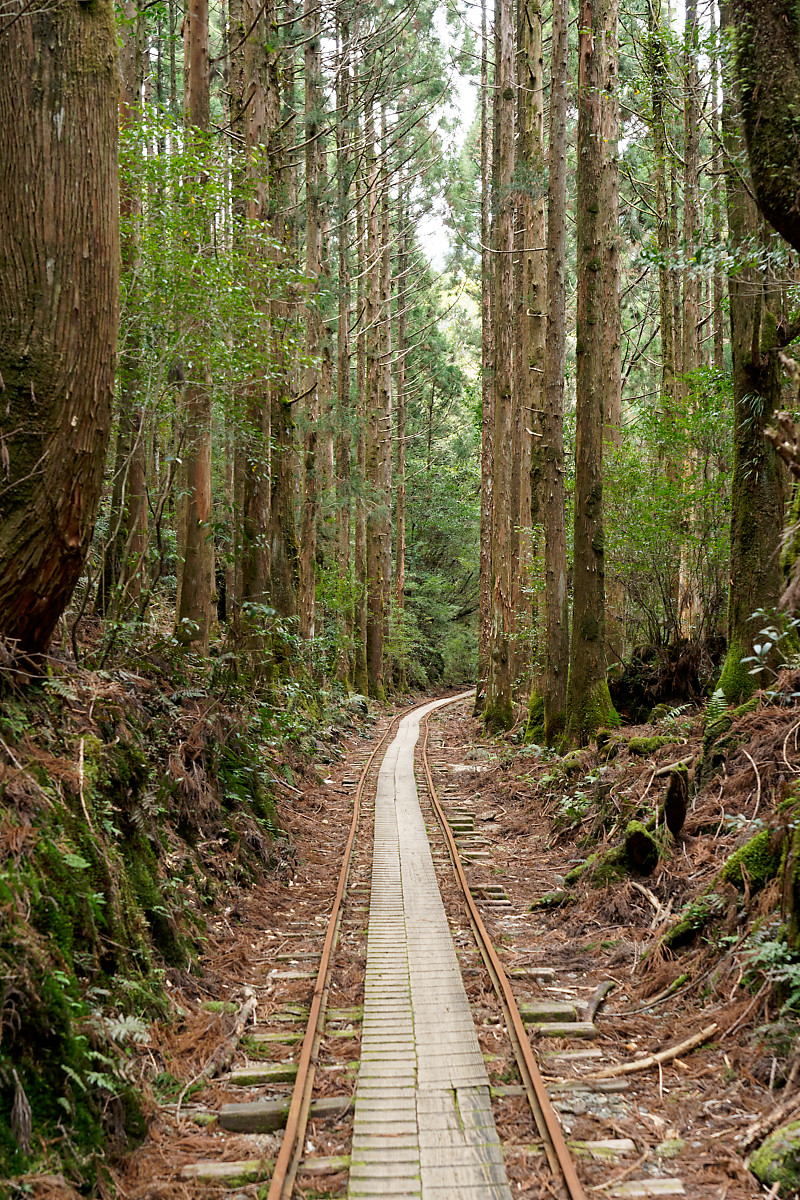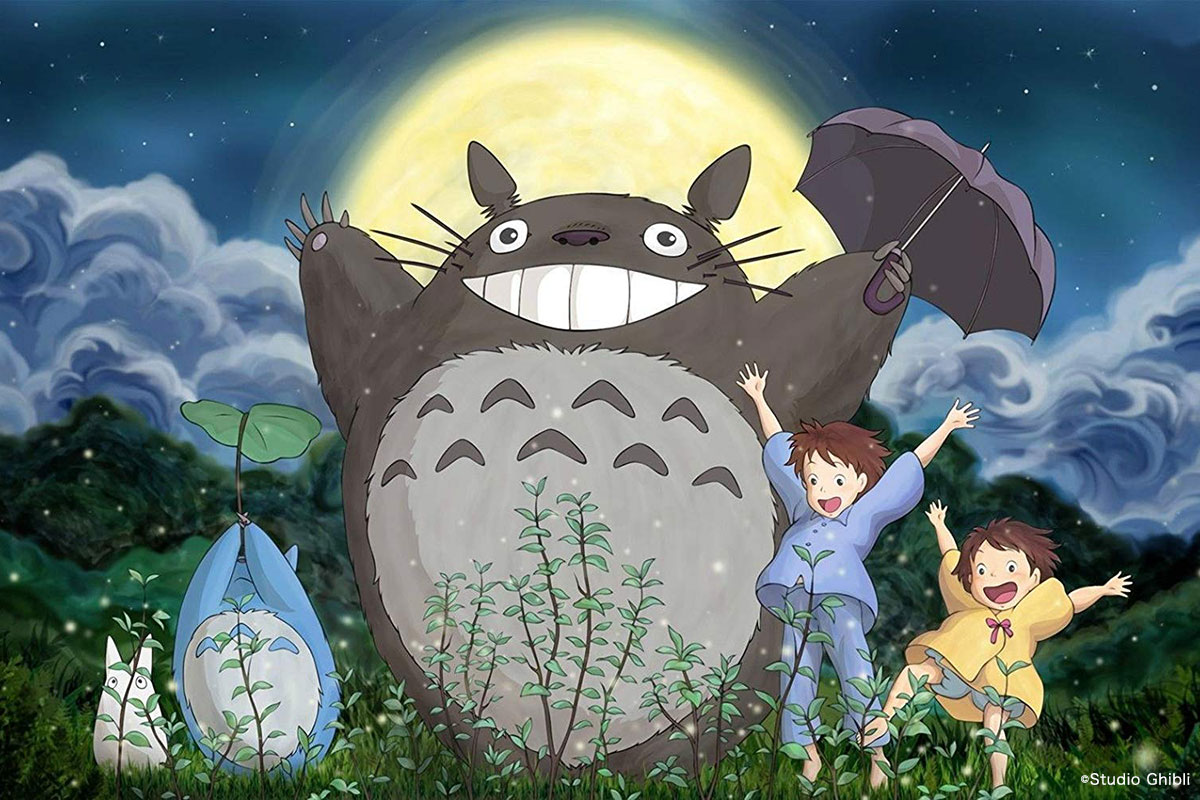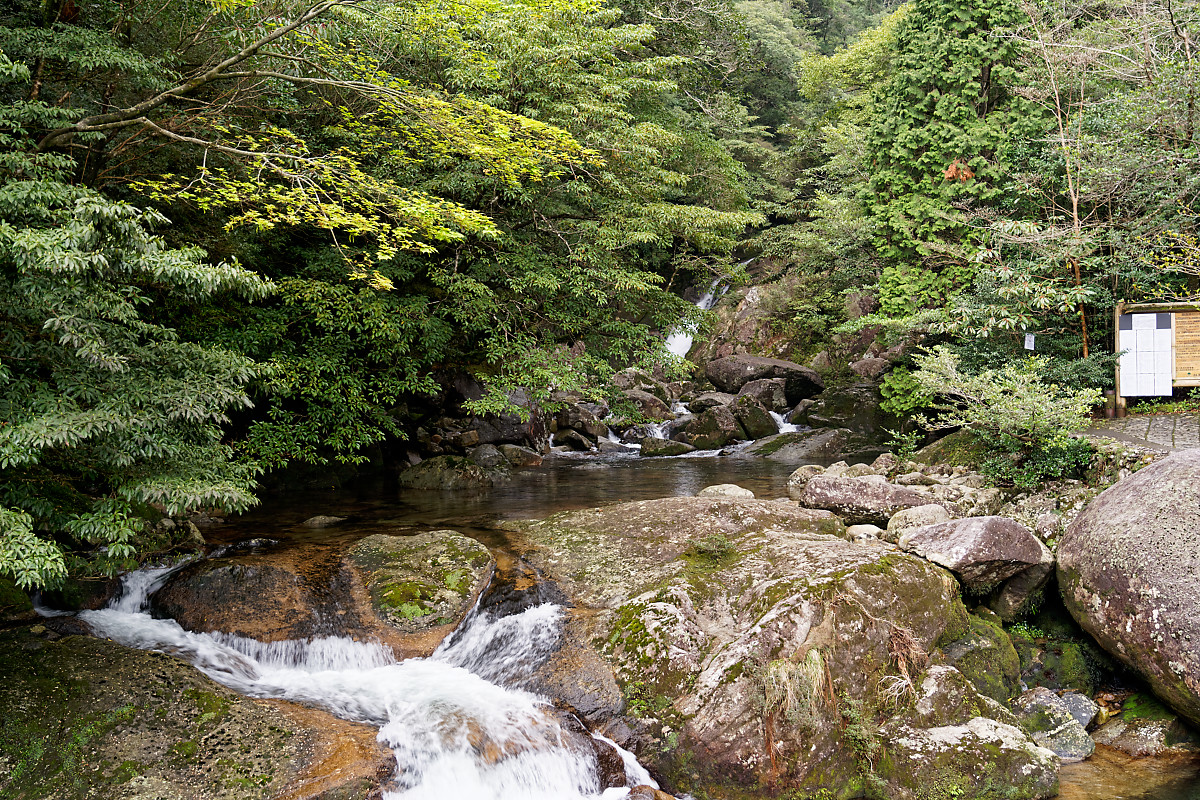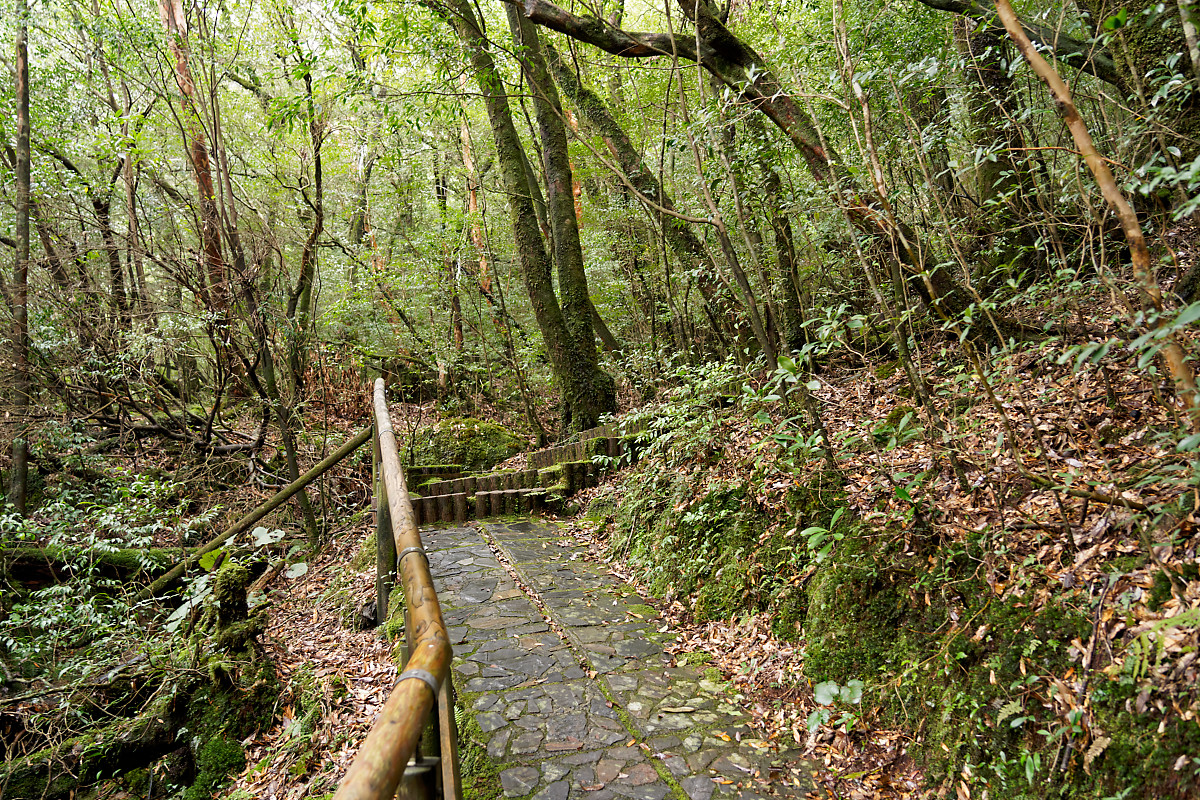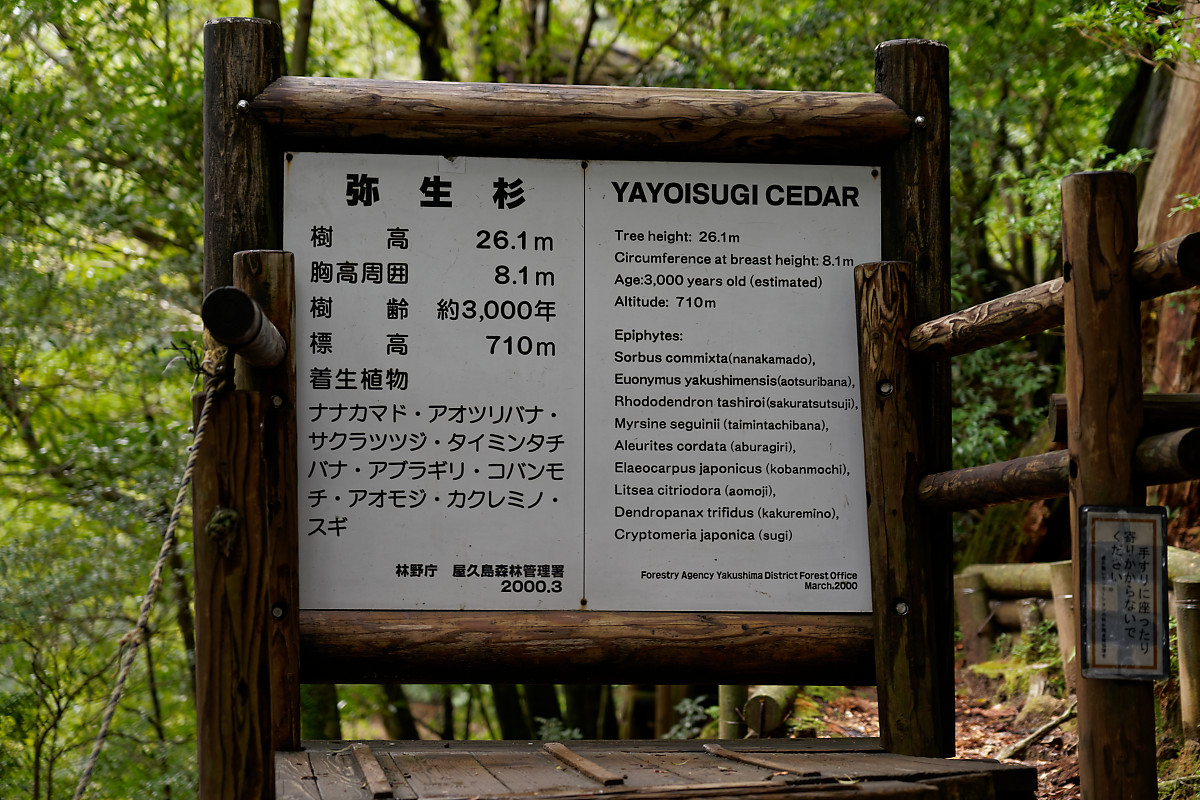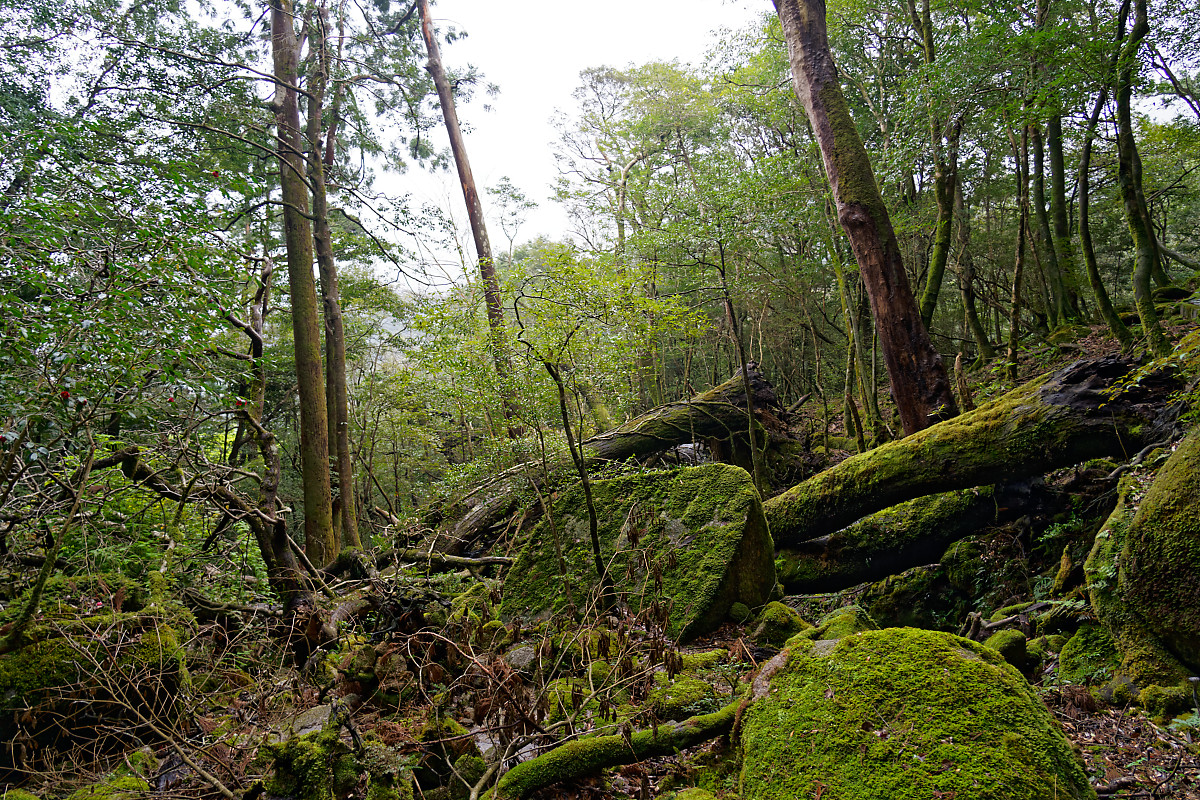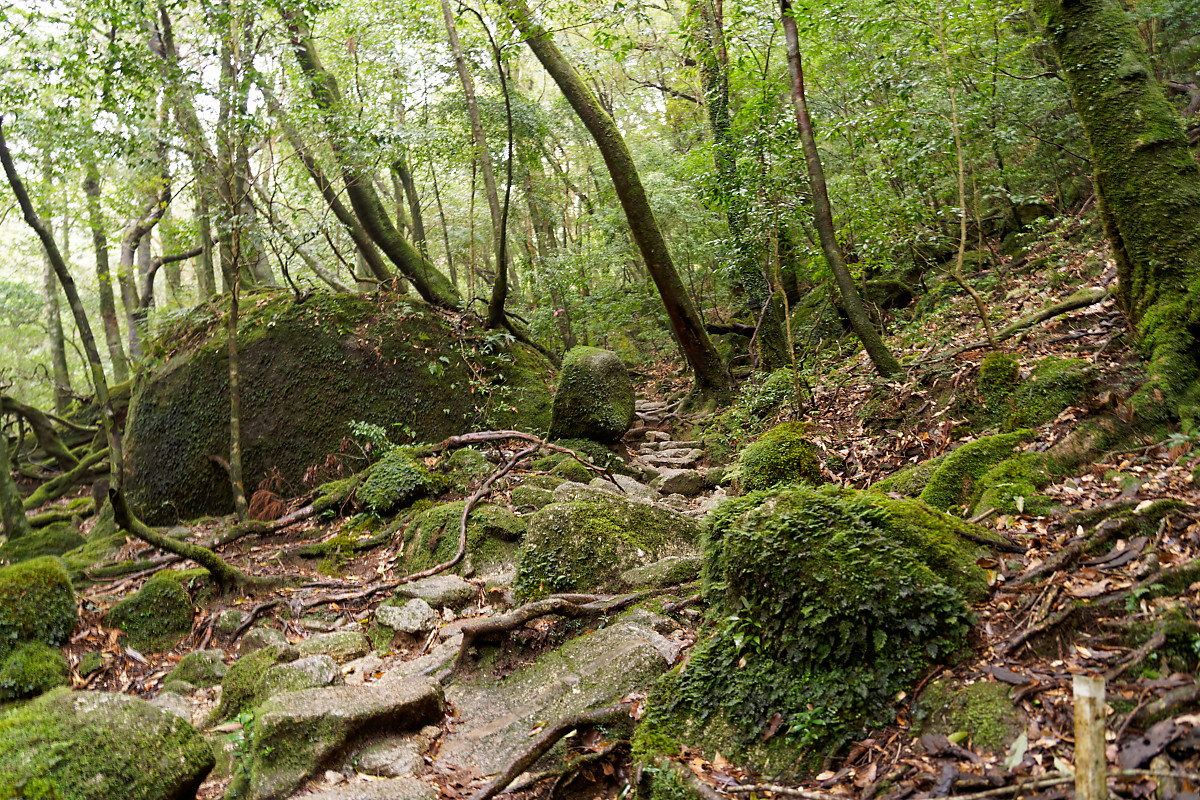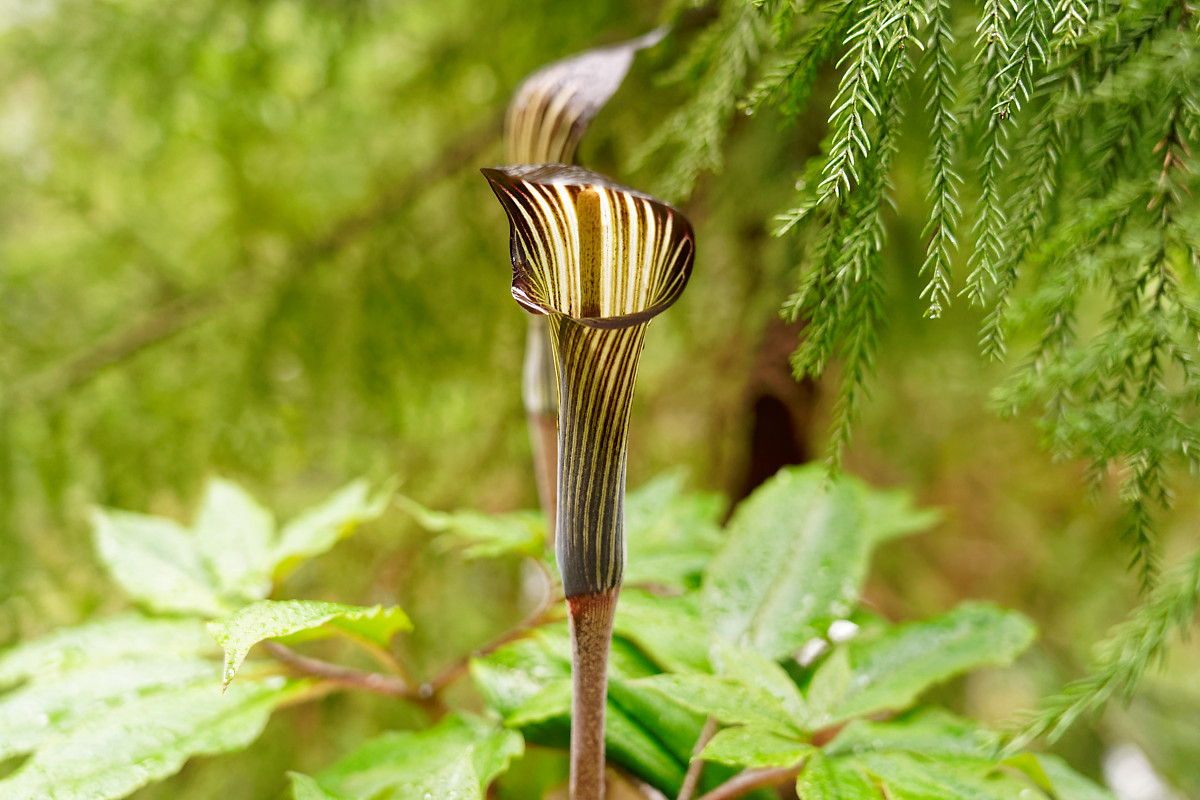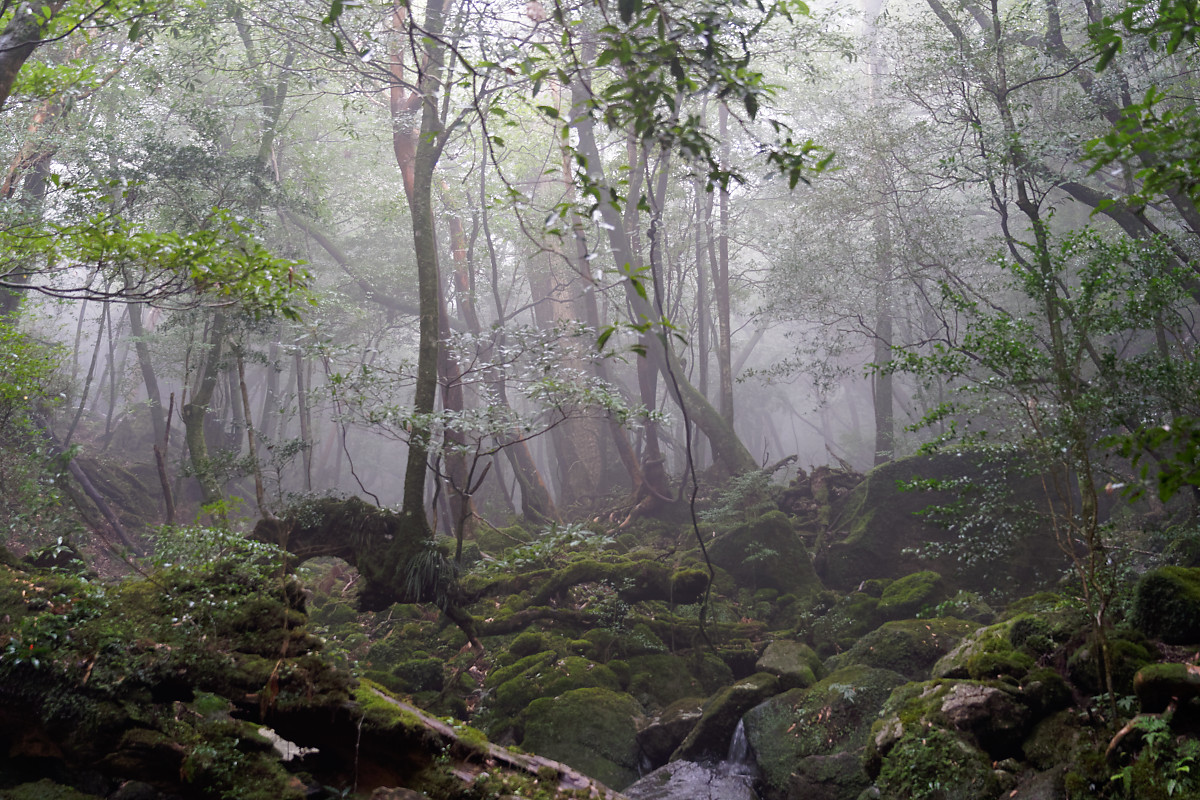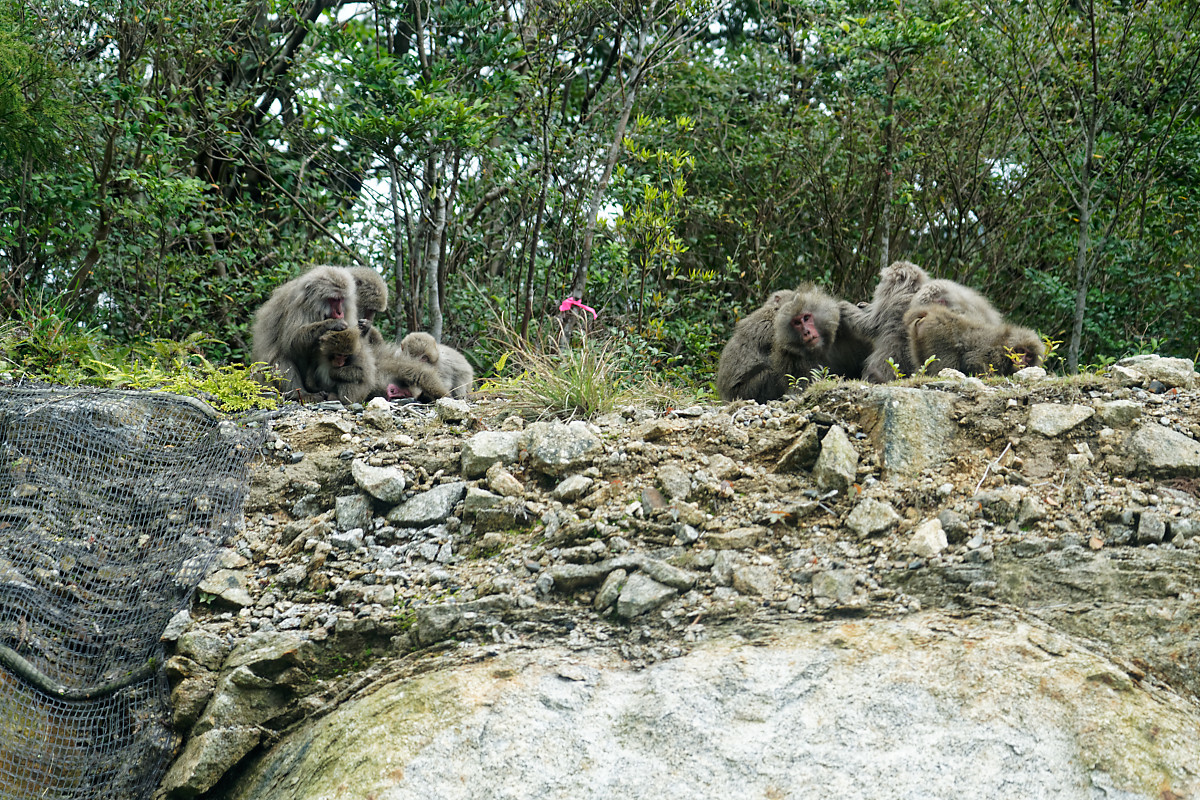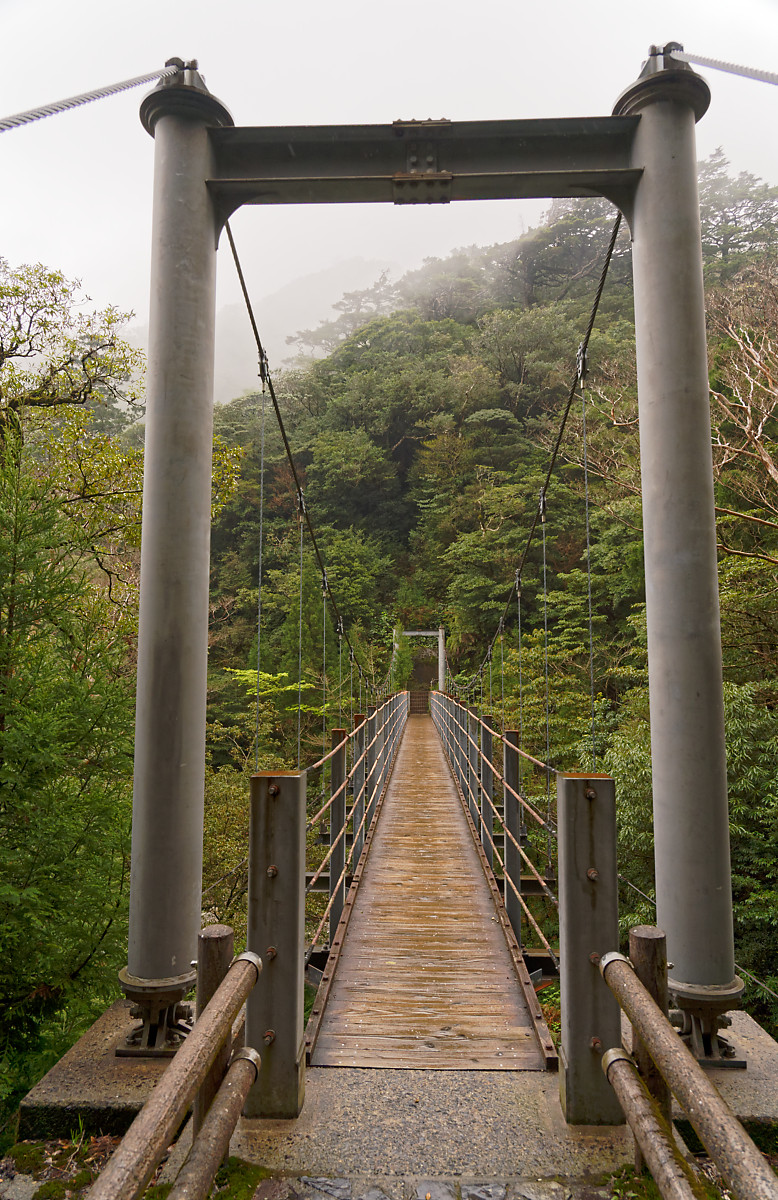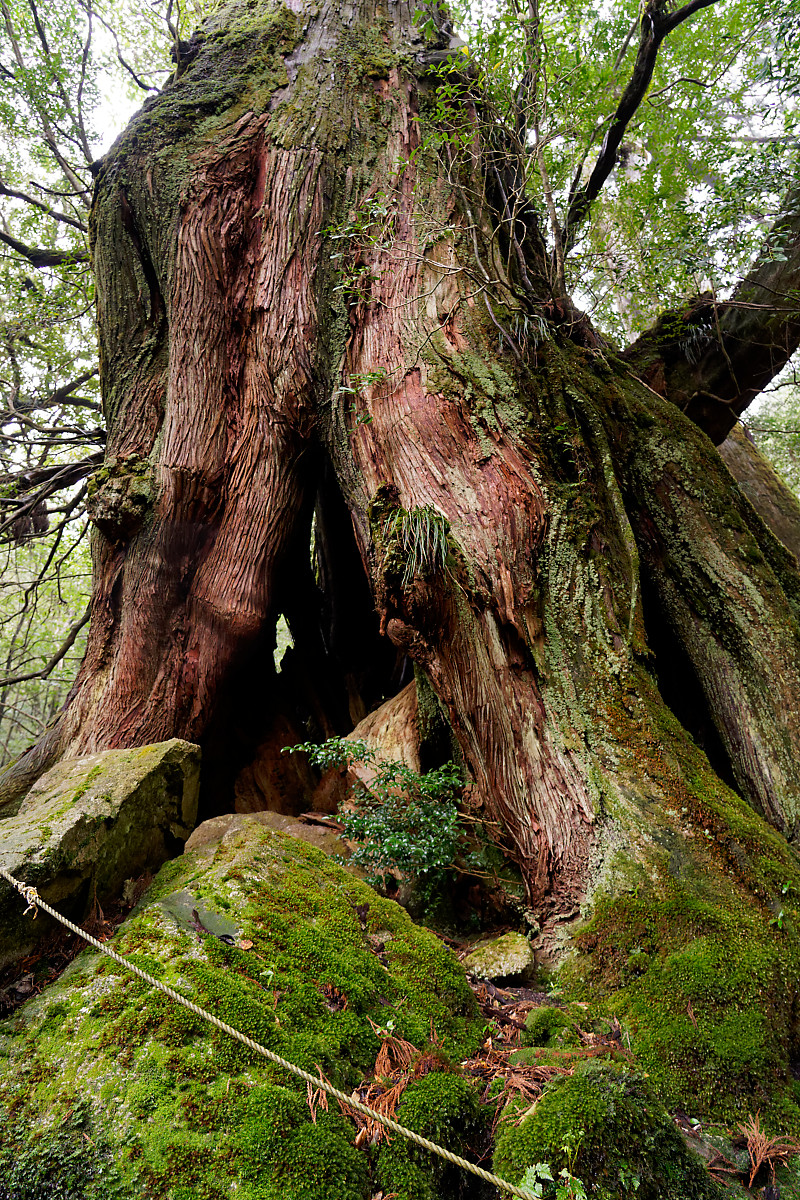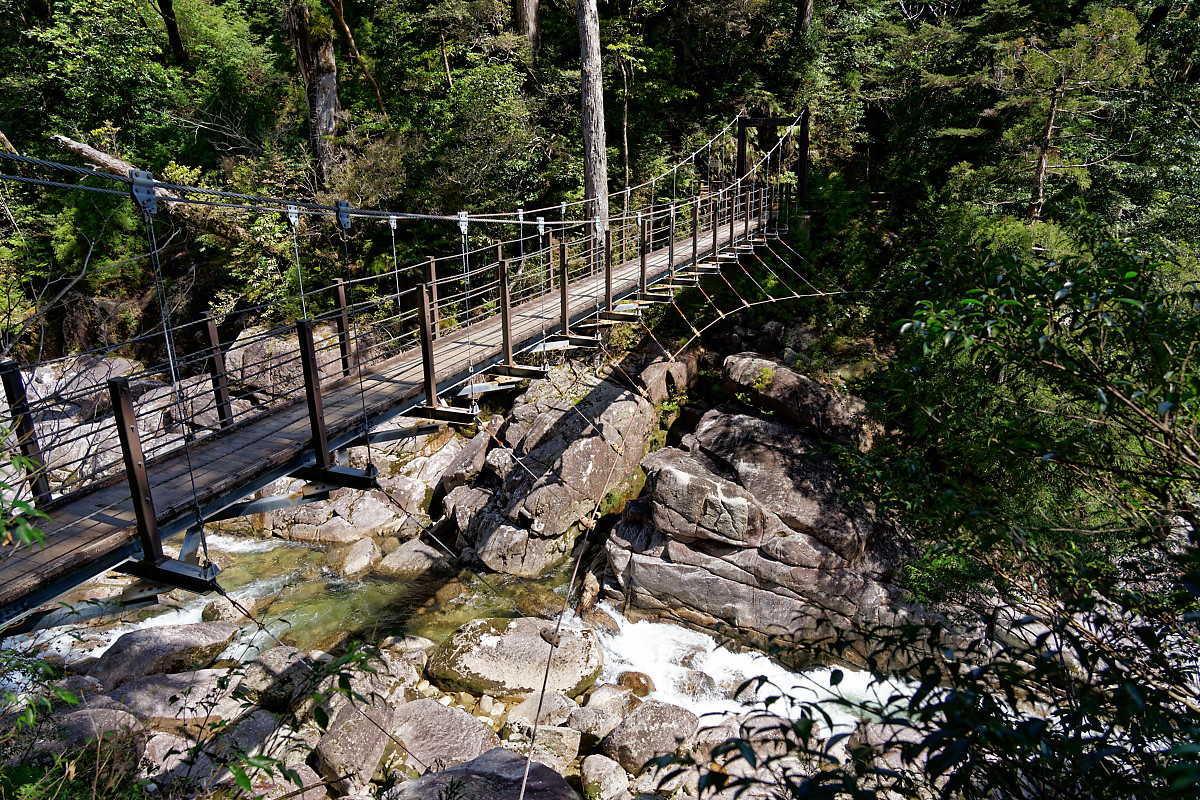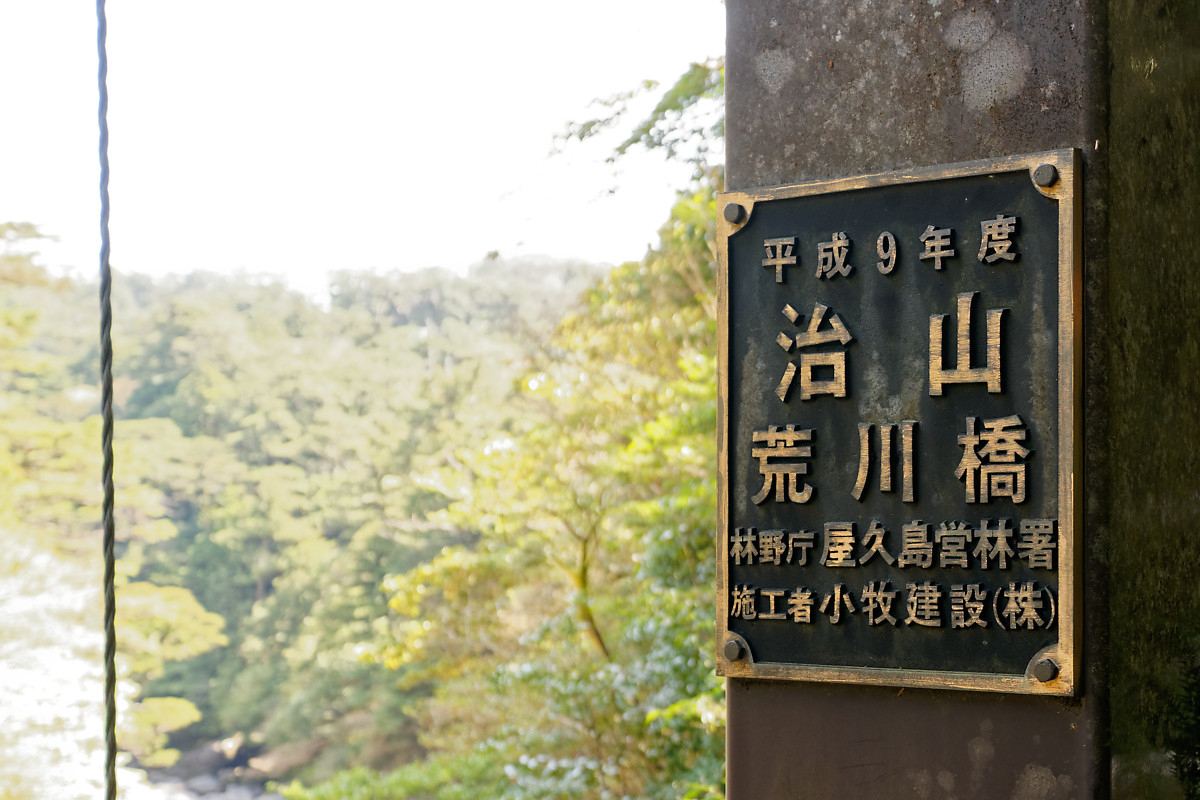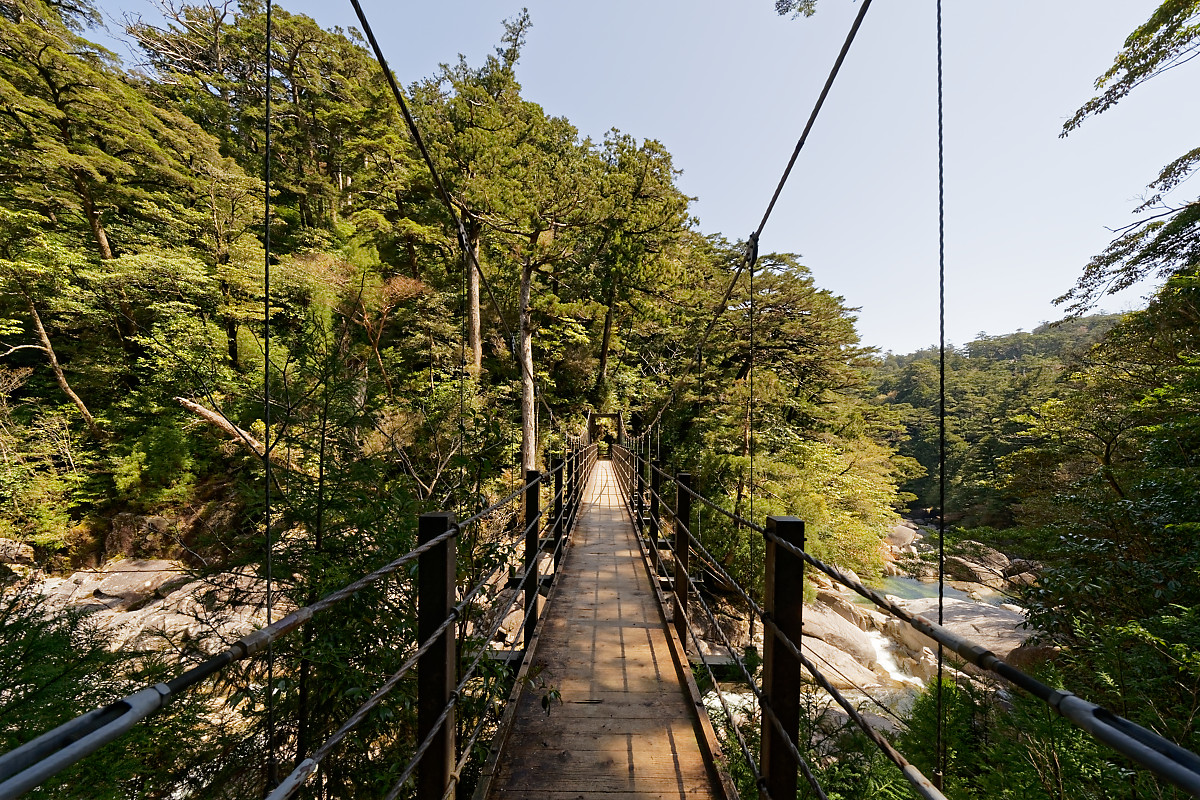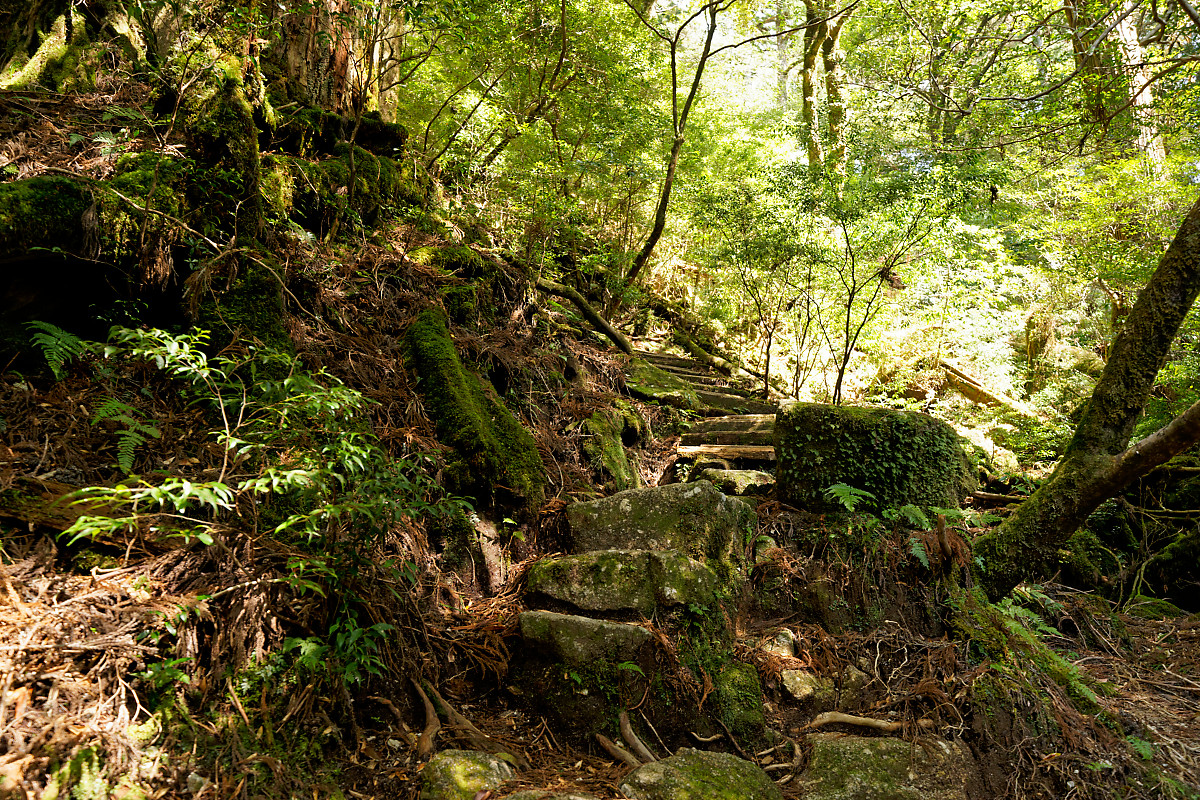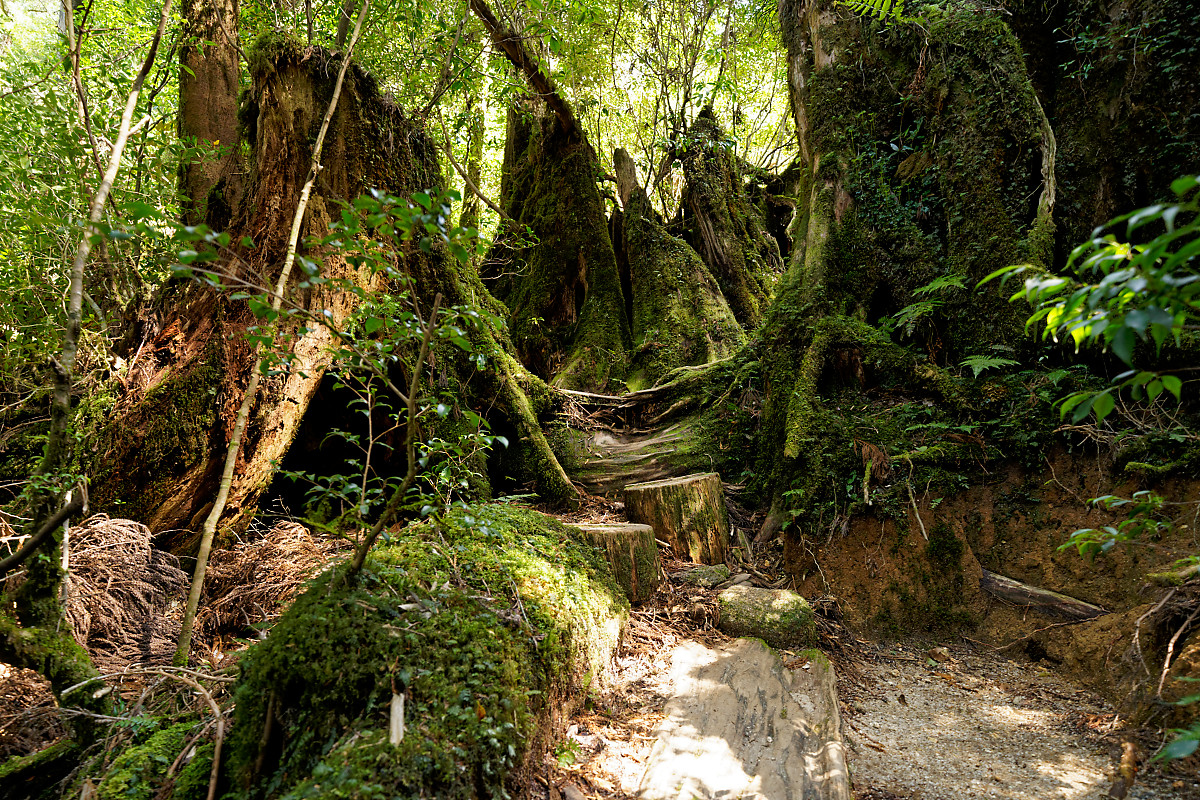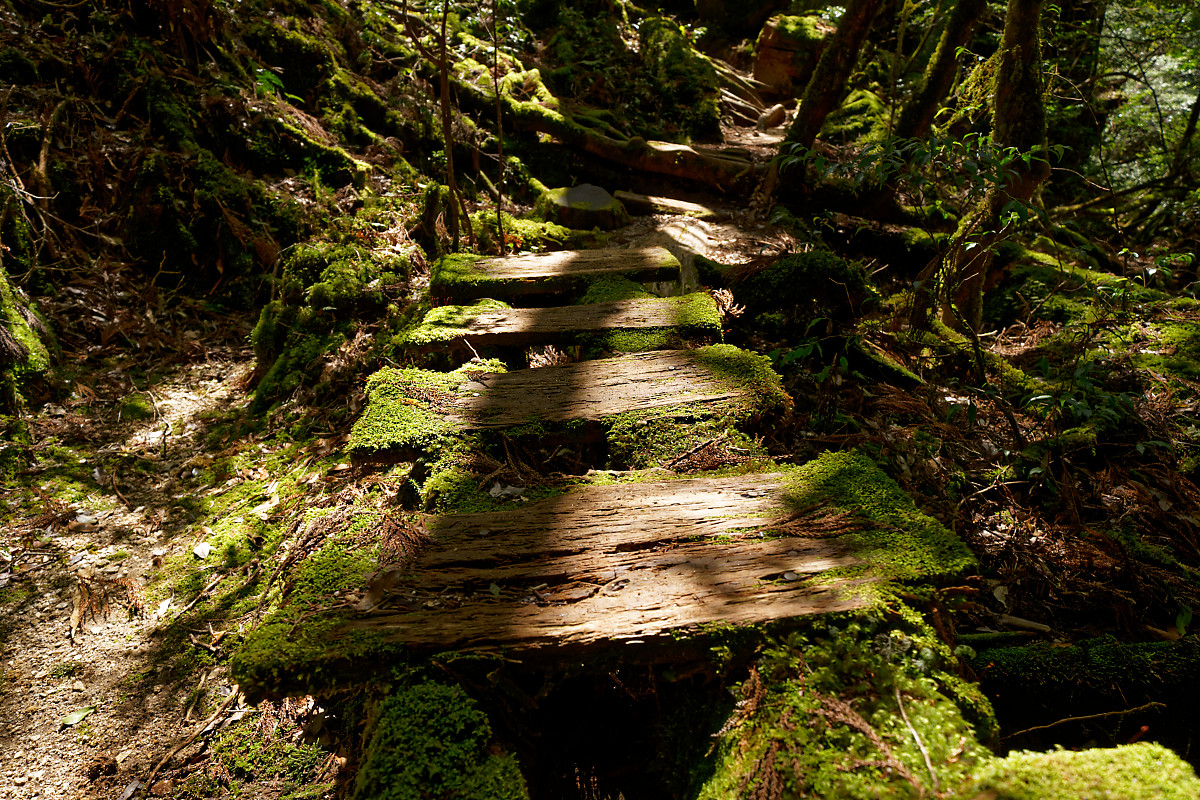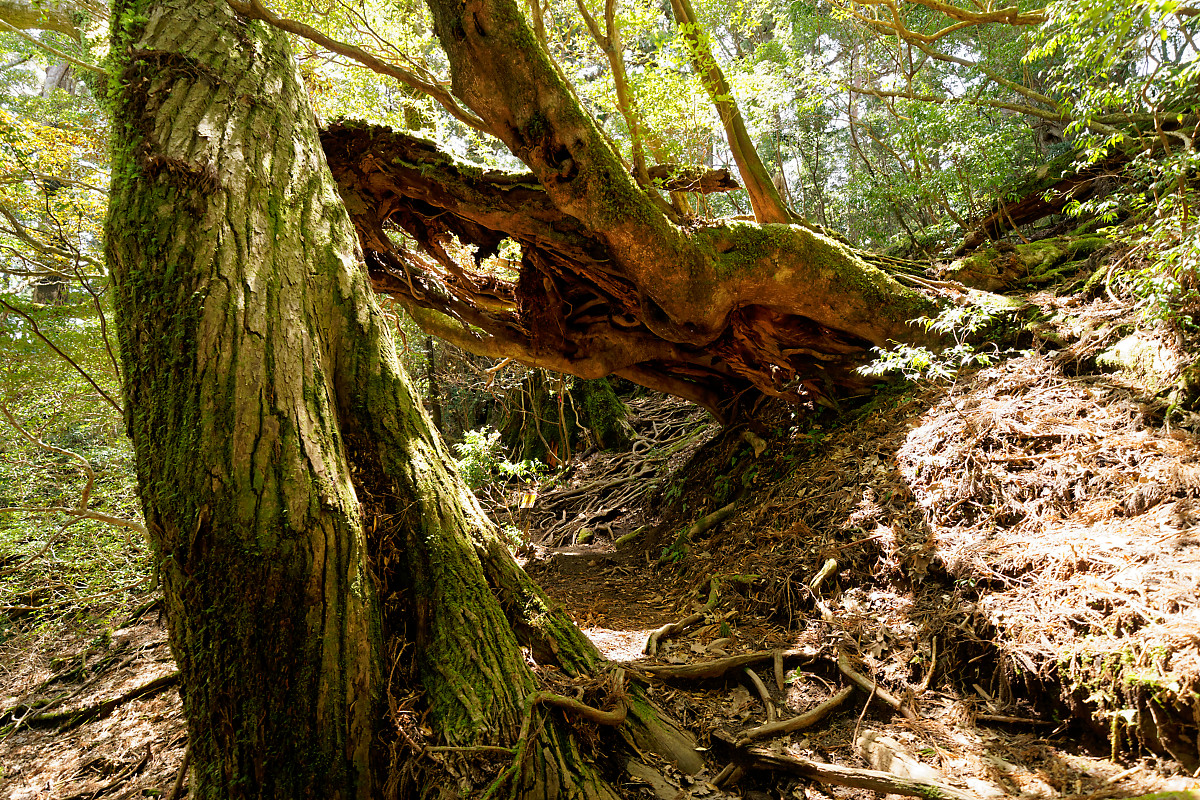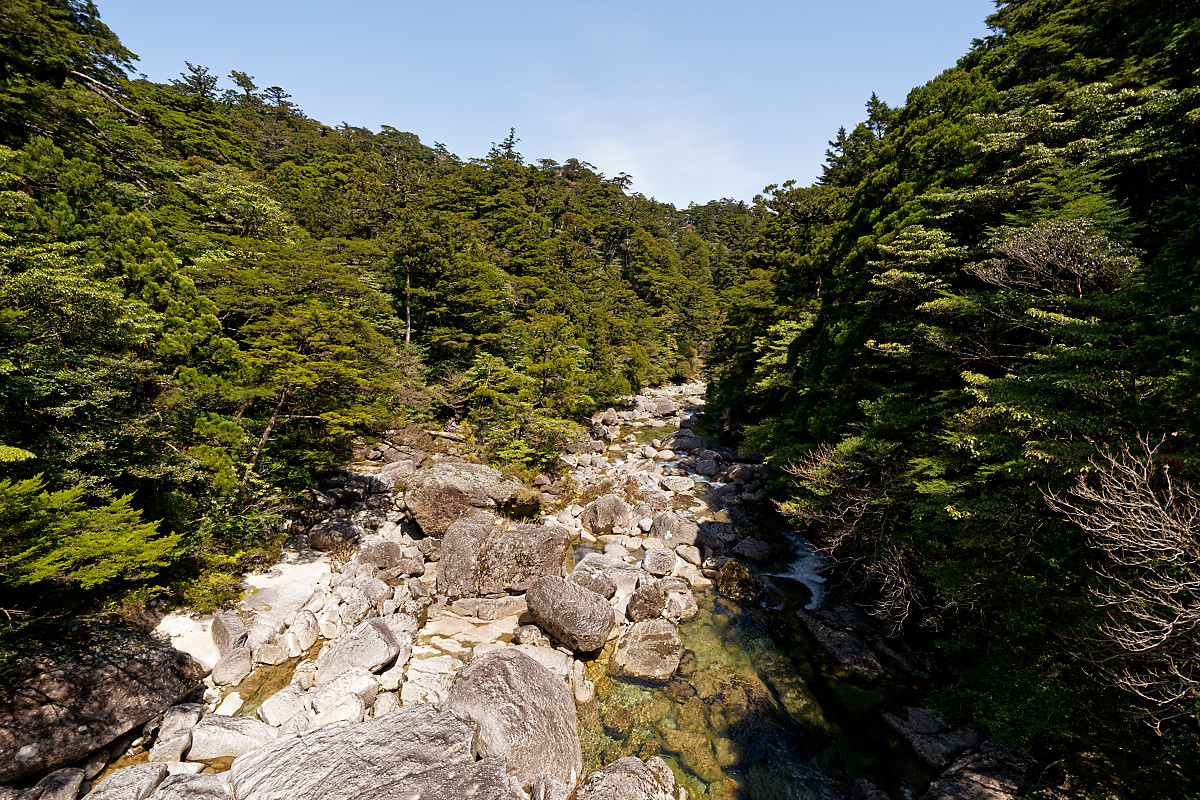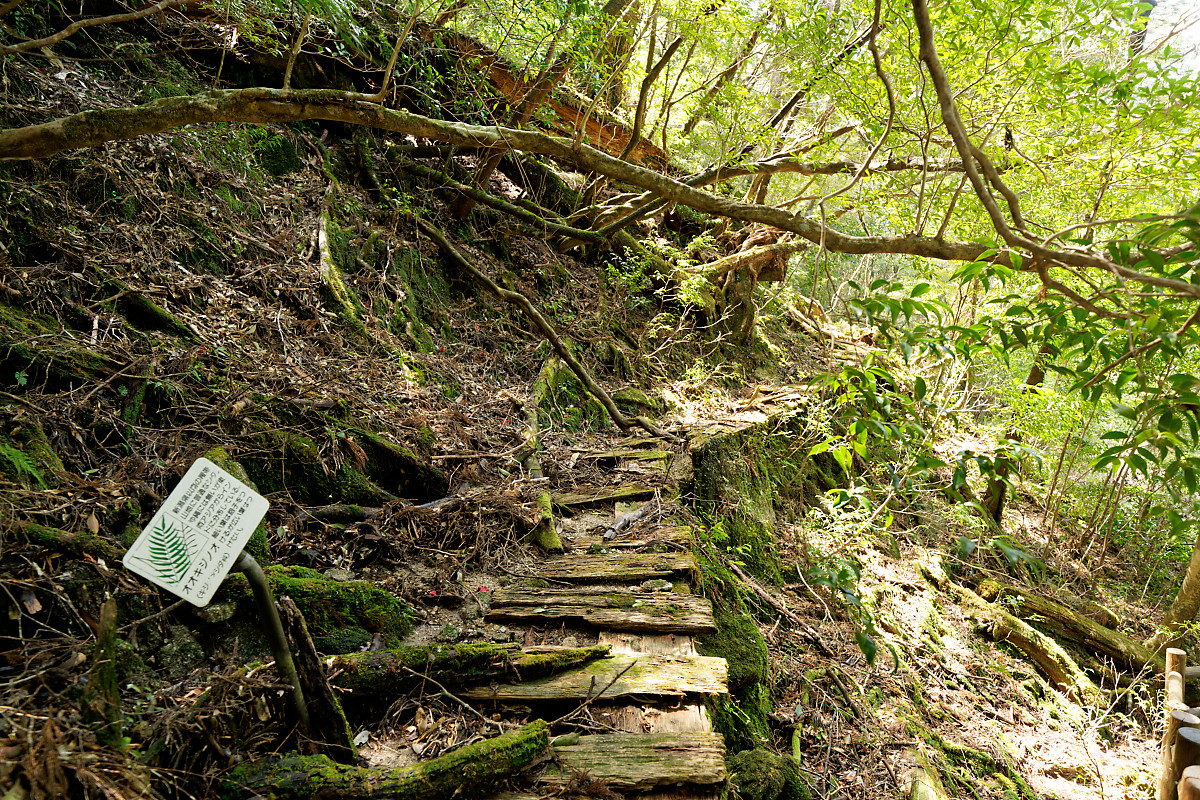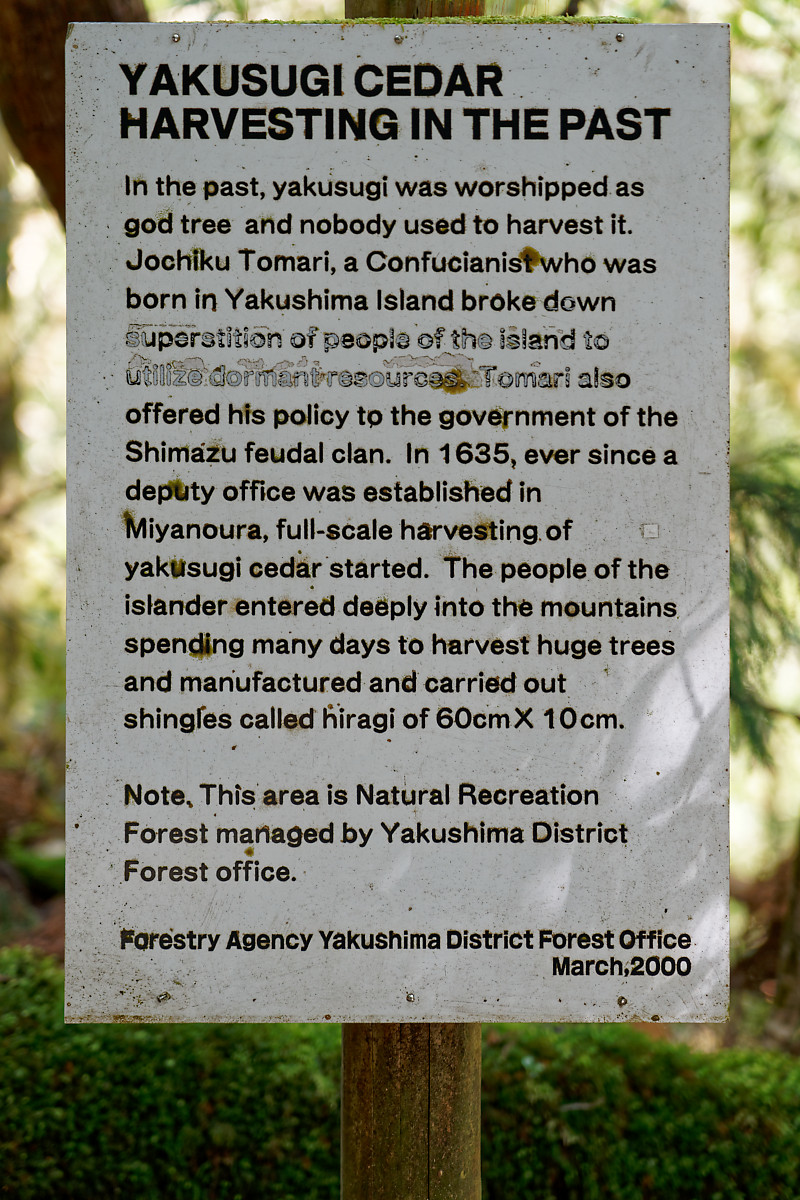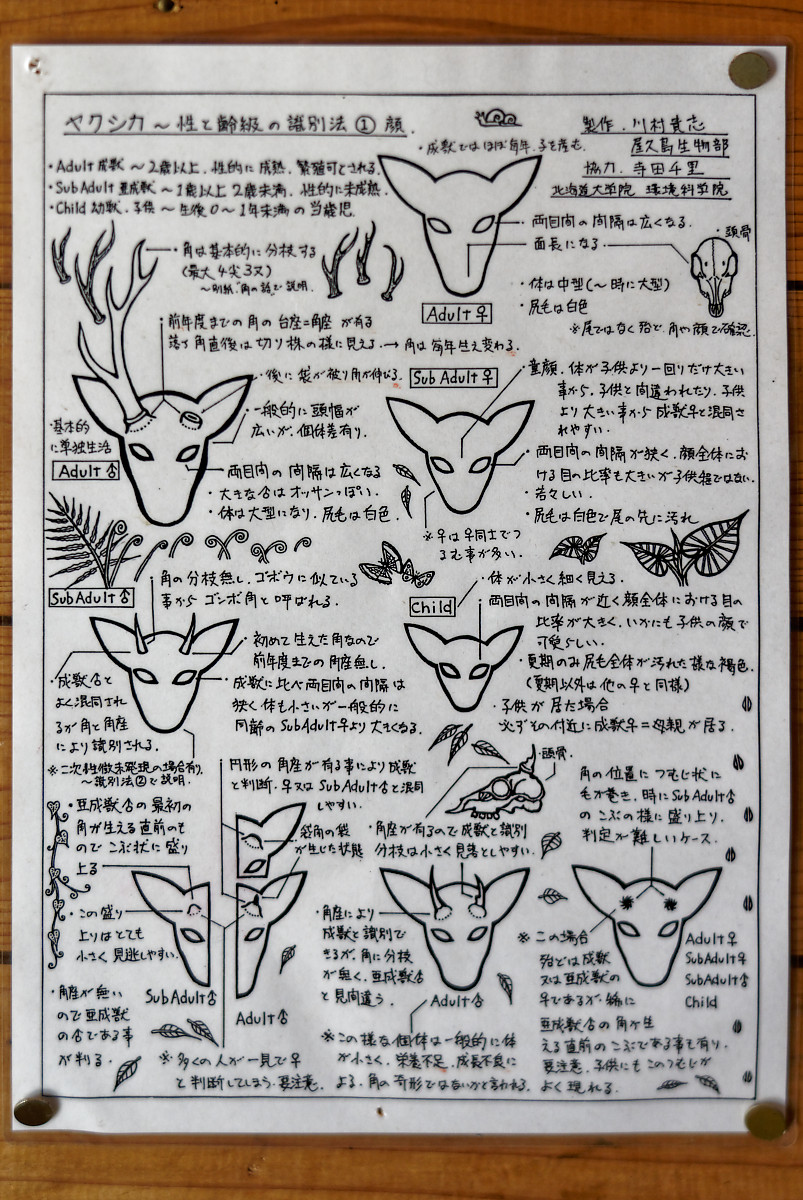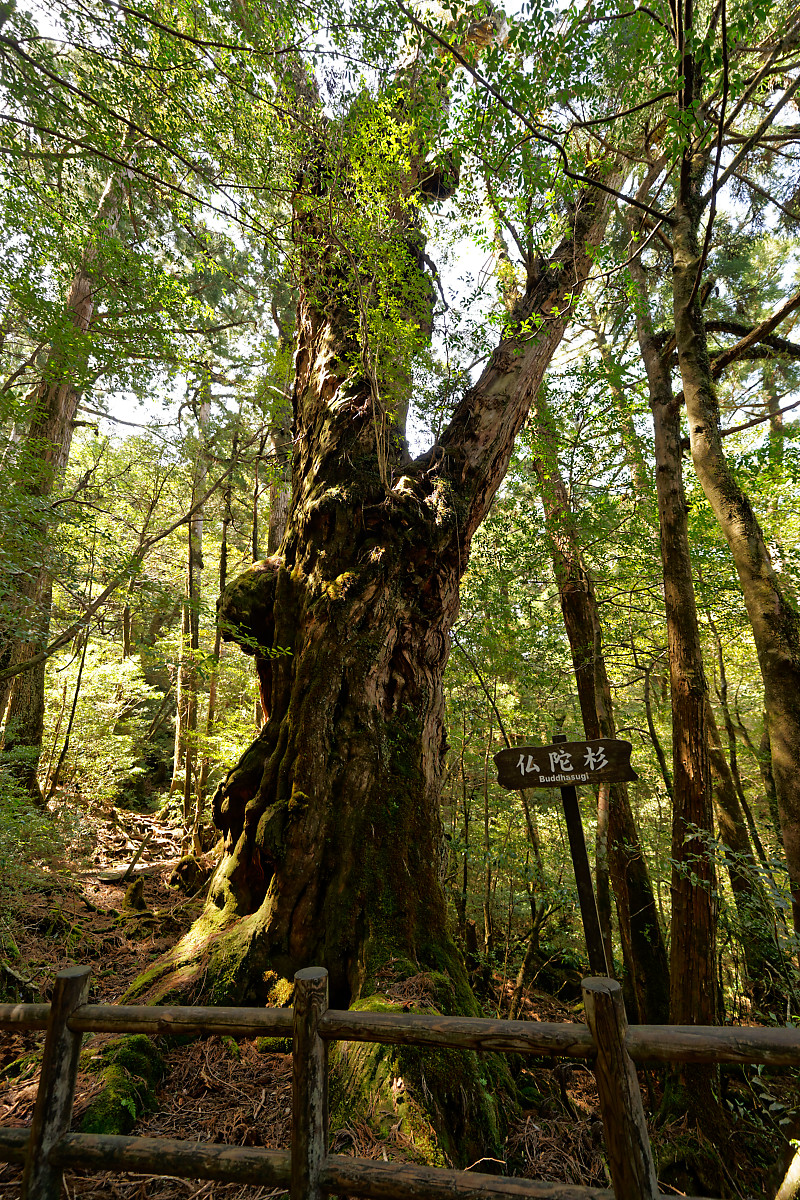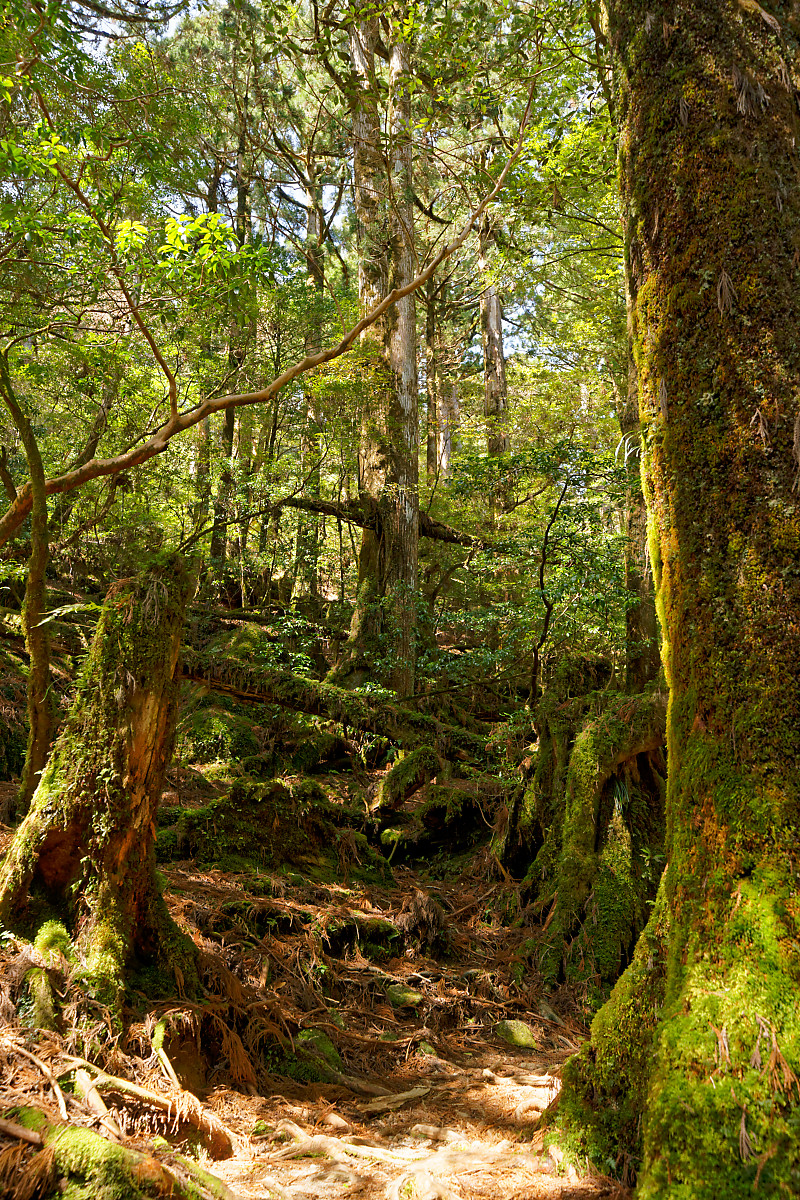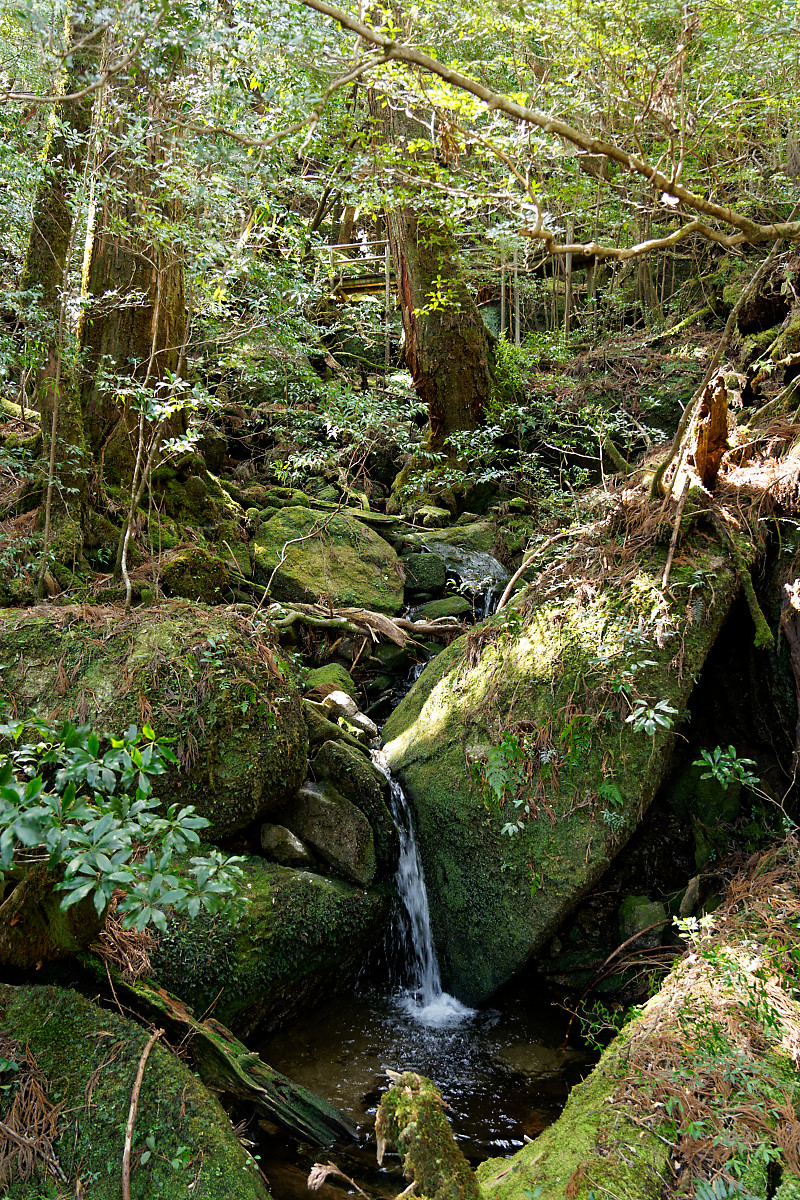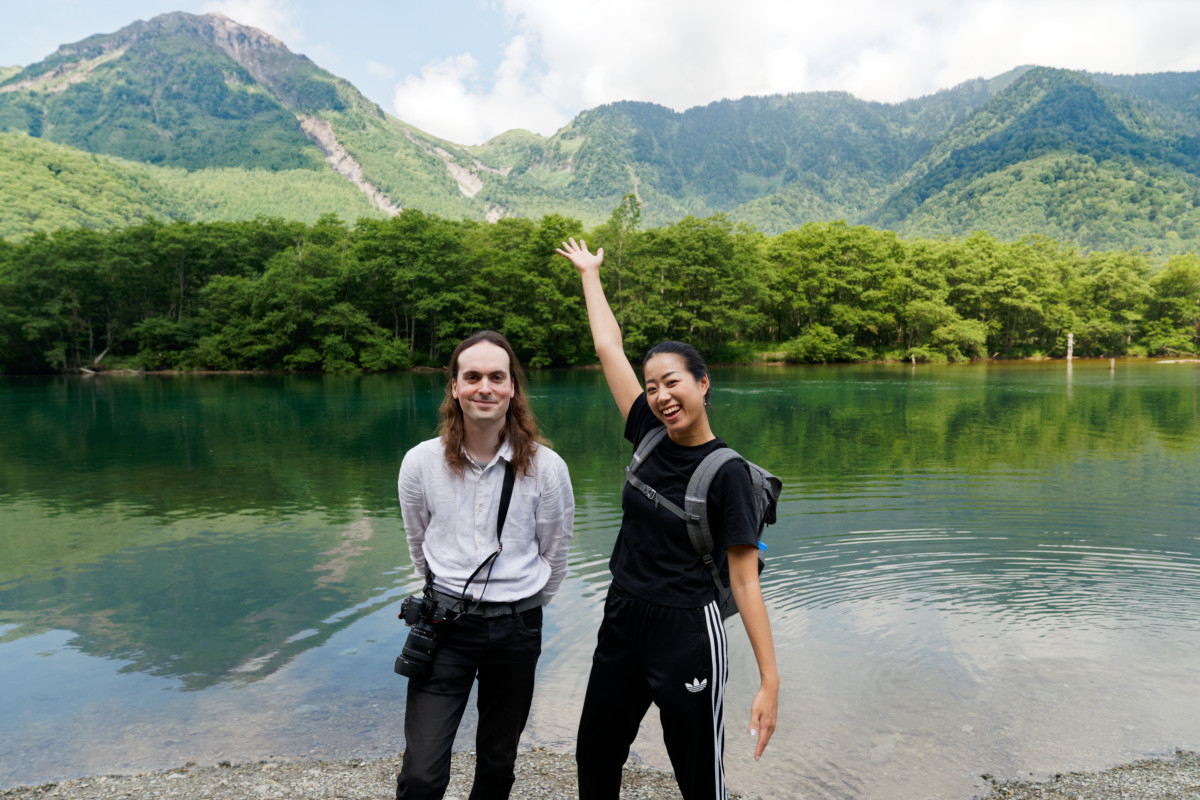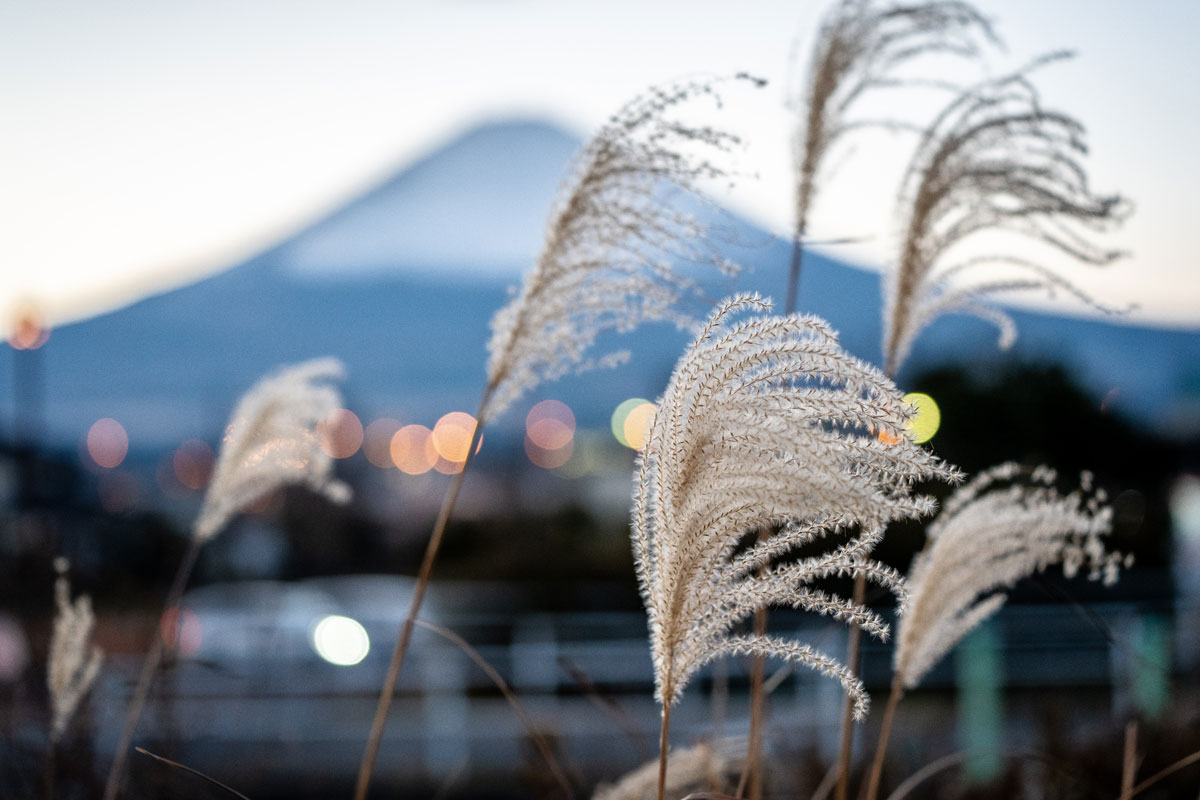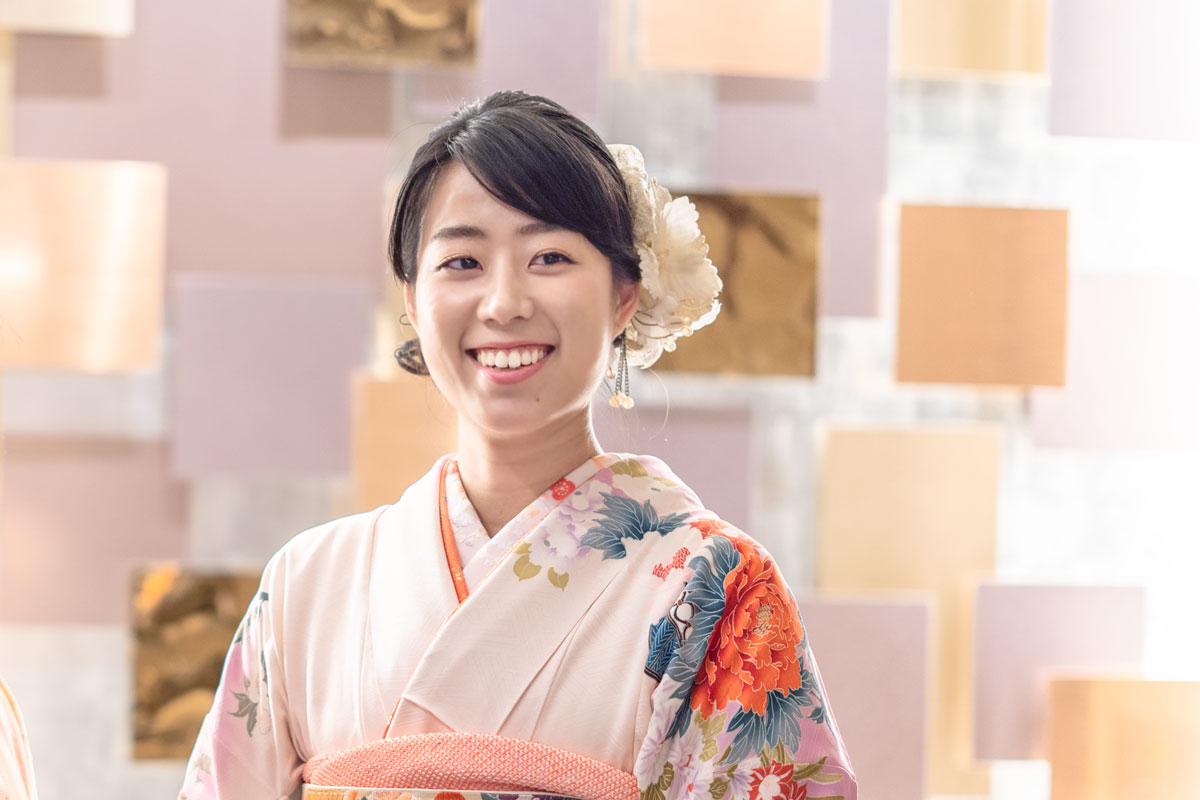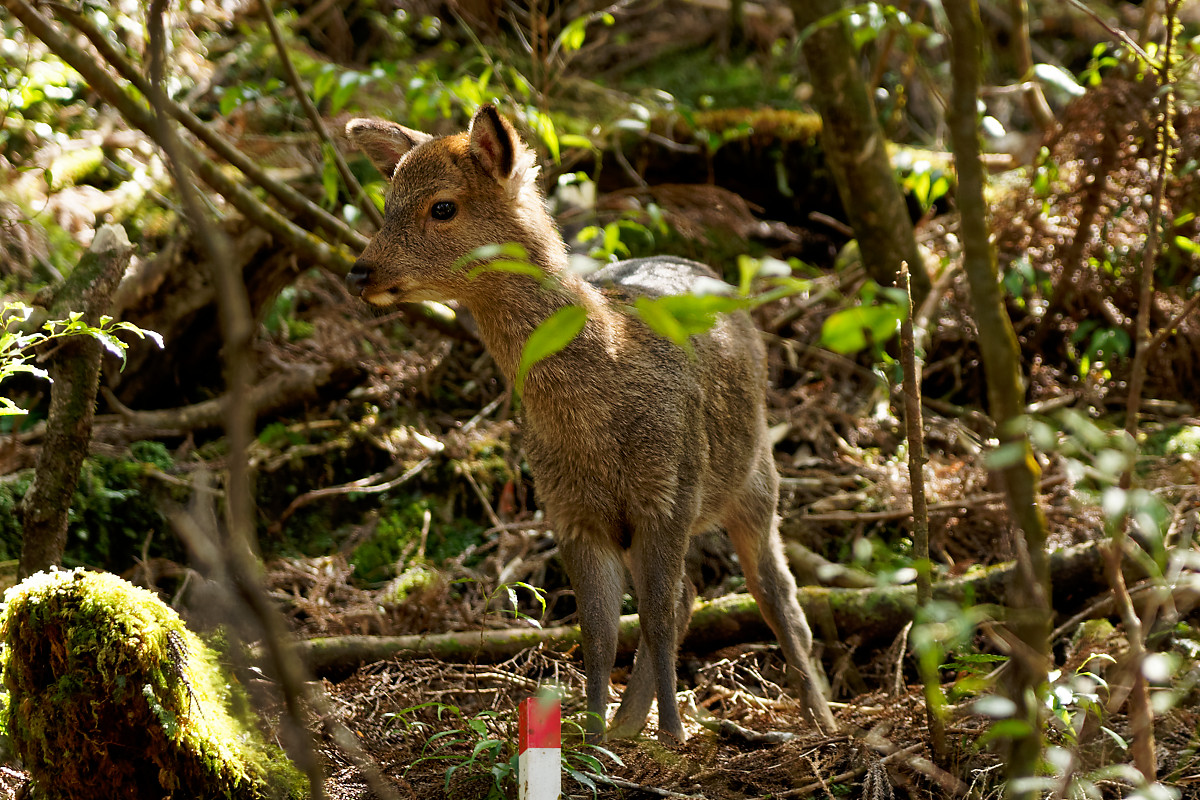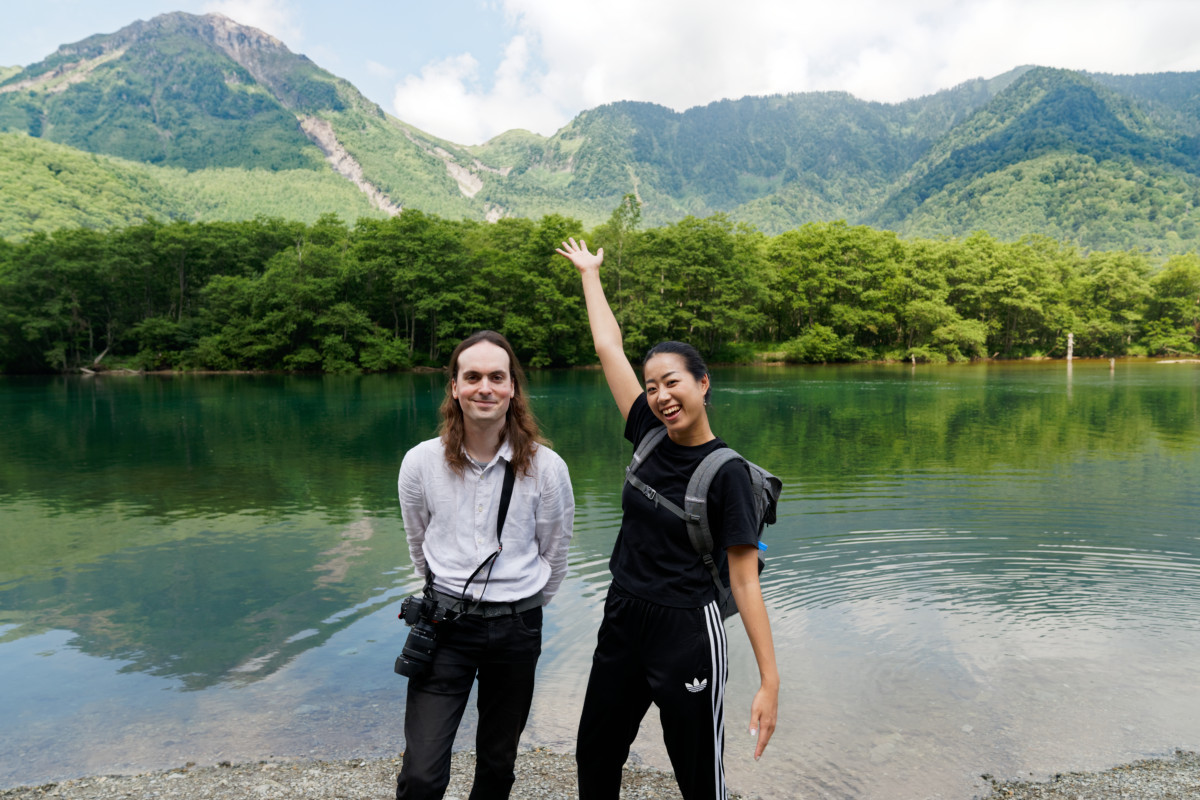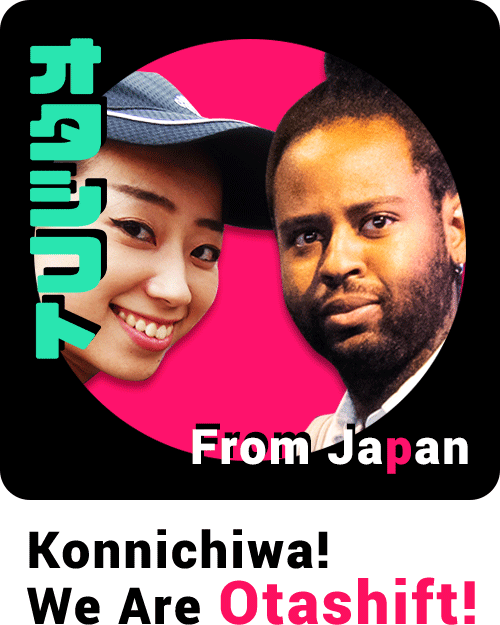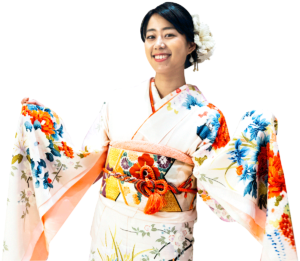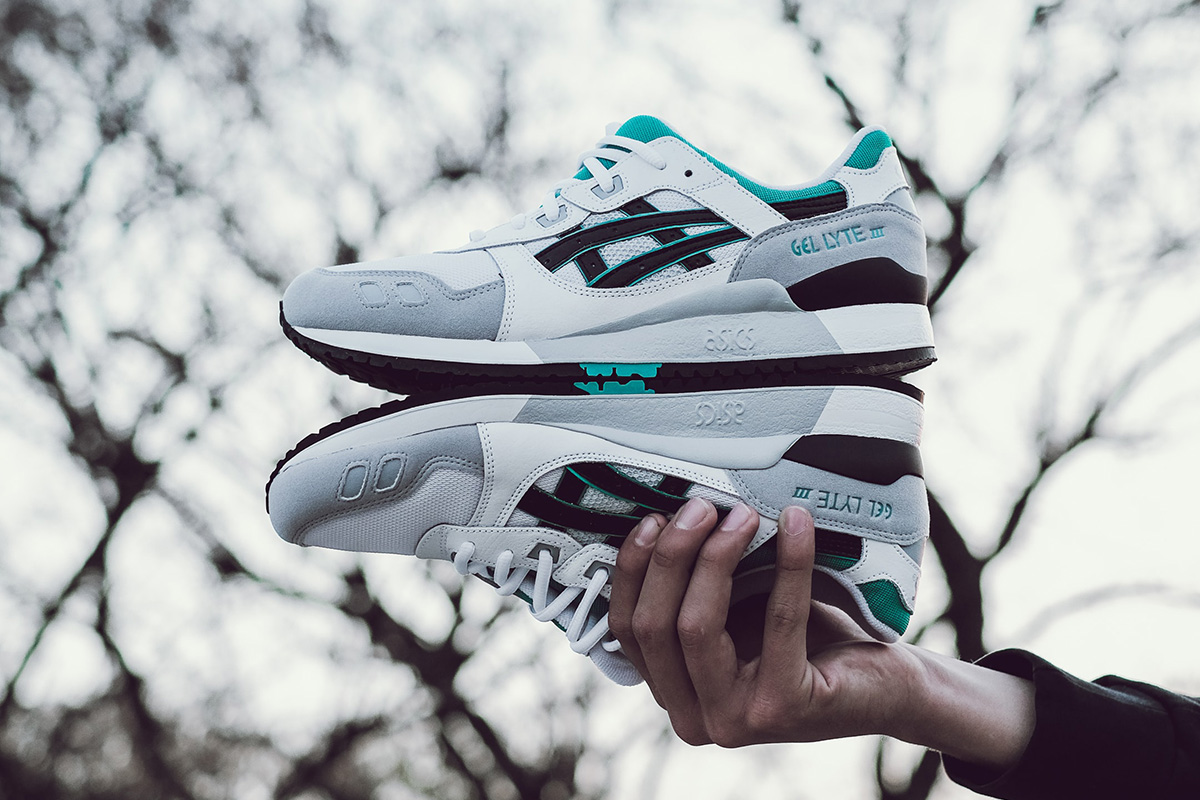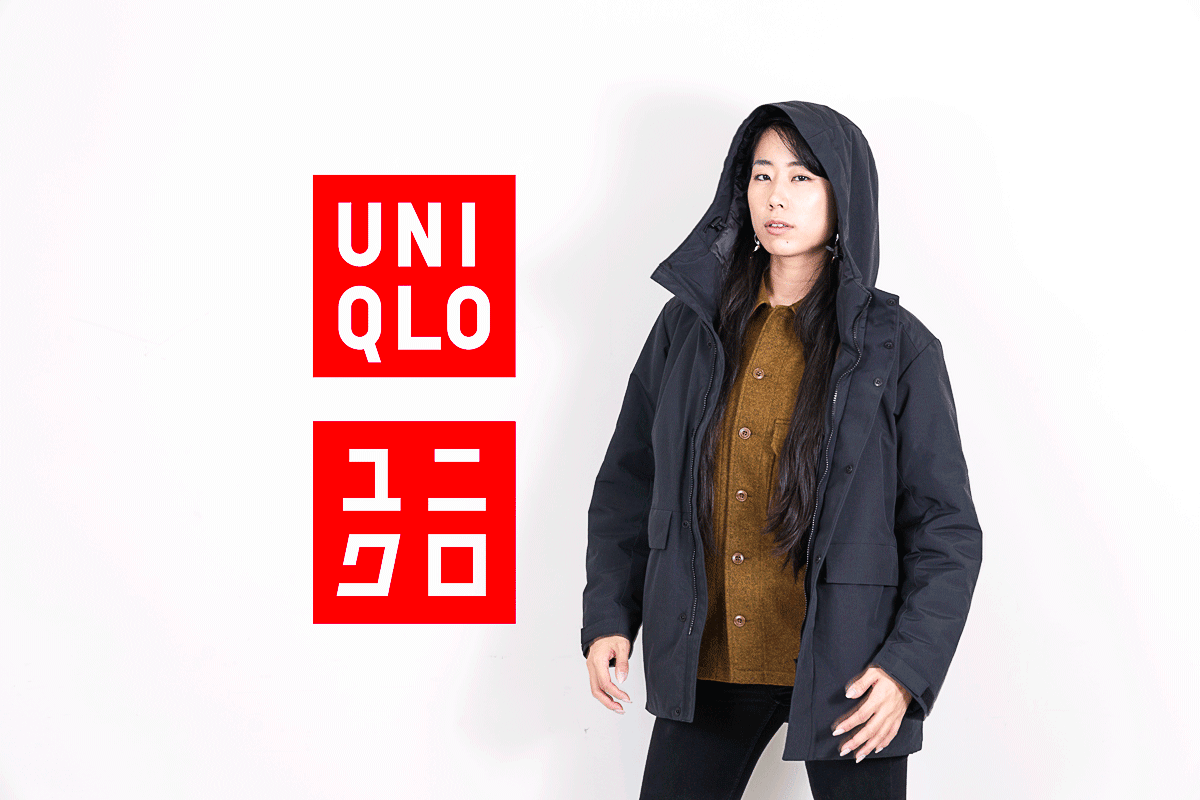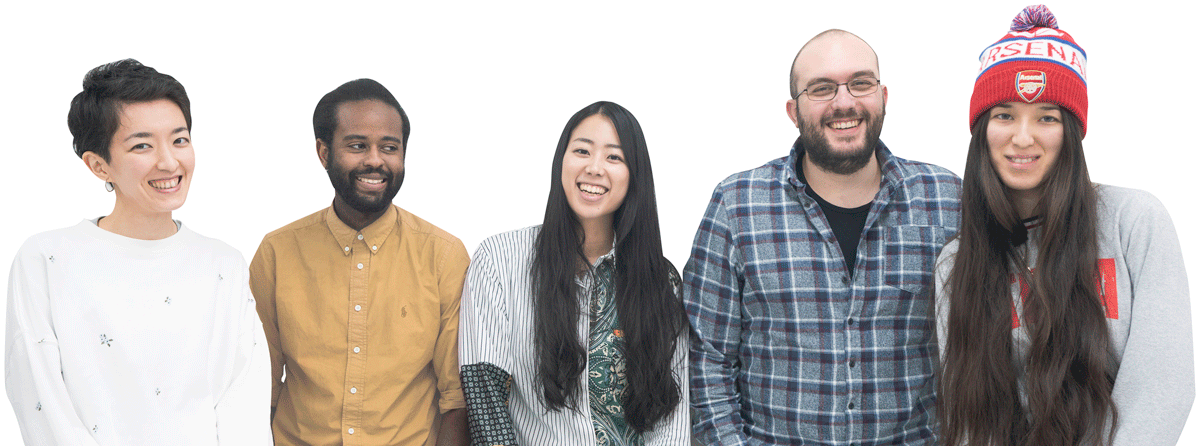I’m pretty sure (or hope) that most of you guys have already watched the movie “Princess Mononoke” from Studio Ghibli. Did you know that Miyazaki and the team based the setting of the movie from a real place in Japan? They did, and the place is called Yakushima, which is located in Kyushu, the southernmost island of the Japanese archipelago. Since I got the chance to visit Yakushima for vacations, I will tell you everything you need to know before going there, and what you can expect.
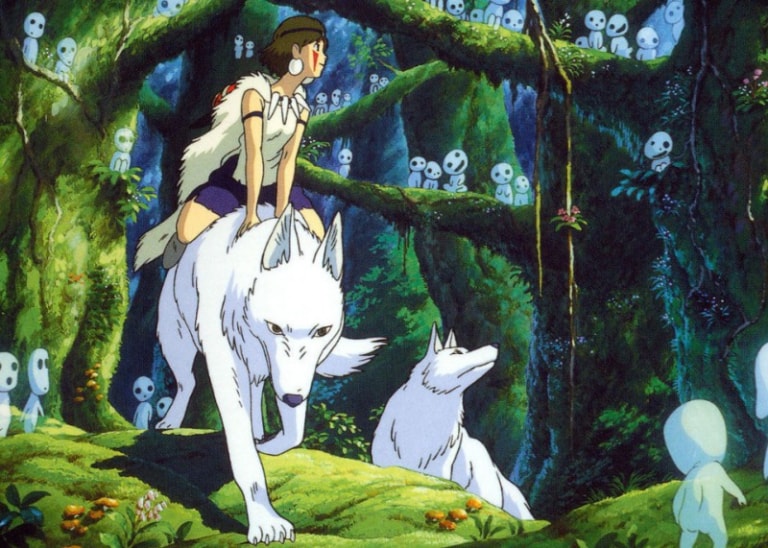
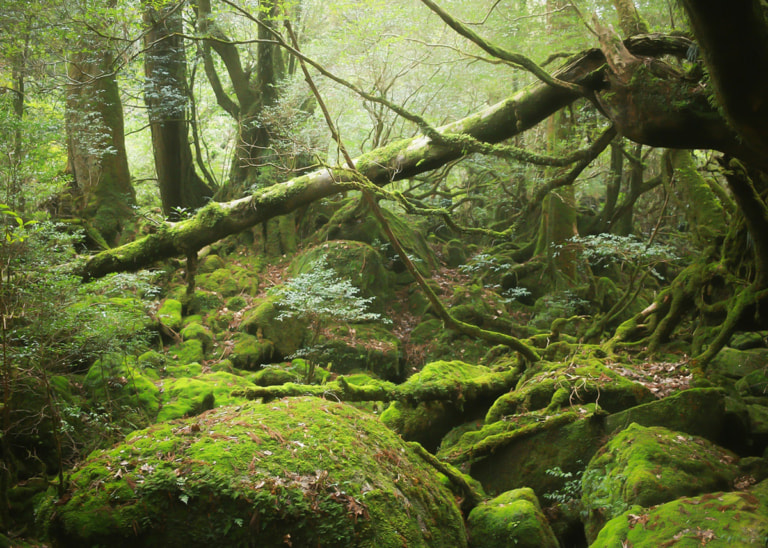
What is Yakushima?
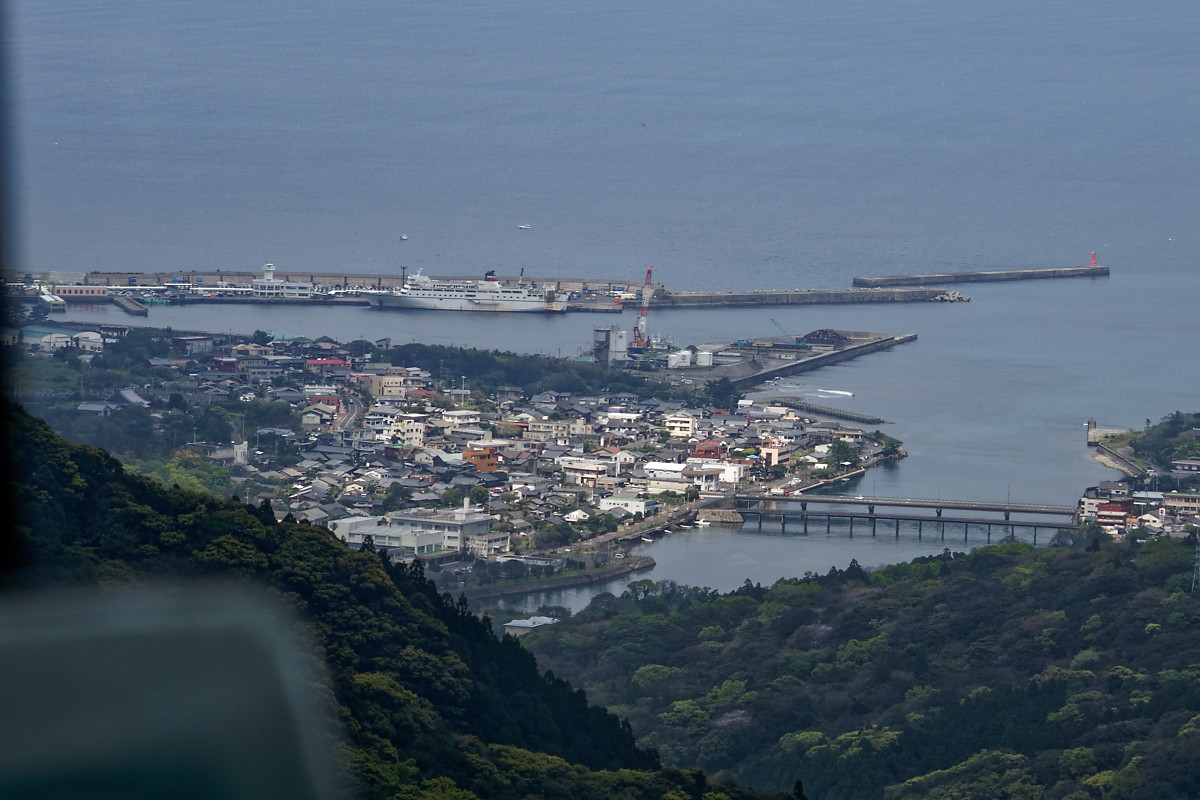
Yakushima (屋久島) is known as a mystical forest in Japan. Its lush cedar forests and spiritual atmosphere are sure to enchant the travelers looking for something unique.
The island is home to only ~13000 people, and 90% of the land is an ancient forest with the oldest tree still alive estimated to be up to 7200 years old!
Despite its shape, Yakushima is not a volcano: it has been formed by an uplifted mass of granite 15 million years ago, which on the geological scale is very recent (the previous mass extinction was 65 million years ago, the current one being right now).
Logged for more than 500 years from the outside-in in a limited way (fallen trees provided enough material for a long time), the forest range from the subtropical to the subarctic depending on the altitude, providing a wide variety of flora from the usual broad-leaved trees, to Yakusugi cedars, to conifers, to grasslands.
As for the trees, to put it simply they are quite particular. Their high resin content keeps them from rotting for centuries after their death, and the rings are very close to each other as their growth is very slow.
This is because the forest soil over the granite bed is poor in nutrients, and these peculiarities made the wood resistant to both water and insects, which was highly valued, and which is why Yakushima people paid their taxes in roof shingles made of Yakusugi wood instead of the usual rice during the Edo period.
Cedar Forest
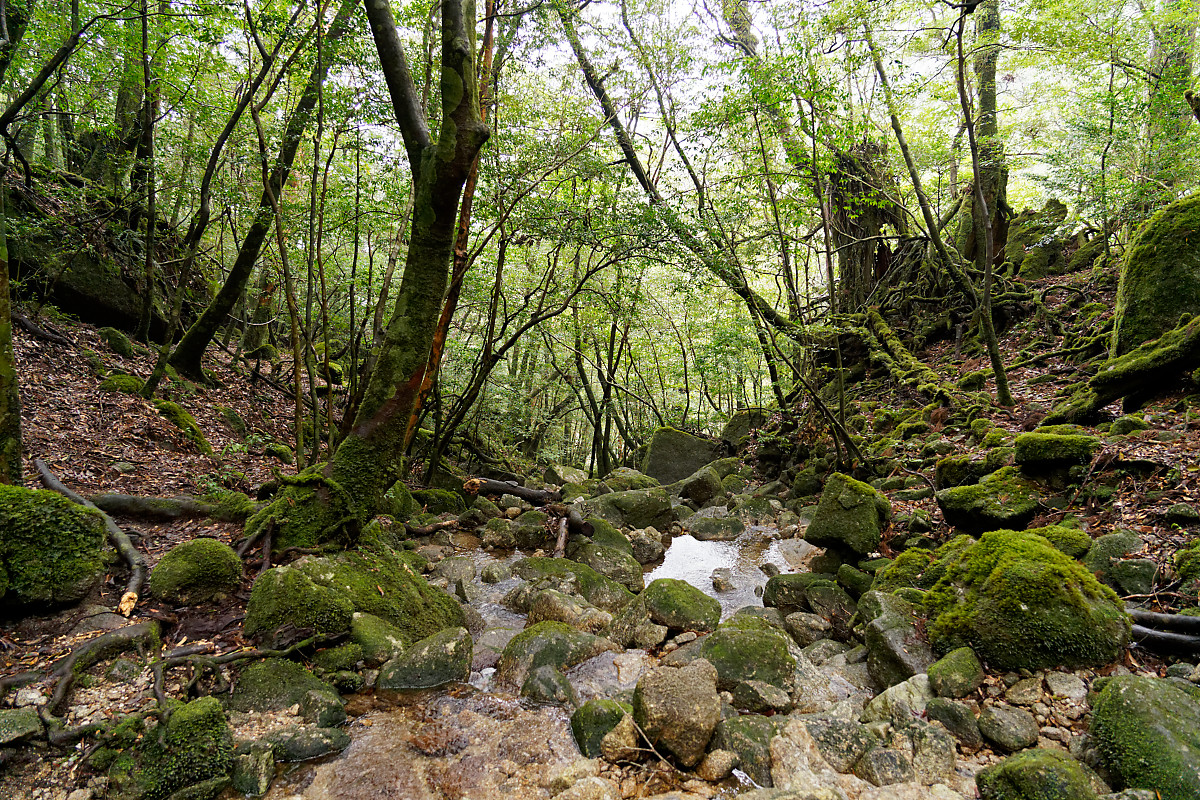
The cedar forest of Yakushima has been recognized as a UNESCO World Natural Heritage Site since 1993 It encompasses the region where no exploitation has been done until now, effectively making this zone one of the few remaining intact old-growth forests.
As the map shows, the green part is cedar forest and UNESCO World heritage site.
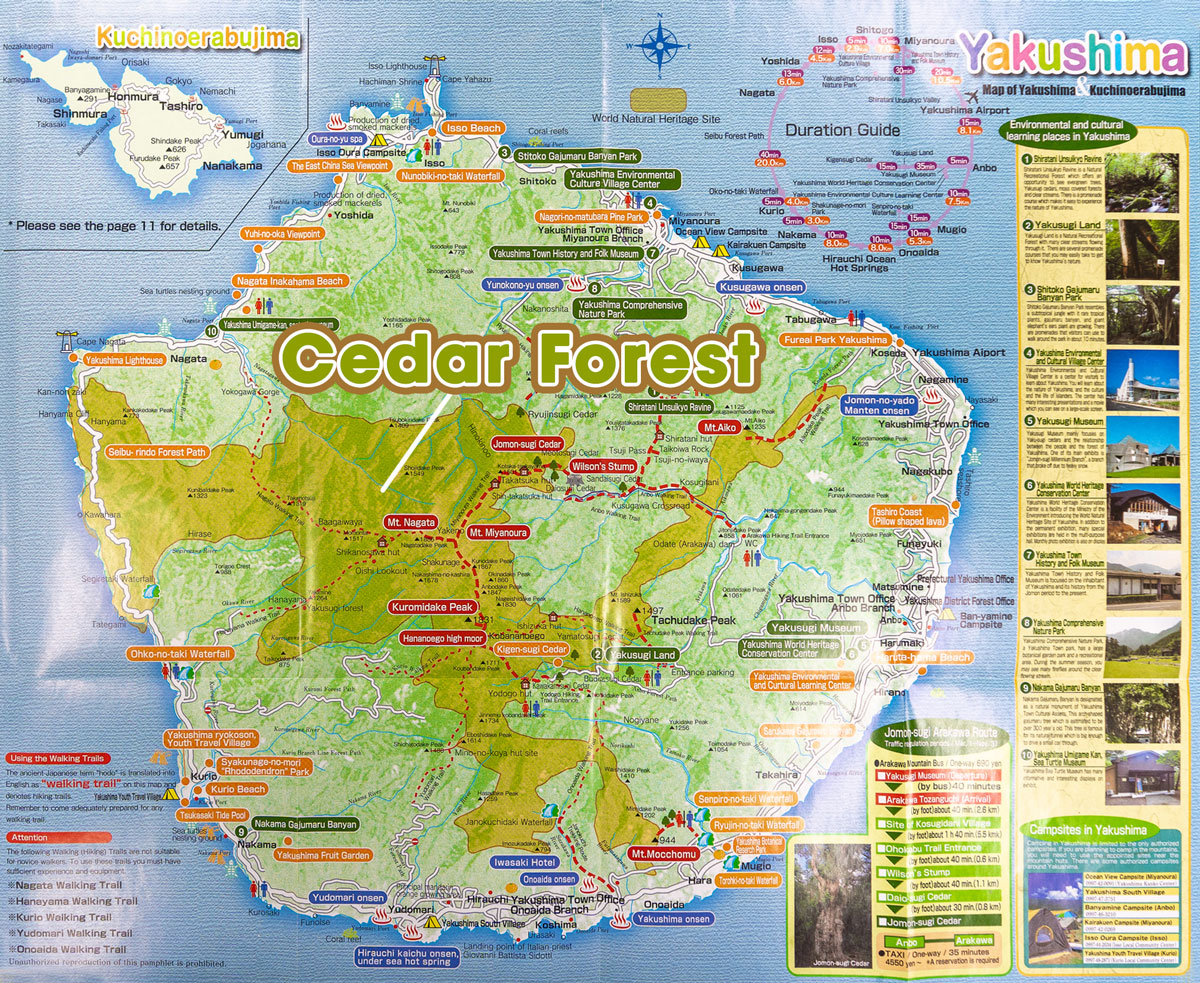
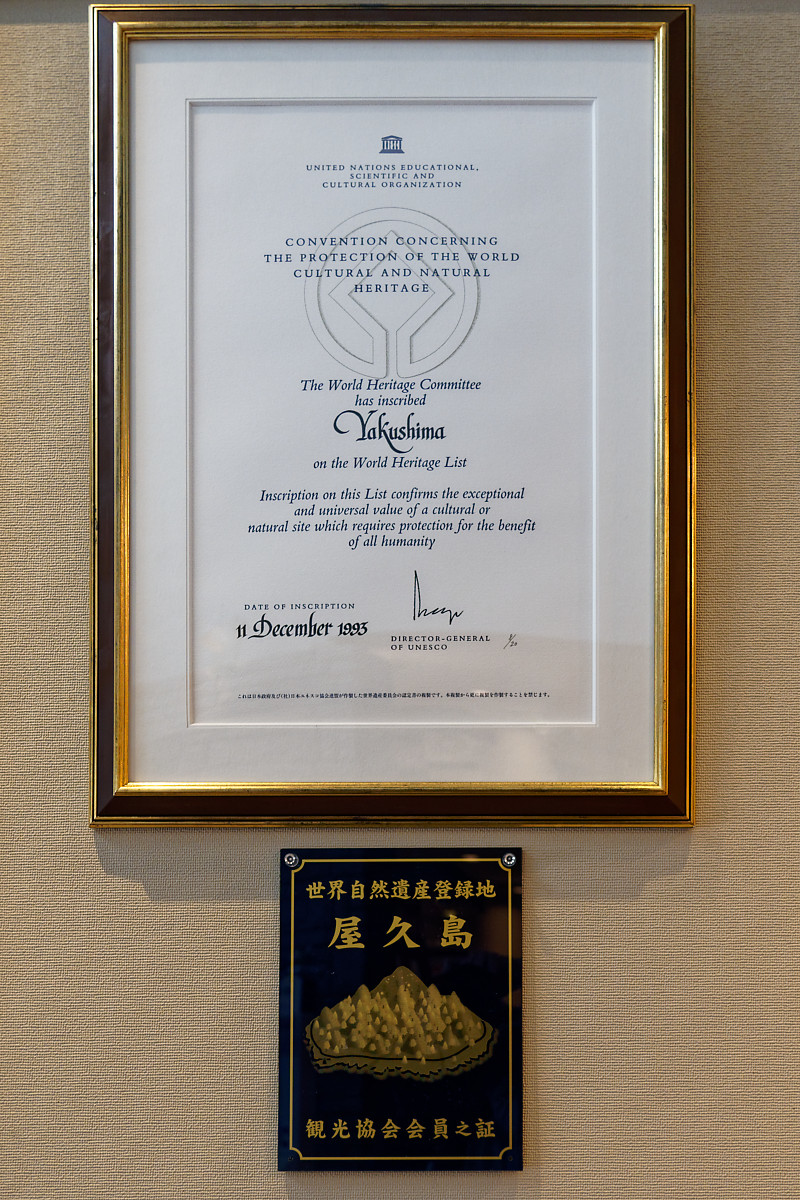
Yakushima Animals
In Yakushima, three main animal species are of note: the “Yaku-Monkey” (a long-haired subspecies of the Japanese monkey), the “Yaku-Deer” (you guessed it: a subspecies of the Japanese deer), and the Loggerhead Sea Turtle.
While the first two can be seen during your walks, for the turtles you’ll have to book a tour with the Nagata Sea Turtles Association during the nesting season (from mid-May to the end of July) or through guided tours (more on that a few sections down).
You can also see some of them in the Yakushima2 ferry linking Yakushima to Kagoshima: pay attention to the opening hours of the turtle room inside the ship!
When to Go to Yakushima
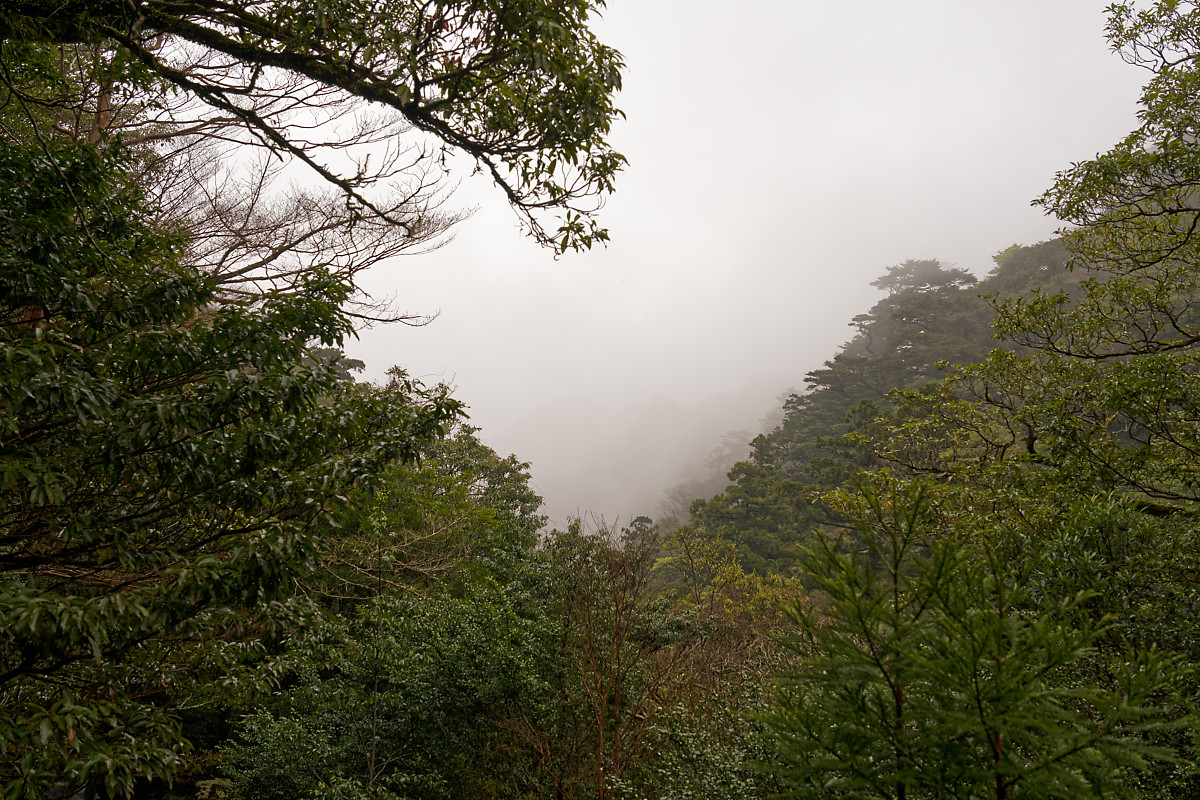
You can go to Yakushima during any season, although the activities will depend on the season of your visit.
However, with an average low of 8.7°C/1.1°F in January and of 19.6°C/67.3°F in August, temperature variations are to take into account, especially the peak rainfall of June.
As a visitor, one important thing to note is that Yakushima is known as a rainforest with an annual rainfall of ~5m near the coast and twice that in the mountains. The climate there is… wet. The wettest of all Japan, in fact.
Half of all the rain falls during peak season between May and August (with a big peak in June), so prepare your raincoat!
If you plan a long day trip to Yakushima, I recommend you go there between March and November because the buses start running three hours earlier during that time.
Myself, I went to Yakushima at the end of March and, even at the colder forecast temperatures, I didn’t experience any problem.
How to Get to Yakushima: Location
Yakushima is a roundish island south of Kyushu. Being an island, there are only two ways to get there: by airplane or by ferry.
By the way, if you are interested in going to Yakushima, here is a potential itinerary including other points of interests in the area:
Using the Kyushu Shinkansen, visiting Kitakyushu, Fukuoka, Kumamoto, and Kagoshima, eventually taking a detour to do Fukuoka -> Nagasaki -> Shimabara by local train and rejoin Kumamoto by ferry.
By Airplane
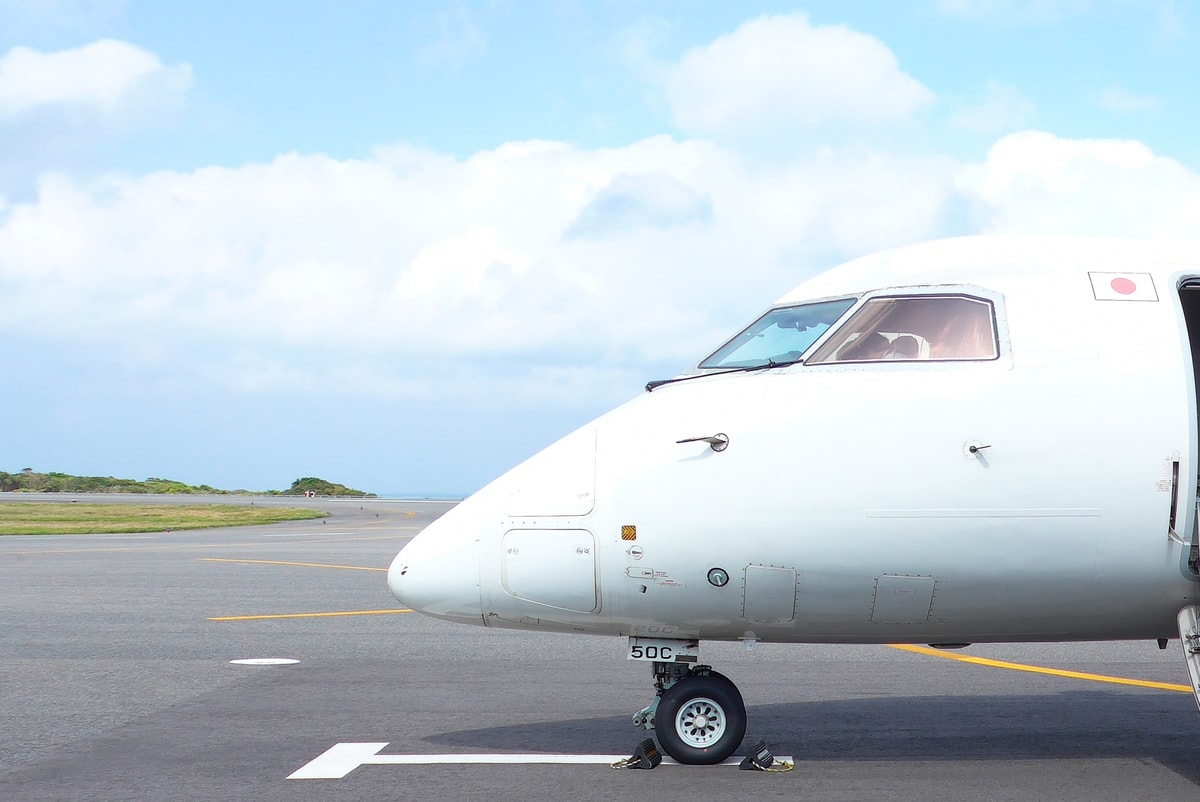
The only air routes are to Kagoshima (40 min away), Fukuoka (~1h) and Osaka (~2h) with Japan Airlines.
In this case, you can settle near the airport or either rent a car or take a bus to go to one of the two main populated areas of the island: Anbo (East) and Miyanoura (North-East).
By Ferry
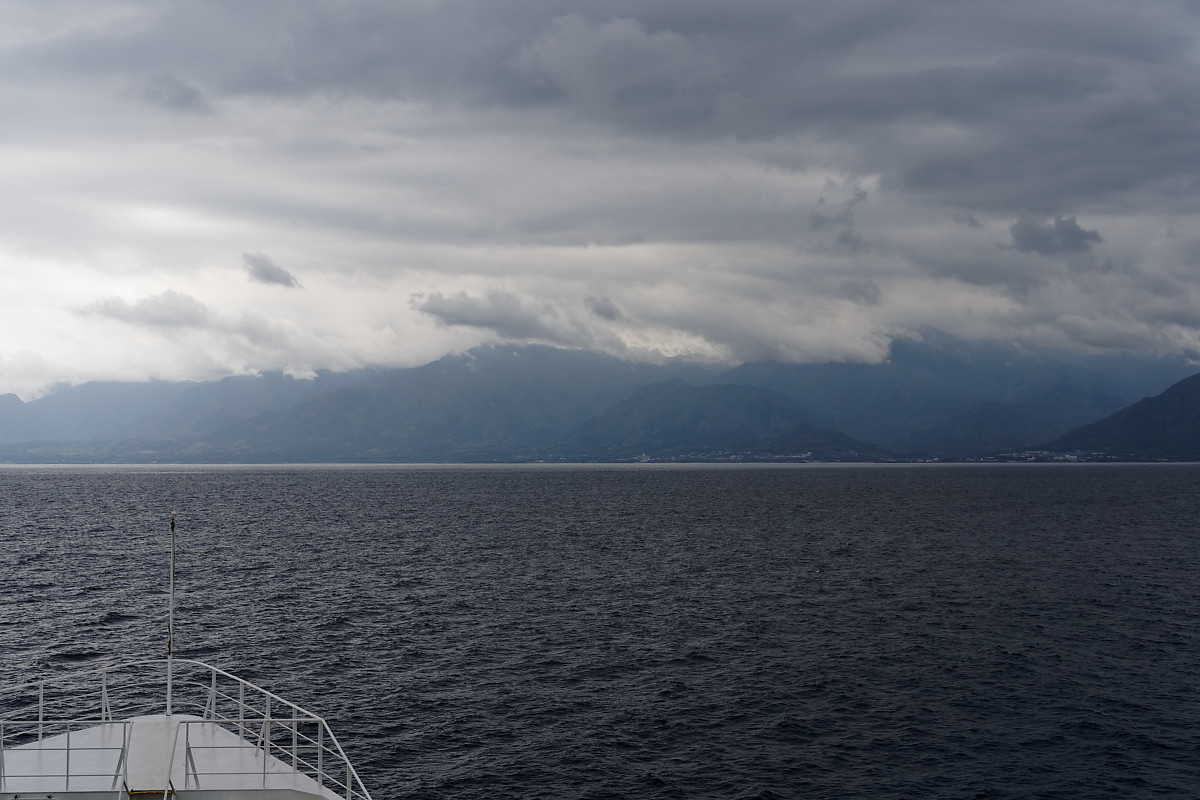
Ferries come from the nearby island of Tanegashima, Ibusuki (the southernmost port of Kyuushuu, known for its sand bath) and Kagoshima.
From Kagoshima, the two companies are Yakushima2 and Hibiscus.
You can board your car on both ferries, but it’s probably way more economical to just rent one on the island.
Kagoshima Airport is reachable directly through most big airports of Japan (including the two Tokyo airports, the two Osaka airports, Nagoya, Shizuoka, Kobe and Naha), and is linked to the center of Kagoshima through a Limousine Bus (~50 min). It is linked to the center of Kagoshima by a Limousine Bus (~50 min).
Yakushima2
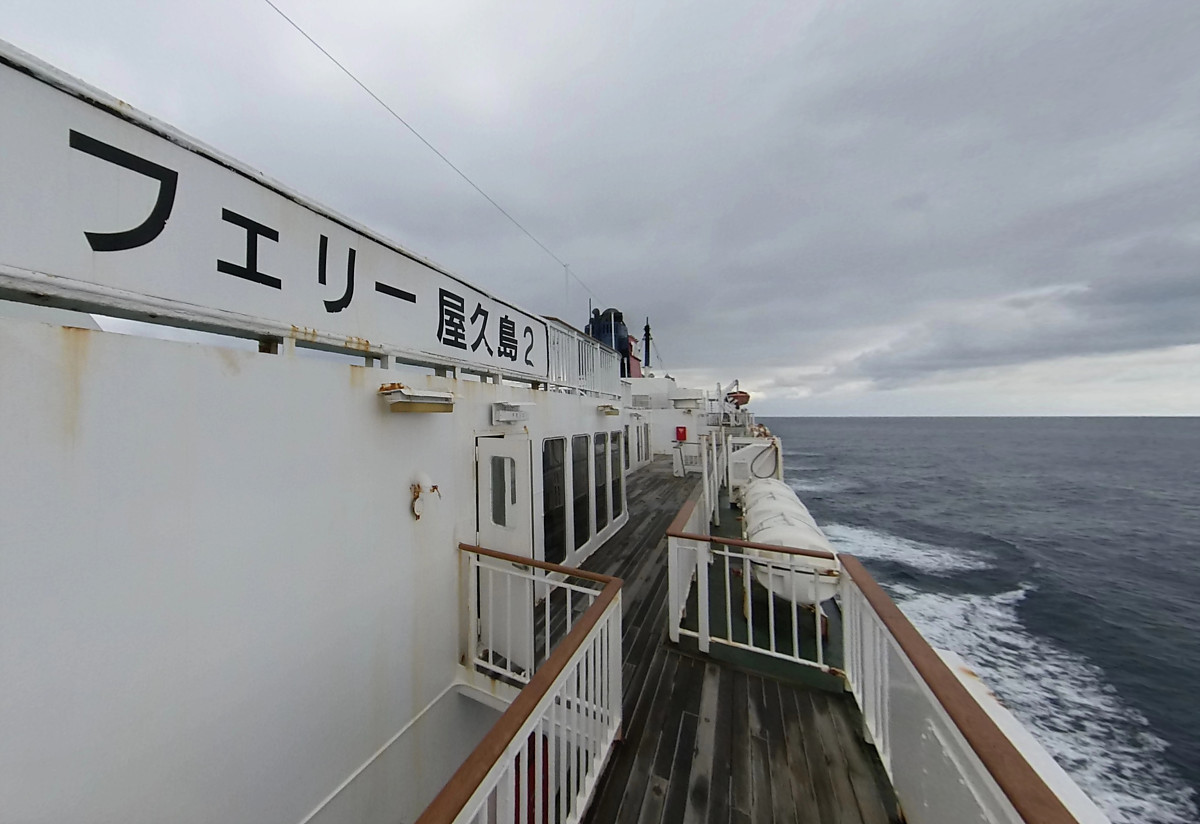
As there’s only one ship the timetable is quite simple!
- Kagoshima -> Yakushima : leaves at 8:30, arrives at Yakushima at 12:30.
- Yakushima -> Kagoshima : leaves at 13:30, arrives at Kagoshima at 17:40.
A classy boat with everything you’ll need: comfortable observation deck, souvenir shop, vending machines, a restaurant, a “turtle room”, a small library to read manga, … and if you want to spend the extra money you can get a private room.
The port used by Yakushima2 is quite close to the center of the town, having a tram station nearby.
00:00 – 00:00 (last admission at 00:00). Open Everyday. Closed on Weekend.
15 minutes from Izurodori Station (Kagoshima Shiden N°1 & N°2)
Second class adult: ¥5,000 ($33.13) one-way, ¥9,500 ($62.95) round-trip.
Second class student: ¥3,500 ($23.19) one-way, ¥7,000 ($46.39) round-trip. Second class children: ¥2,500 ($16.57) one-way, ¥4,800 ($31.81) round-trip.
Booking: The official ferry website (Only in Japanese)
Hibiscus
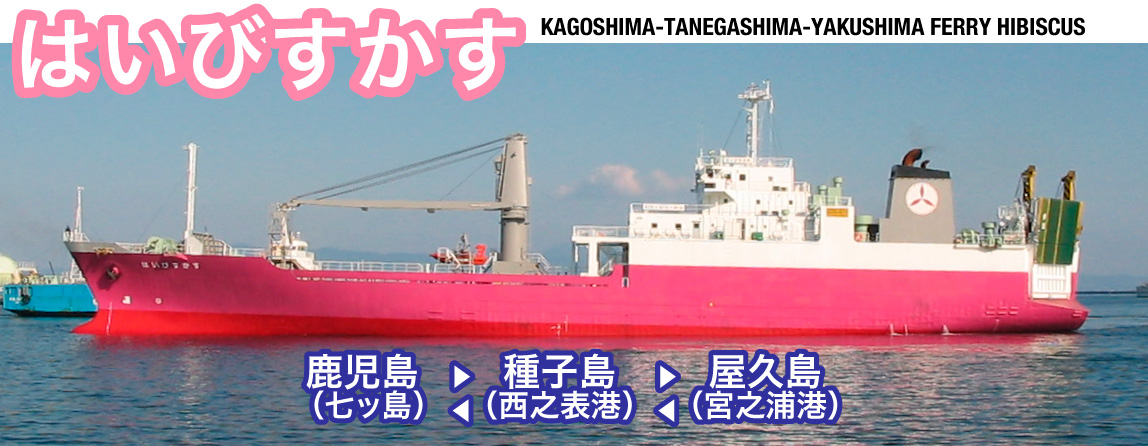
As with Yakushima2, there’s only one ship, and its timetable is as follows:
- Kagoshima -> Yakushima : leaves at 18:00, stops at Tanegashima for the night (21:40 to 5:00), arrives at Yakushima at 7:00.
- Yakushima -> Kagoshima : leaves at 8:10, stops at Tanegashima for 50mn (10:10 to 11:00), arrives at Kagoshima at 14:40.
Unlike the Yakushima2, this ferry is quite rustic and only has the bare minimum of services for passengers.
The port used by Hibiscus (Kasyo-kaiun Kagoshima) is located quite far away from the town, and doesn’t have quick and easy public transportation nearby, so if you chose this company, maybe because you have a plane to board at a time only this ferry allows, be prepared to walk a lot or to call a taxi (speaking from experience).
37 minutes from Sakano-Ue Station, 34 minutes from Goino station (sharp slope in each case, both on the Ibusukimakurazaki Line)
Adult: ¥3,900 ($25.84) one-way, ¥7,800 ($51.69) round-trip.
Student: ¥3,240 ($21.47) one-way, ¥6,480 ($42.94) round-trip.
Booking: The official Hibiscus website
The Jetfoil (hydrofoil)
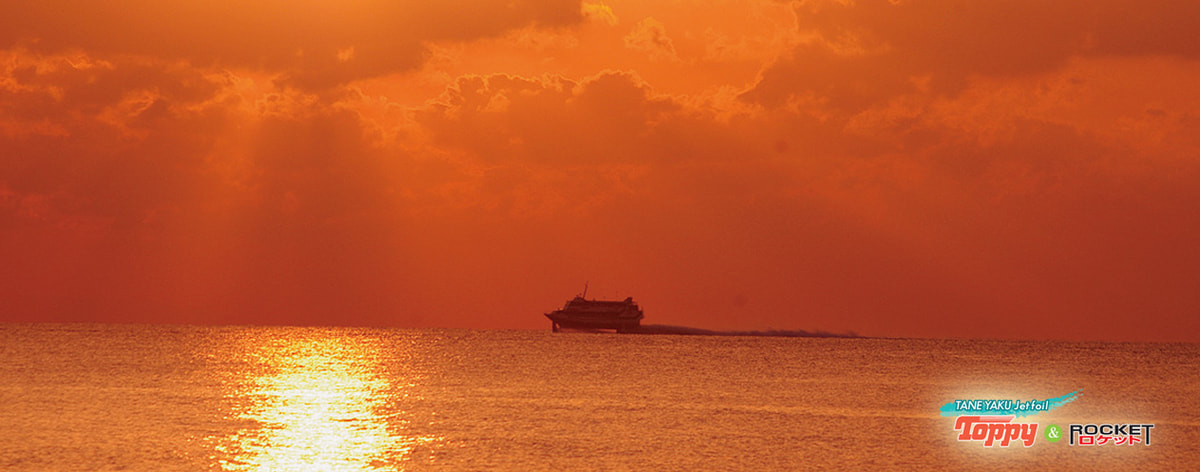
Here’s the “yes I have money” option. Probably not the most energy-efficient method, but the quickest way to get to Yakushima. While the ferries take between four and five hours from Kagoshima, the hydrofoil takes only two. You’ll have to register beforehand through the website in Japanese, though.
¥9,200 ($60.96) one way and ¥16,600 ($110.00) round-trip (includes a discount for the return trip)
Booking: The official Jetfoil website (only in Japanese)
Getting to The Center of Yakushima
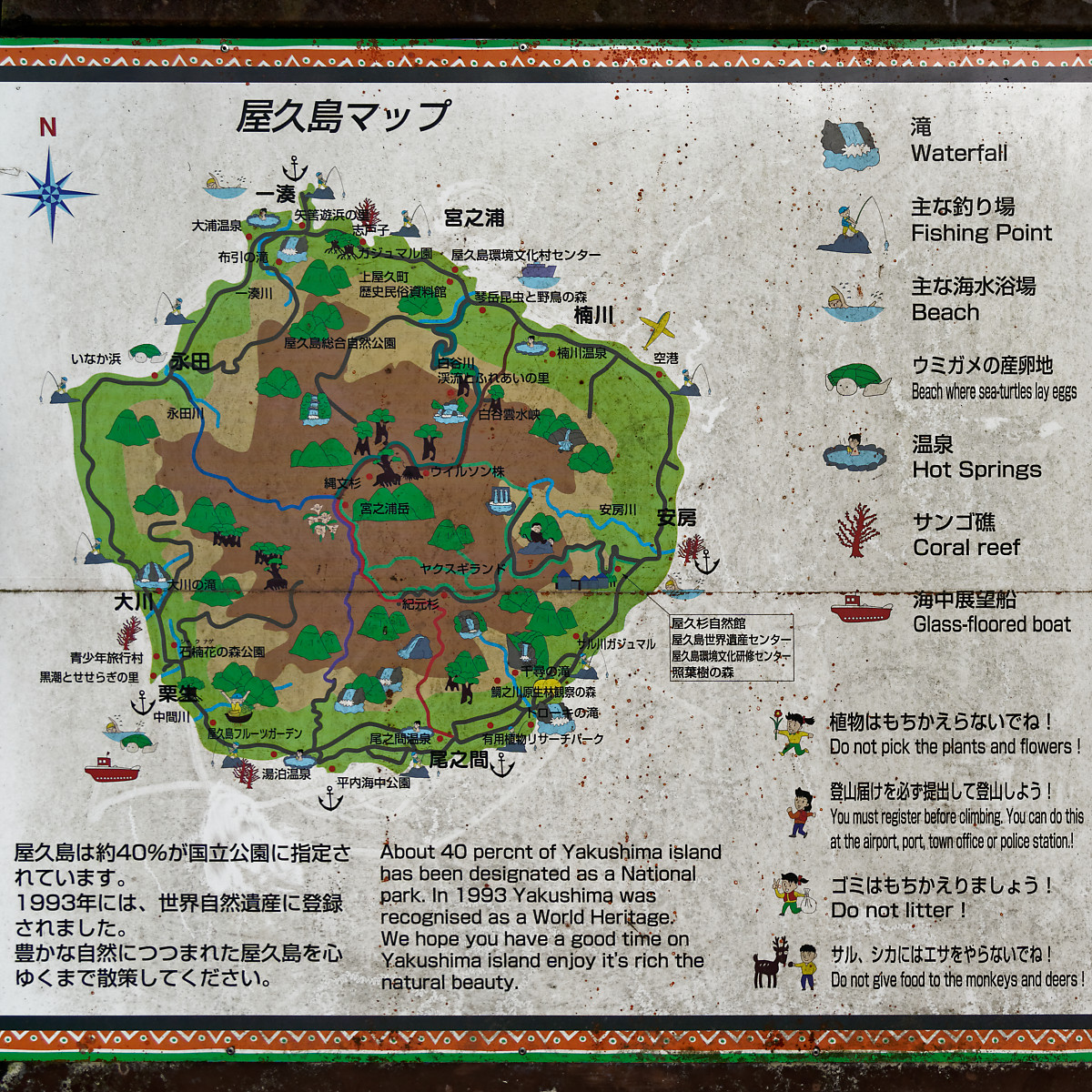
Yakushima is quite simple. It’s a round island with a road near the coast. Kinda like Iceland, but way smaller.
Note that some areas are restricted to authorized vehicles only, so check before arriving.
By Bus
A bus service runs on most of the loop (the mid-western part of the island after the Oko-no-taki Waterfall is not covered) from 4h45 until 19h00 during peak season, then other smaller lines connect the loop to areas inside Yakushima.
You’ll find an updated timetable at many shops or tourism information centers, but to make sure please check the timetable on the Yakushima Tourism Association website (look for “Tane-Yaku Kotsu Bus Timetable(Eng)”).
Depending on how long you’ll stay and what you’re planning to see, buying a Unlimited-Ride Free Pass for the main bus line could be a good investment. The cost is ¥2,000 ($13.25) for one day, ¥3,000($19.88) for three days and ¥4,000 ($26.51) for four days (half-price for children).
The Unlimited-Ride Free Pass can be bought in many places, such as the airport, some shops and hotels, and the tourist information centers.
You’ll find the up-to-date list of resellers at the bottom of the bus timetable.
Oh, and one bit of information that could be useful: the button to ask the bus to stop is located above the seats: お降りの方はこのボタンを押してください.
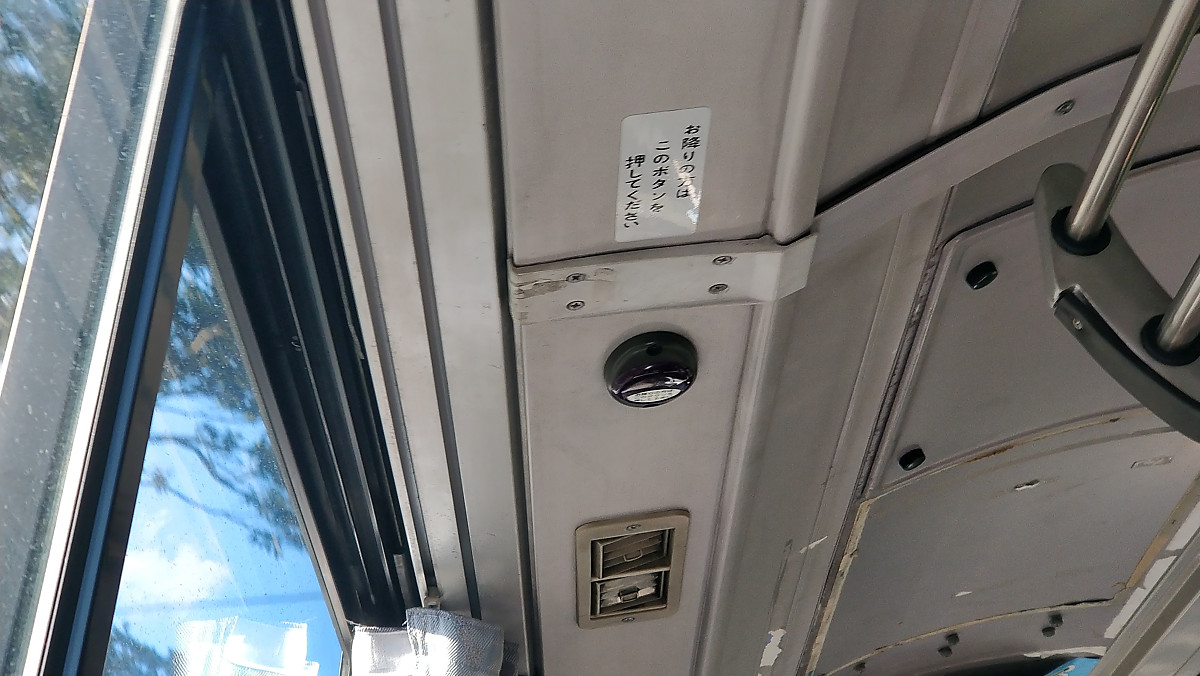
By Bike
You can also rent a bike in Anbo, Hirauchi (South) or near the airport. However, given the nature of the island, it wouldn’t be wise to use a bike to go towards the center unless you like biking on slopes.
And Yakushima’s circumference is 132 km, so I wouldn’t recommend going around the whole island unless you’re the sporty type.
By Car
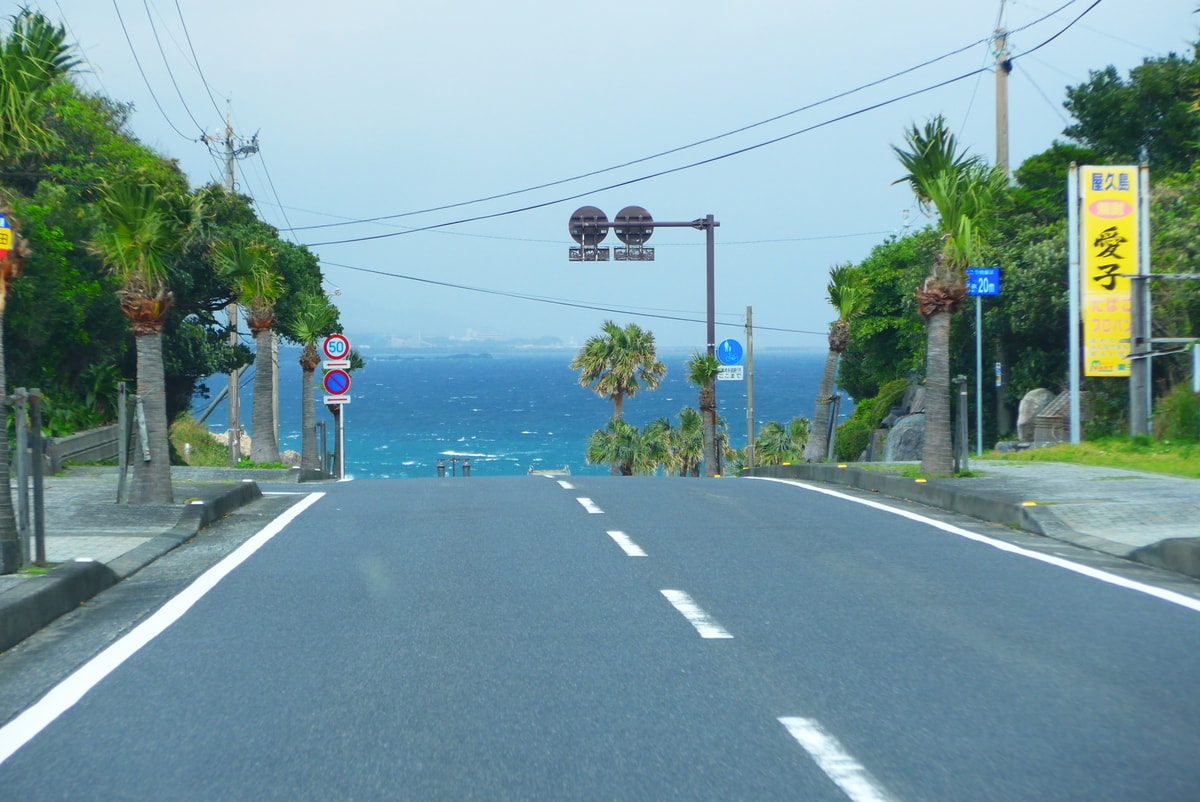
You can rent a car in many places, including the airport, Anbo and Miyanoura.
Of course you’ll need a driver license that is valid in Japan (which implies that you bought a license translation at a JAF Branch, if you have a foreign license).
Major Spots You Must See in Yakushima
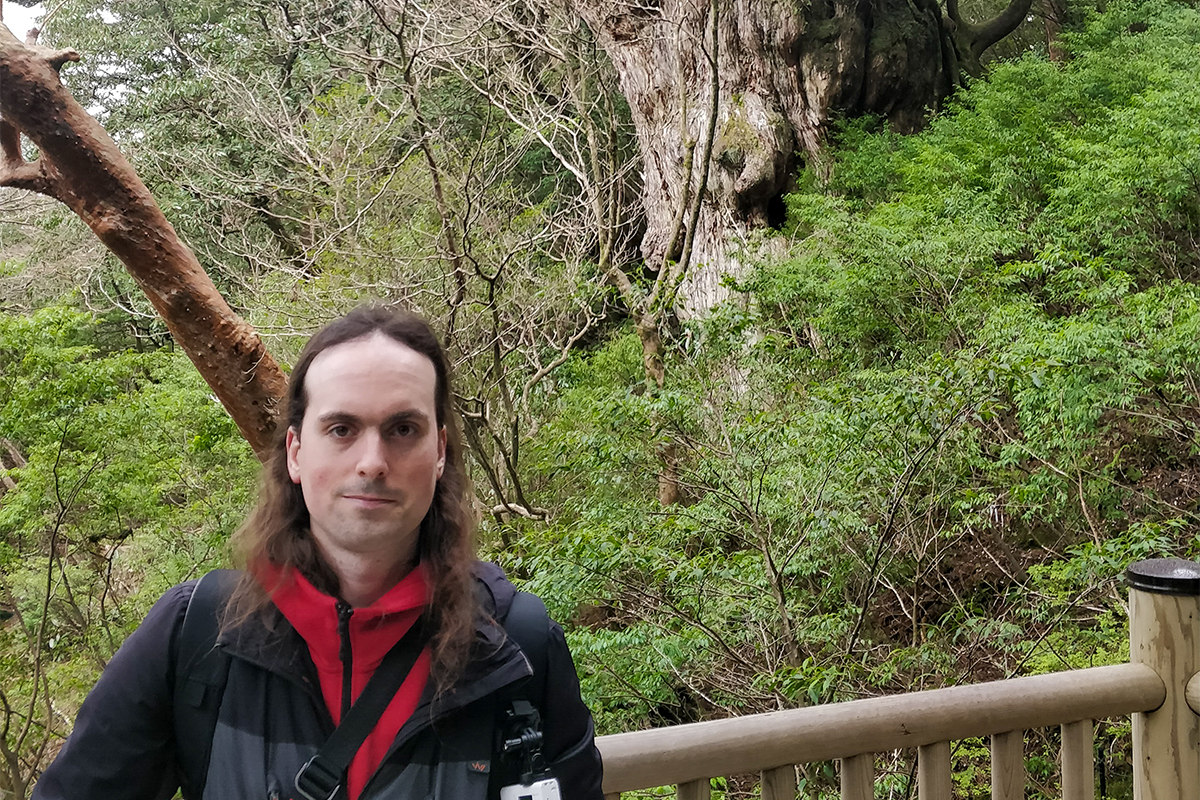
There are two major spots everyone goes to while visiting in Yakushima: Jomon-Sugi and Shiratani Unsuikyo Ravine. To visit both, you will need three days and two nights in Yakushima.
1. Jomon-sugi
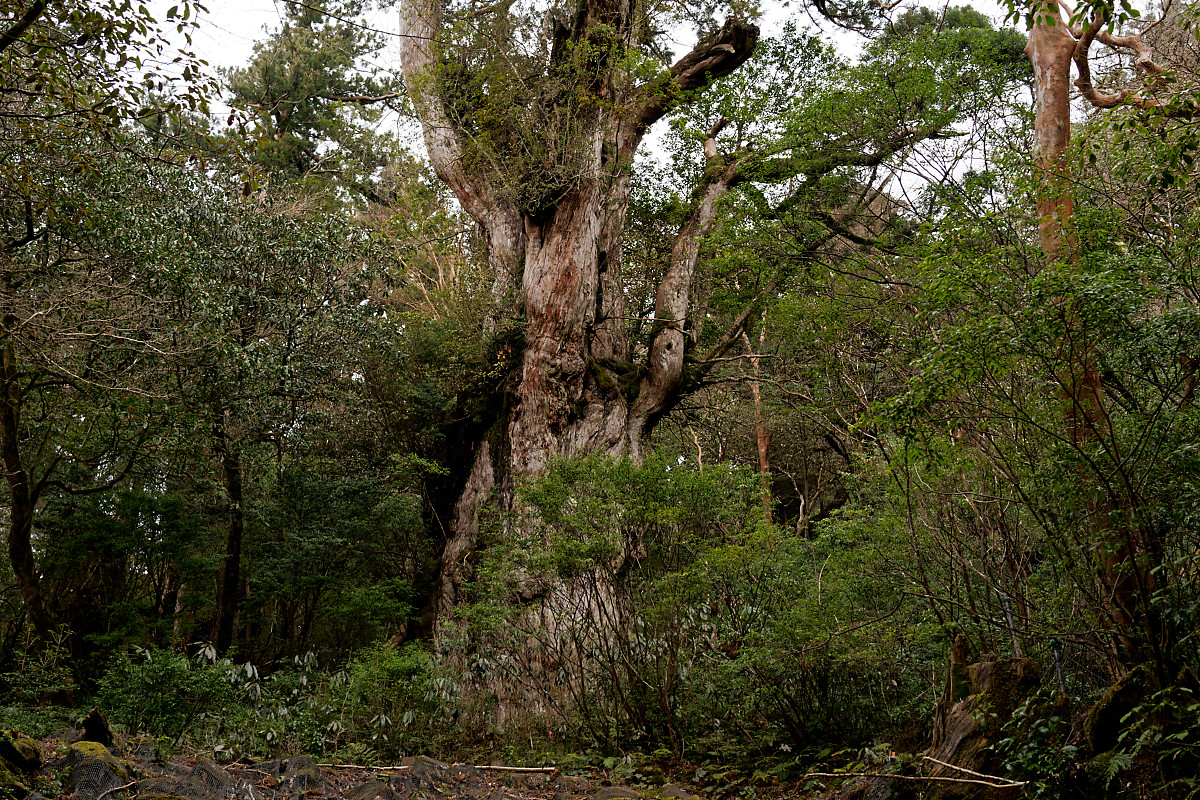
The tree Jomon-sugi (縄文杉) is the star of Yakushima. It’s the symbol of the island.
As mentioned in the introduction, some trees are really ancient and Jomon-sugi (縄文杉), found during the sixties, is the one that could top them all, being up to 7,200 years old.
Another interesting fact is that more than 10 different species of woody plants grow on it. The tree being located at ~1300 m, the end of the path will be colder than the beginning.
Depending on how much effort you’d like to put into it, there are many ways to reach Jomon-sugi:
Through the Arakawa Hiking Trail
- The usual path. You’ll find a number of hikers there, so it’s also a safe bet. Count approximately 10 hours do to the round trip.
- Note that the bus required to get there (the Arakawa Mountain Bus, departing from the Yakusugi Museum) isn’t covered by the “Unlimited-Ride FREE PASS” so you’ll have to buy tickets (¥2,400 for the round-trip, including a compulsory “donation” of ¥1,000 to help maintain the trail, but you can give more if you want).Also note that you can’t go to the start of the trail by yourself (car/bike/bicycle). Access is limited to authorized vehicles to protect the area. More information is available on the “Jomonsugi・Arakawa RTE Traffic REG(Eng)” document of the Yakushima Tourism Association downloadable files
Through the Shiratani Unsuikyo Ravine path
- Both the Arakawa Hiking Trail and the Shiratani Unsuikyo Ravine path join at the Kusakawa Crossroad. Refer to the maps to see more.
Through Yakusugi Land
- This path leads you to the walking trails near the highest points of the island (above 1800m), so it may be wiser to do it with a guide.
We followed the Arakawa Hiking Trail, and here’s how it went:
- We left the hotel at 4:30 am, finding outside the bento boxes that we ordered the day before, and took the first bus at 4:48 in front of the hotel.
The bus stopped at the Yakusugi Museum, where the Arakawa Mountain Bus took us to the beginning of the trail.
- The sun was already up when we started the hike at 6:30, at an altitude of ~600m, by walking along train tracks previously used when the logging activity was still ongoing, for ~8.5km.
While this part of the walk was pleasant at the beginning, I won’t lie, it got a bit boring after a while.
- After two hours, the tracks ended and the “hard” part started It’s at this point that the slope starts to get more and more steep.
- After passing by a Yaku-Deer foraging near the path, we reached the Wilson’s Stump, known for the heart-shaped hole in its center (that is, if you find the right camera placement…) and a small shrine.
- We then quickly reached the limits of the World Natural Heritage Property and once inside, the climb became a bit dangerous at times. But we kept going on and ended up meeting good old Jomon-sugi at 10 am.
- A new platform was built in 2017 to provide good points of view of the tree while protecting it from visitors.
Also note that eating as well as drones are explicitly forbidden near Jomon-sugi.
- We stayed there for a good 30 minutes, and then returned to the start of the trail, arriving there at 2:30pm, way before the last bus departure (at 6pm at the time, but it can be before depending on the date).
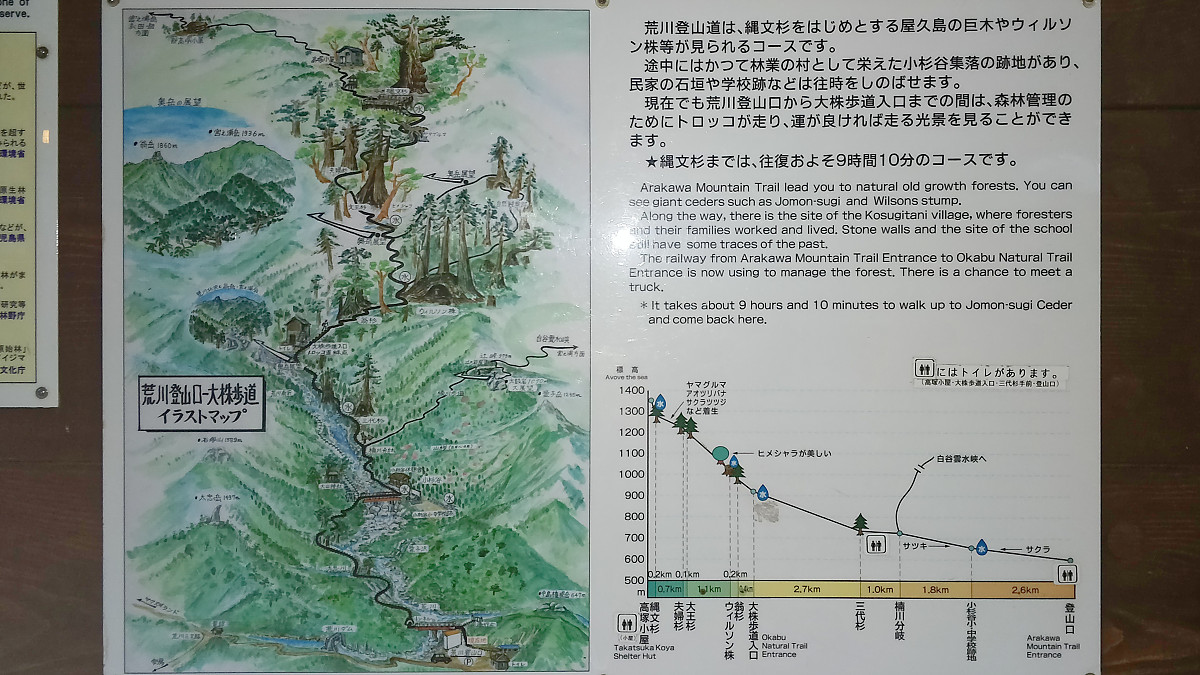
2. Shiratani Unsuikyo Ravine
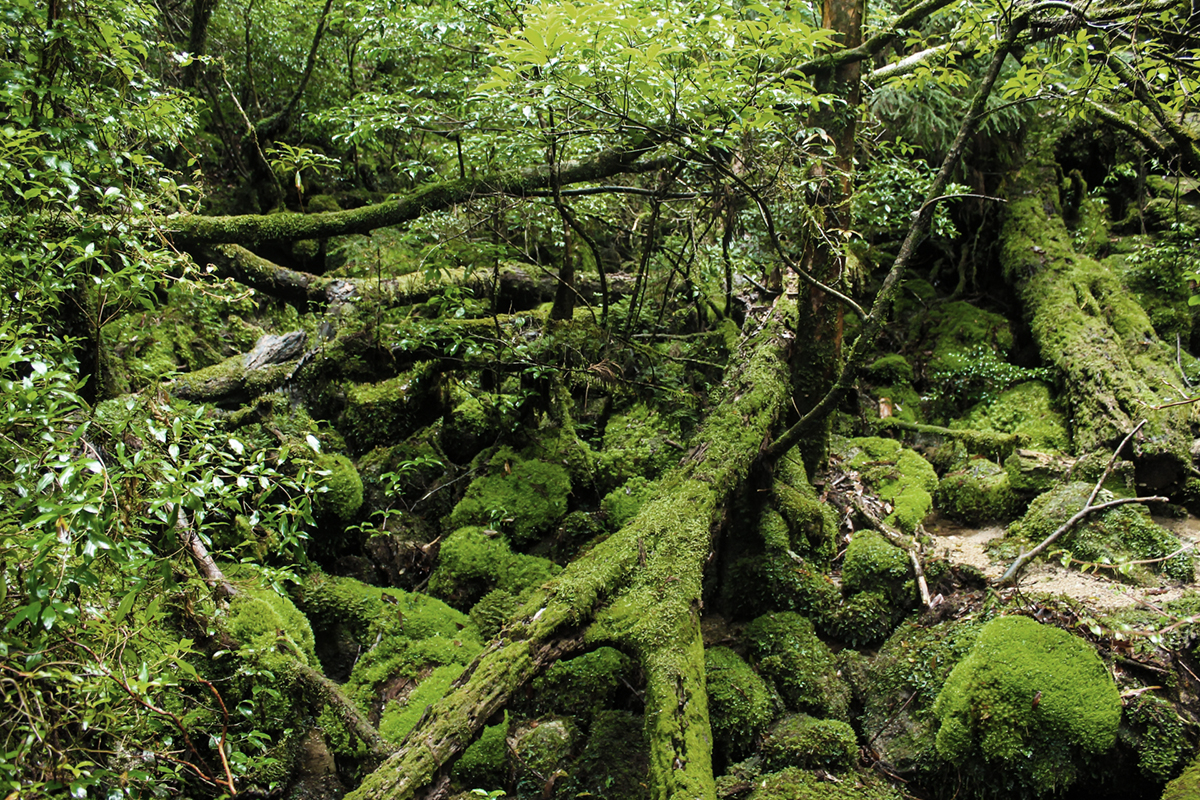
Shiratani Unsuikyo Ravine (白谷雲水峡) is the nearest trekking point from Miyanoura Port. If you come from Anbo you’ll have to change buses at Oharamachi (the earliest junction). Seven main cedar trees are split between these three courses. You may notice that the weather changes a lot. If you go back to the same place a few minutes later you may feel a completely different atmosphere, so each trip could be special.
There are only four buses in a day, a bit over two hours apart from each other, so make sure not to miss yours!
The first bus arrives at Shiratani Unsuikyo at 8h45 (departing at 8h15 from Oharamachi), and the last bus back to leave from there is at 16h10. Don’t miss it unless you really like walking!
In Shiratani Unishuikyo Ravine, there are three main courses, ranging from 2km/1h to 5.6km/4h, but you can combine paths to follow all three if you want! It would amount to about 8km/6h.
As I mentioned earlier, Shiratani Unsuikyo Ravine was a model forest in the movie Princess Mononoke.This nature park is quoted in the Studio Ghibli diary to have been used as a scouting location for Princess Mononoke on May 15th of 1995, so if you want to see the park in the same season as it’s rendered in the movie, go in May! Before visiting, don’t forget to check or recheck the movie!
Open Everyday.
Bus stop 29 (Shiratani Unsuikyo)
¥500 ($3.31), with a ¥200 ($1.33) discount if you have a Yakusugi Land admission ticket
The Shiratani Unsuikyo Ravine official flyer
The pictures below were taken from a custom path combining the Yayoisugi Cedar Course and the Bugyosugi Cedar Course.
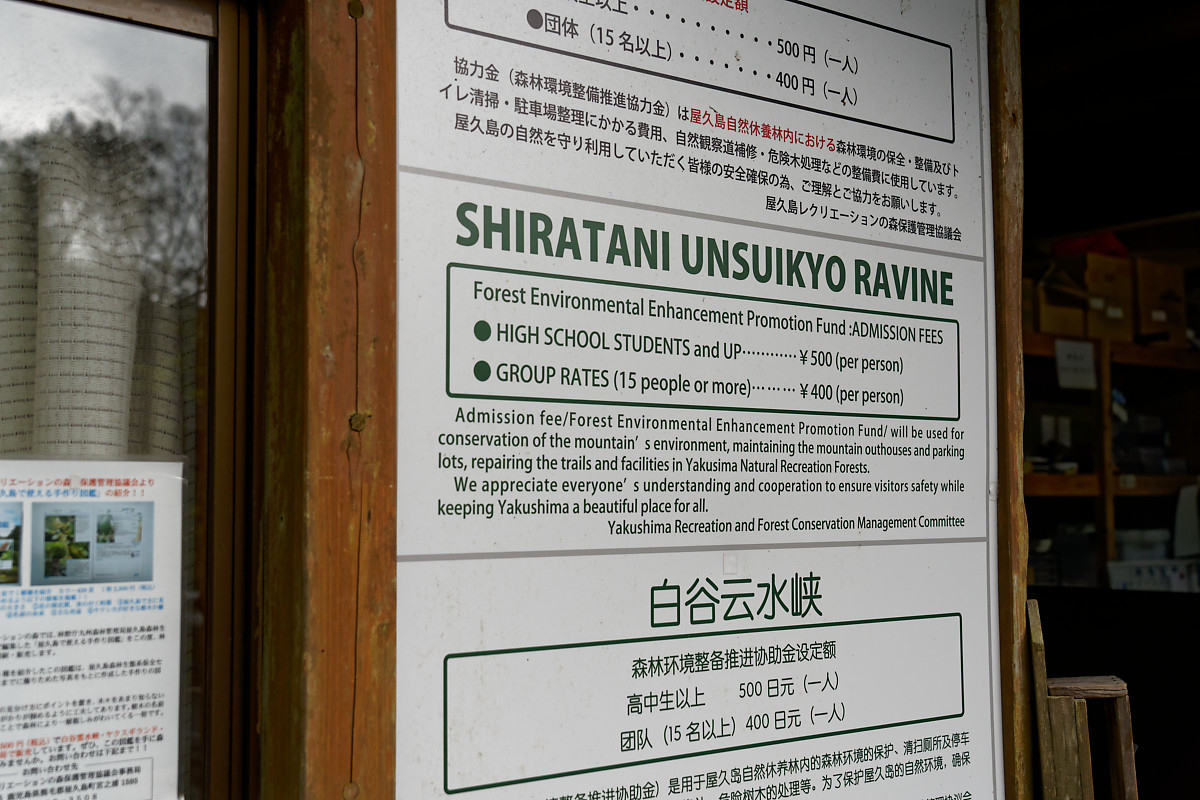
3. Yakusugi Land
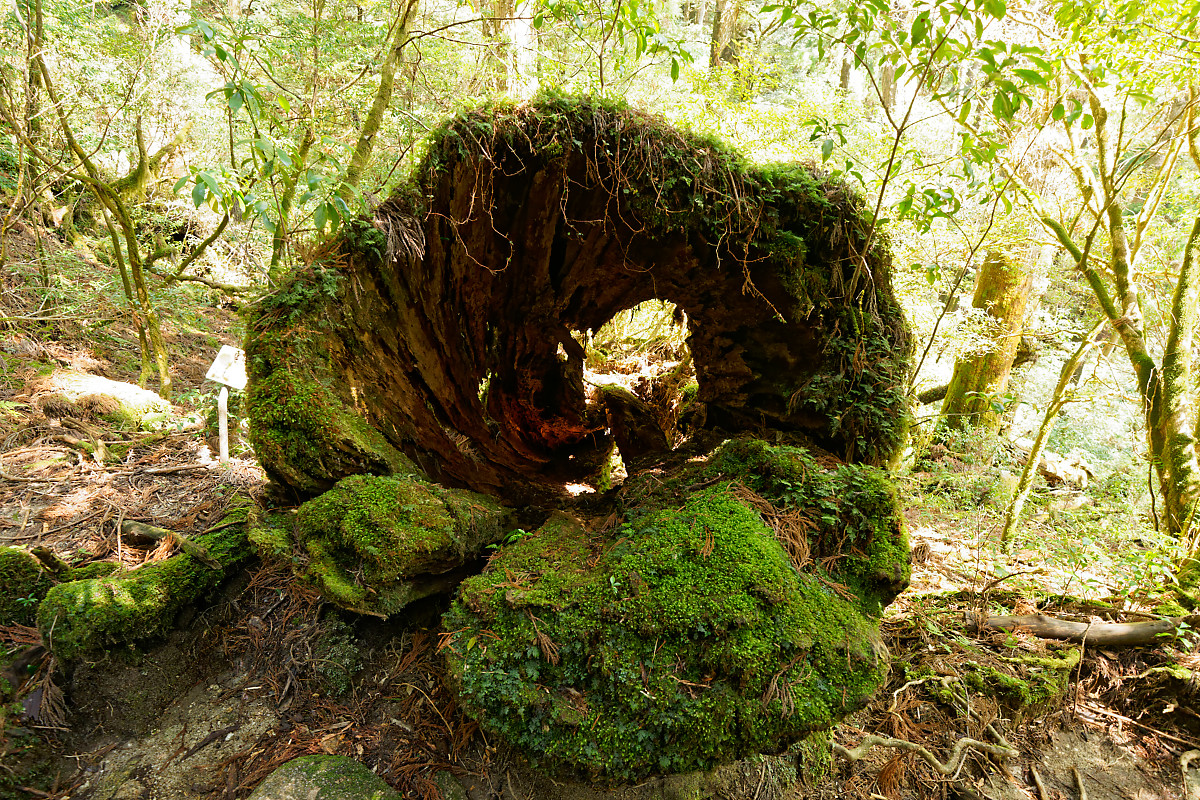
Closer to Anbo is Yakusugi Land.
Located a bit more to the south, this area of the forest has five different courses from 0.8km/30 minutes to 4.4km/210 minutes (the bigger one, an extension of the fourth one towards Mt Tachu, being open since 2018).
The two shorter courses being on well-maintained paths, they can be enjoyed by anyone.
Open Everyday.
Bus stop 71 (Yakusugi Cedar Land)
¥500 ($3.31), with a ¥200 ($1.33) discount if you have a Shiratani Unsuikyo Ravine admission ticket
We couldn’t find a PDF online, so here’s a photo of the brochure we had (dated April, 2018).
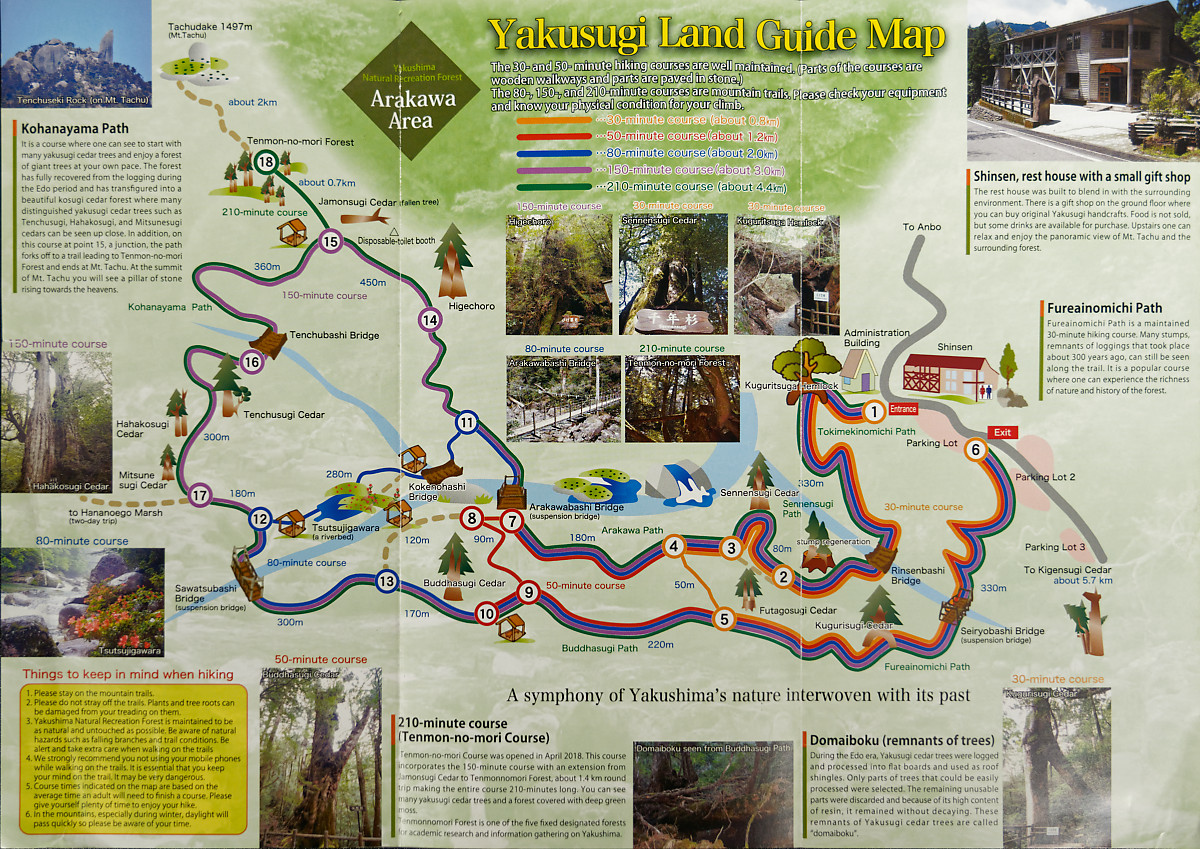
Guided Tours
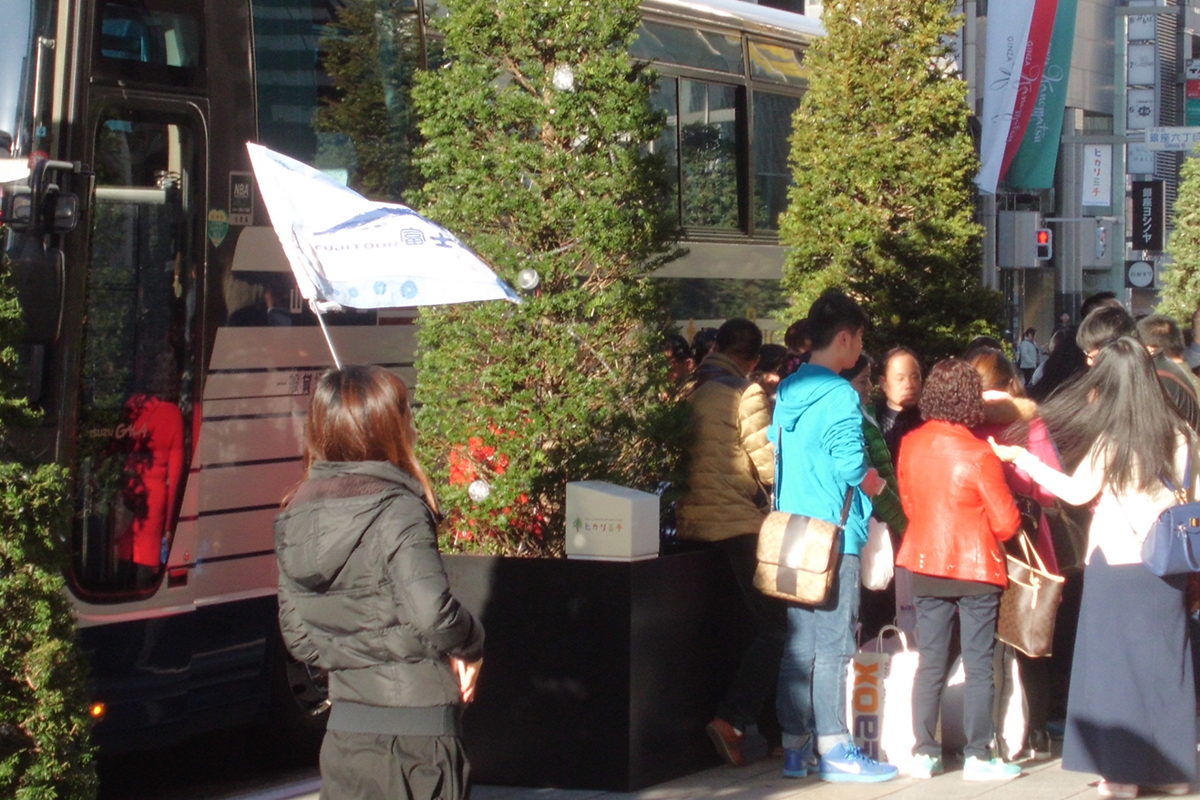
If you don’t want to do everything on your own, especially if you don’t speak Japanese, there are a number of guided tours in Yakushima. While we didn’t use their services, and therefore cannot recommend any in particular, here are a few of them and their specialties:
- YES! Yakushima: Accommodations, Hikes, Camping, Water Activities, Turtle Viewing (Japanese, English, French, Chinese)
- Yakushima Geographic Tour: Hikes, Camping, Water Activities (Japanese, English, French)
- Yakushima Life: Specialized in Hikes (Japanese, English)
- Yakushima Experience: Hikes, Sightseeing, Cycling, Camping (Japanese, English)
Things You Need to Know Before Hiking in Yakushima
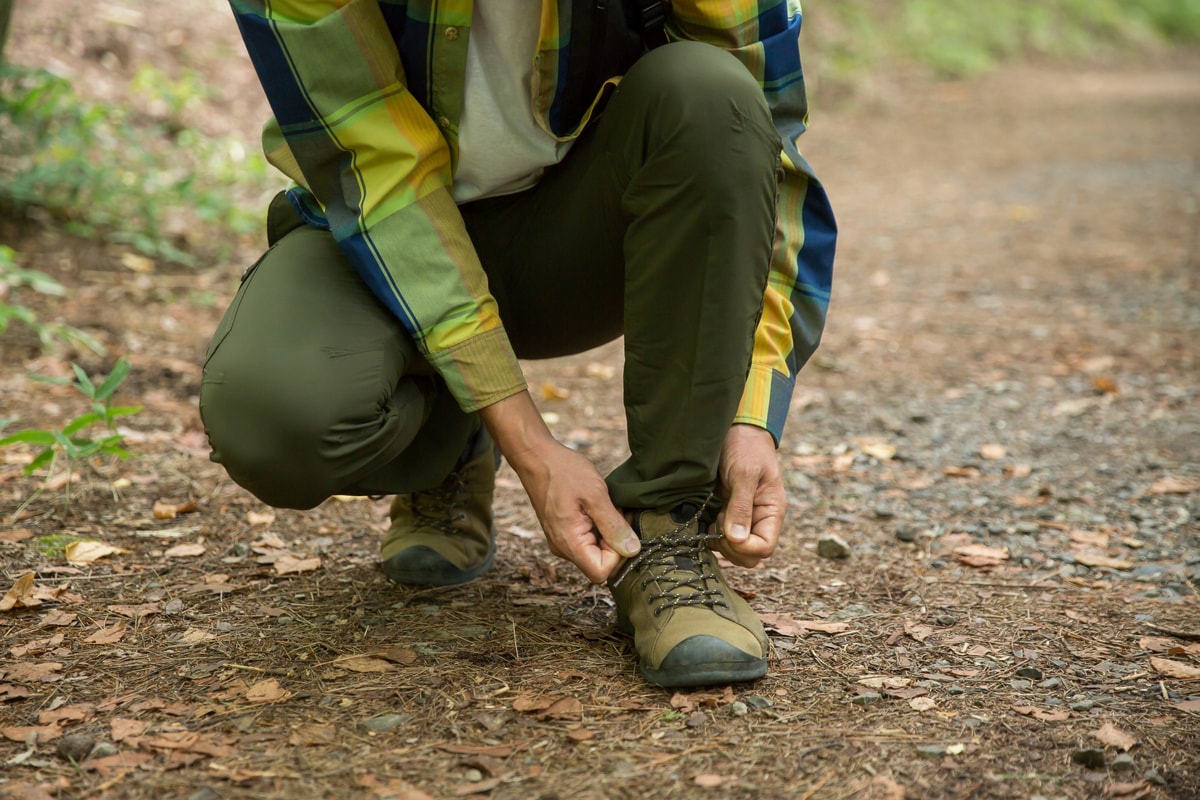
Depending on the difficulty of the course, the terrain of hiking won’t always be easy. So please make sure to have adequate mountain boots. The ground can be slippery and you can sprain your ankles very easily due to the uneven terrain in deeper areas where tree roots dictate where you can walk.
For many activities mentioned hereafter, it would be a good idea to keep a copy of the following files from the Yakushima Tourism Association:
- Yakushima Tourist Information Map (Yakushima Map(Eng))
- Yakushima Mountain Climbing Routes (Hiking Trails(Eng))
When applicable, other maps will be mentioned in their relevant section.
Other Things to Do in Yakushima
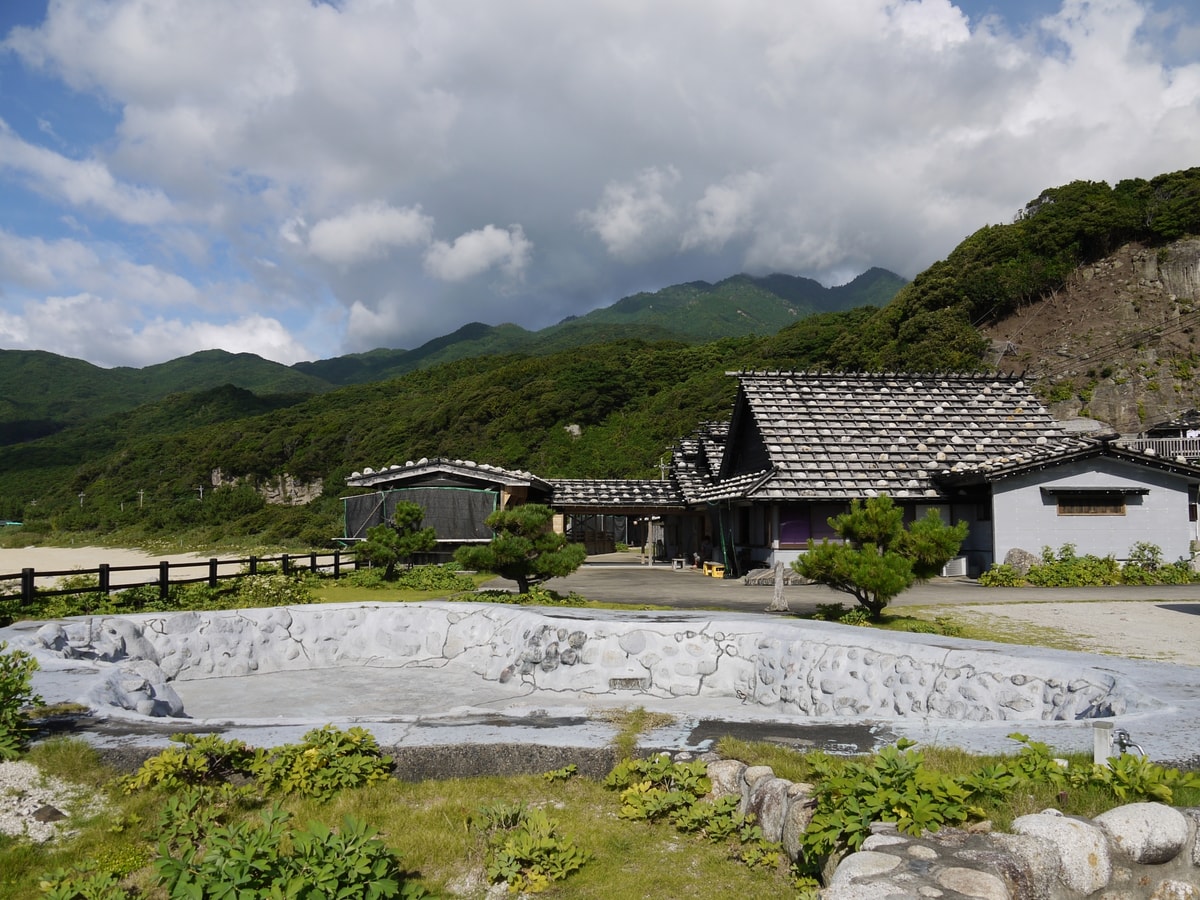
The weather can be hard to predict in Japan, especially on islands like Yakushima, which is why you may be confronted with a hard choice: going hiking in the rain for hours or staying indoors? I strongly recommend you hike even if just a little bit to discover Yakushima. However, you can also try indoor activities.
Suginoya

Just outside the airport, after the Tourist Information Center, is a shop Suginoya (杉の舎) where you can make your own chopsticks out of cedar wood from the island.
The shop owner only speaks Japanese so you’d better have practiced some of the basics!
09:00 – 17:00. Open Everyday.
Bus Stop 49 (Airport)
¥1,080 ($7.16) for adults.
The activity takes roughly 50 minutes.
Yakusugi Museum
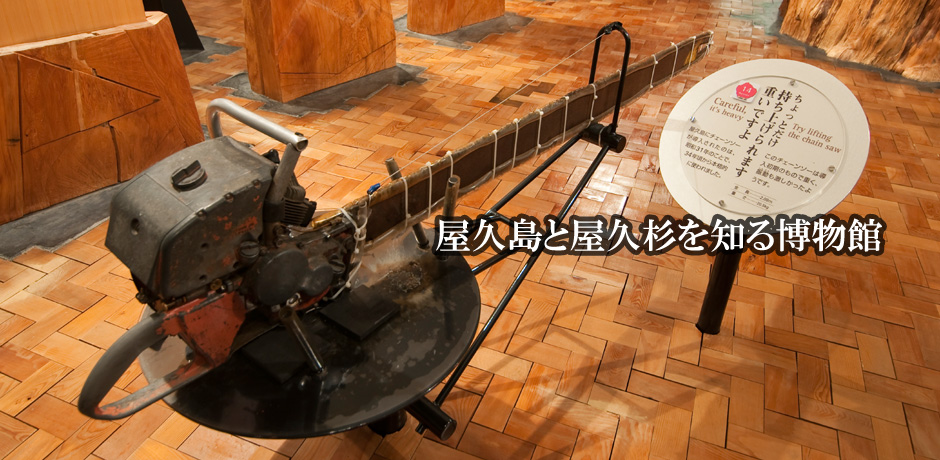
Near Anbo, you can find Yakusugi Museum (屋久杉自然館). There you can learn about the island, wood craftsmanship, the different kind of sugi trees in Japan, and more.
You can stop there on the way towards (or from) Yakusugi Land.
09:00 – 17:00. Open Everyday except the first Tuesday of every month.
Bus Stop 68 (Yakusugi Shizenkan – Museum)
¥600 ($3.98) for adults, ¥400 ($2.65) for students, ¥300 ($1.99) for children
The activity takes roughly 50 minutes.
The Yakusugi Museum official website (only in Japanese)
*A pamphlet in English is here.
Shochu Brewery

In Anbo, the local Shochu Brewery (本坊酒造) offers a tour in English with the possibility to taste their products. For those not familiar with shochu, it’s a distilled alcoholic drink from Japan, not too unlike Vodka, made wit either grains, or sweet potatoes.
09:00 – 16:30. Open Everyday.
Bus Stop 73 (Morihisa Jinja – Shrine)
Free of charge
The activity takes roughly 30 minutes.
The Shochu Brewery official website
You will Walk a Lot in Yakushima!
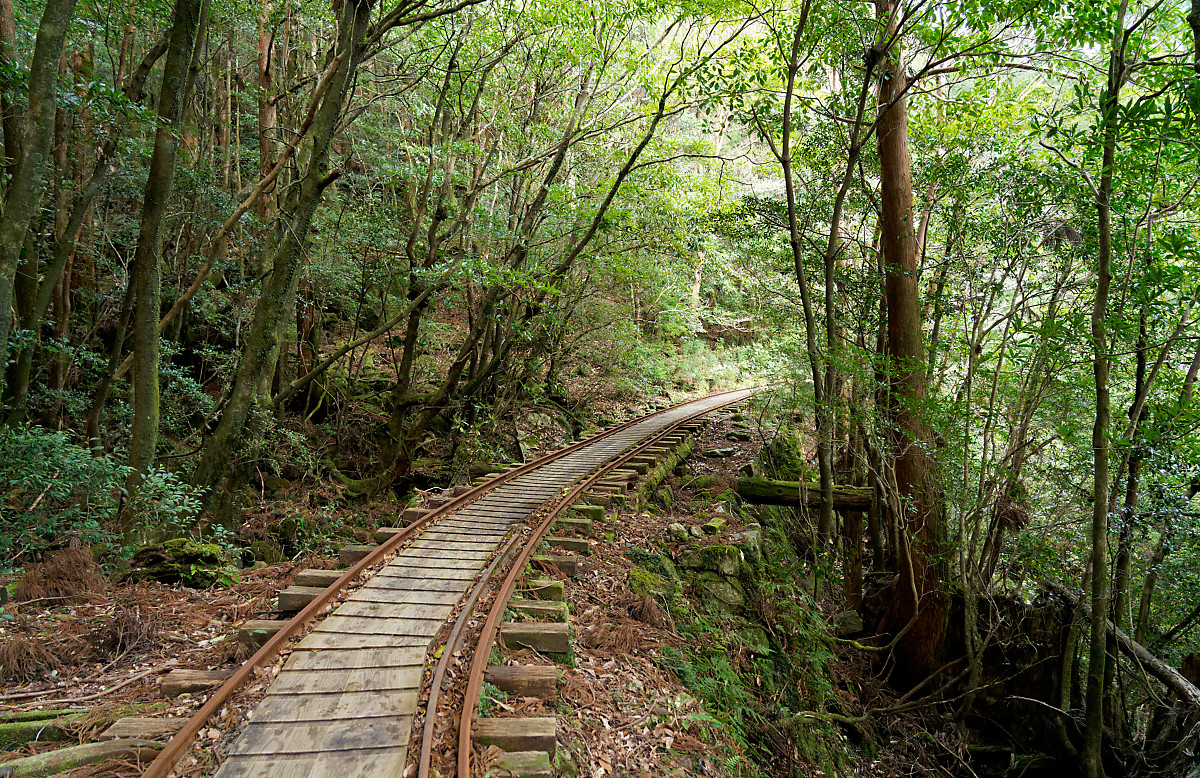
I’m repeating myself, but going to Yakushima means going to see Jomon-sugi and Shiratani Unshuikyo Ravine, therefore, you will walk a lot. If you like hiking in the great nature, I recommend you visit Yakushima. However, if you are not a fan of hiking, Yakushima isn’t for you. Are you coming with kids? If so, unless you’re planning on going far into the island, kids can enjoy the trails too.
To end, here are a few links that could be useful, in addition to those already provided:
- Yakushima Tourism Association
- Yakushima: A Visitor’s Guide
- Kagoshima Official Tourism Website: Yakushima
Finally, here are other articles that could interest you too!
Don’t hesitate to ask in the comments if you have questions, or suggestions to improve the article. Cheers!

